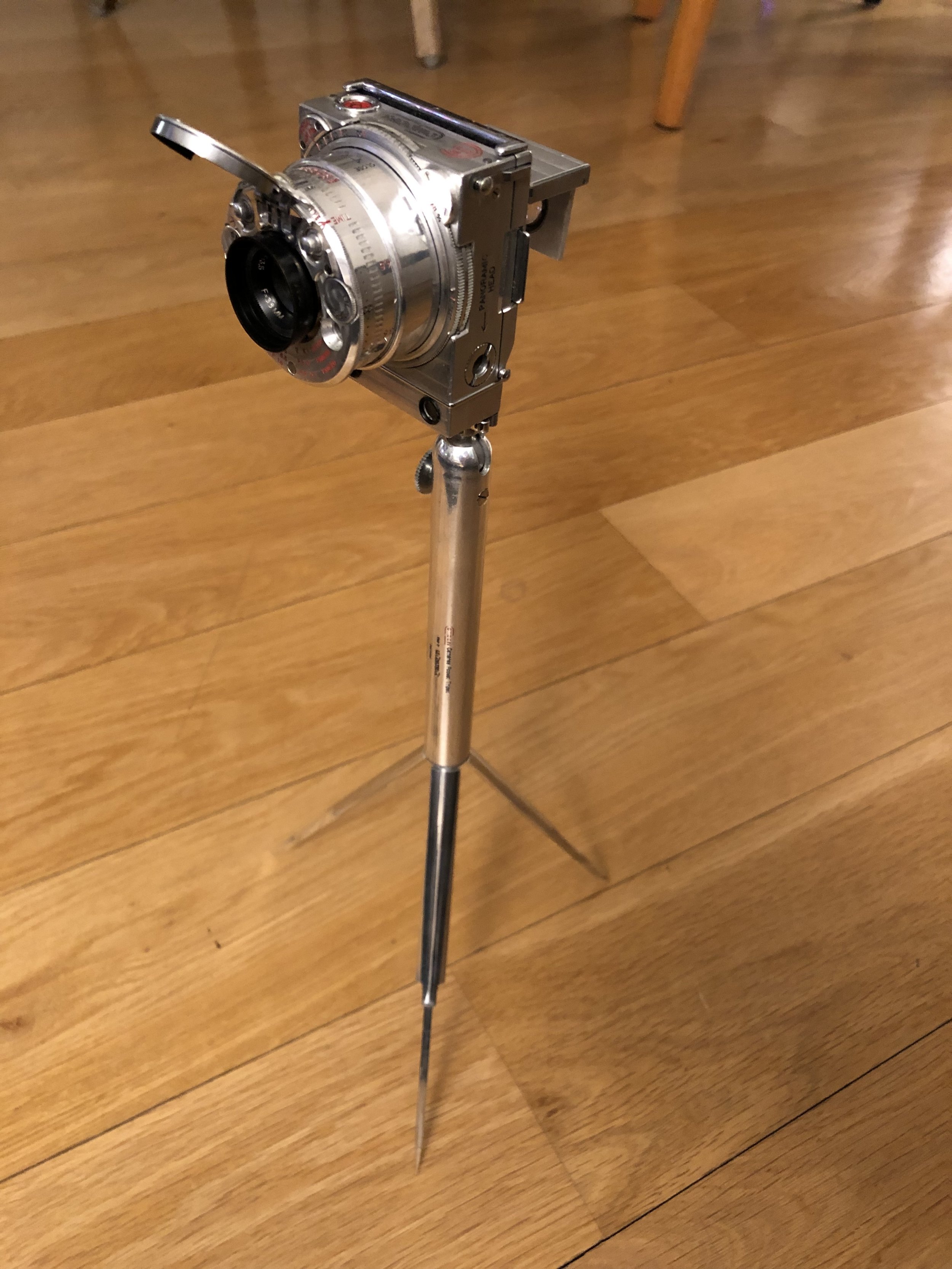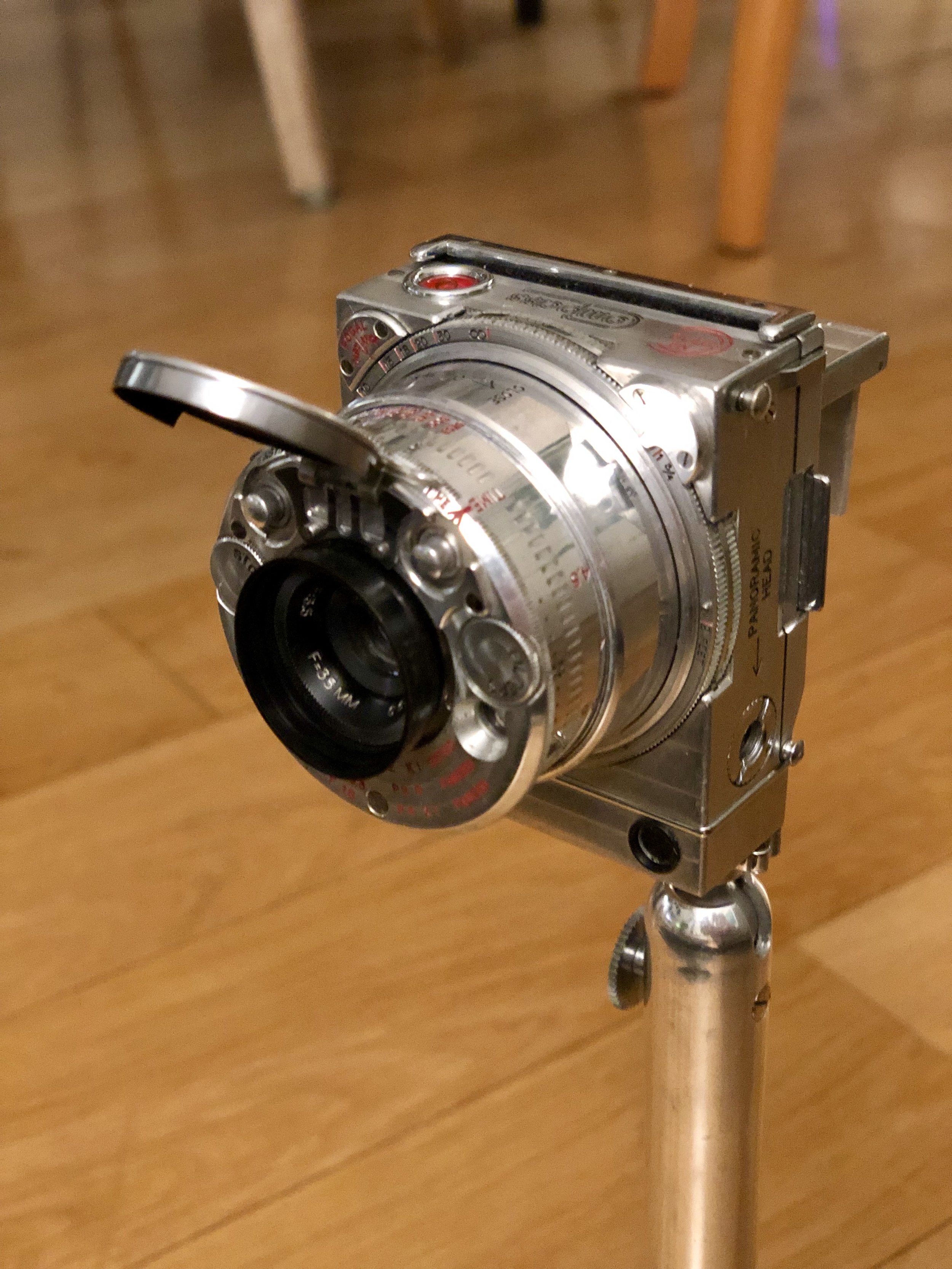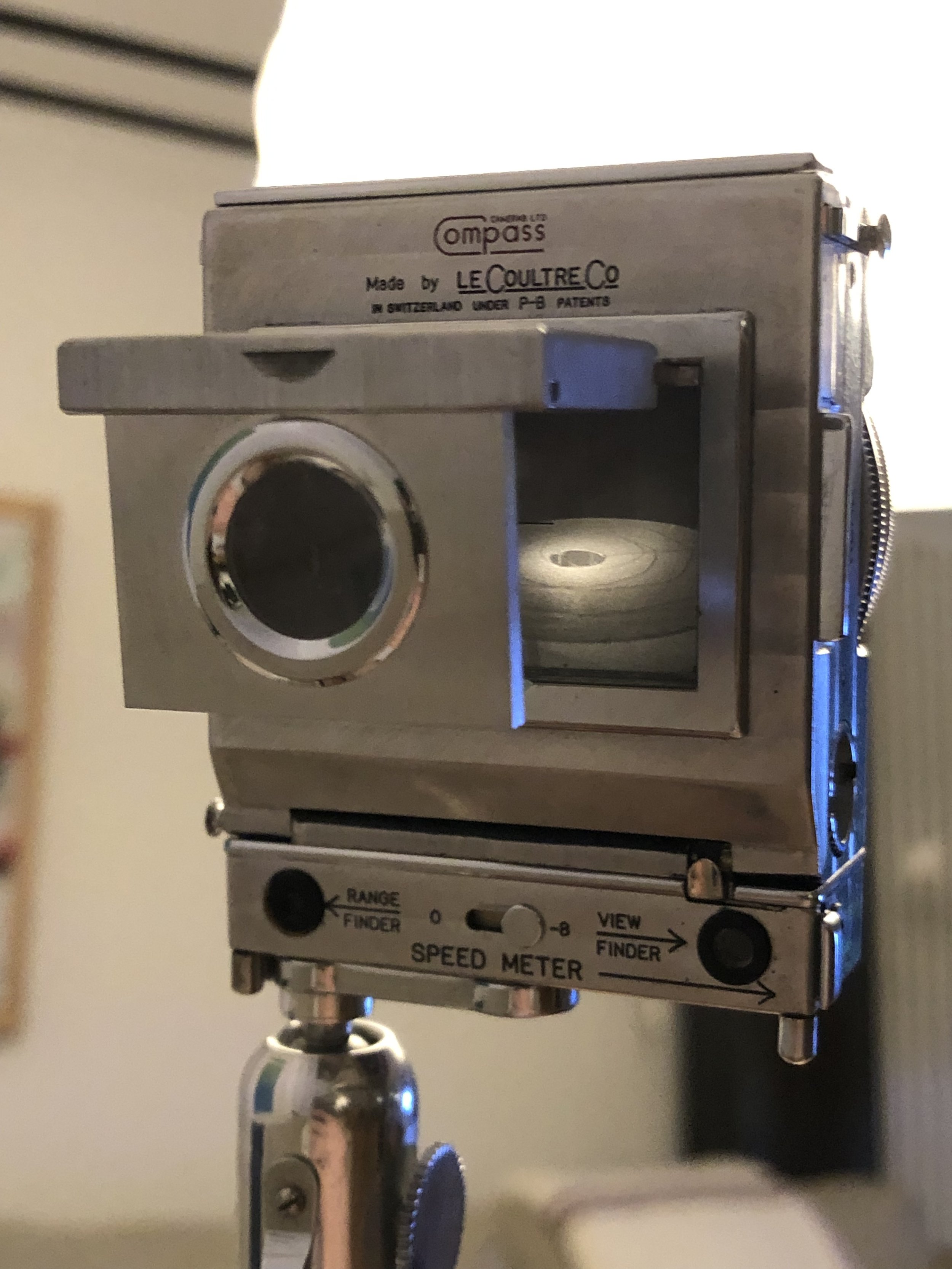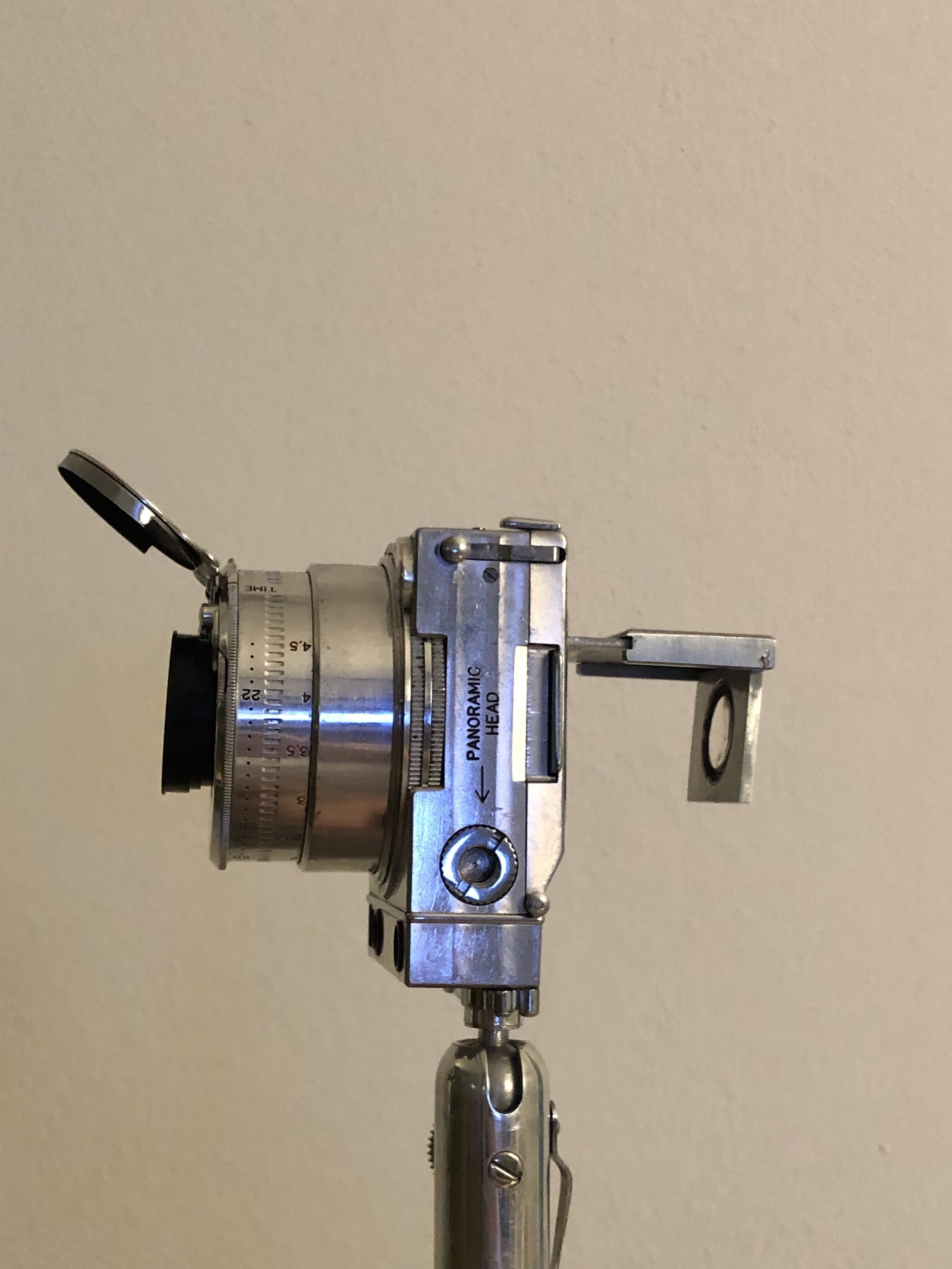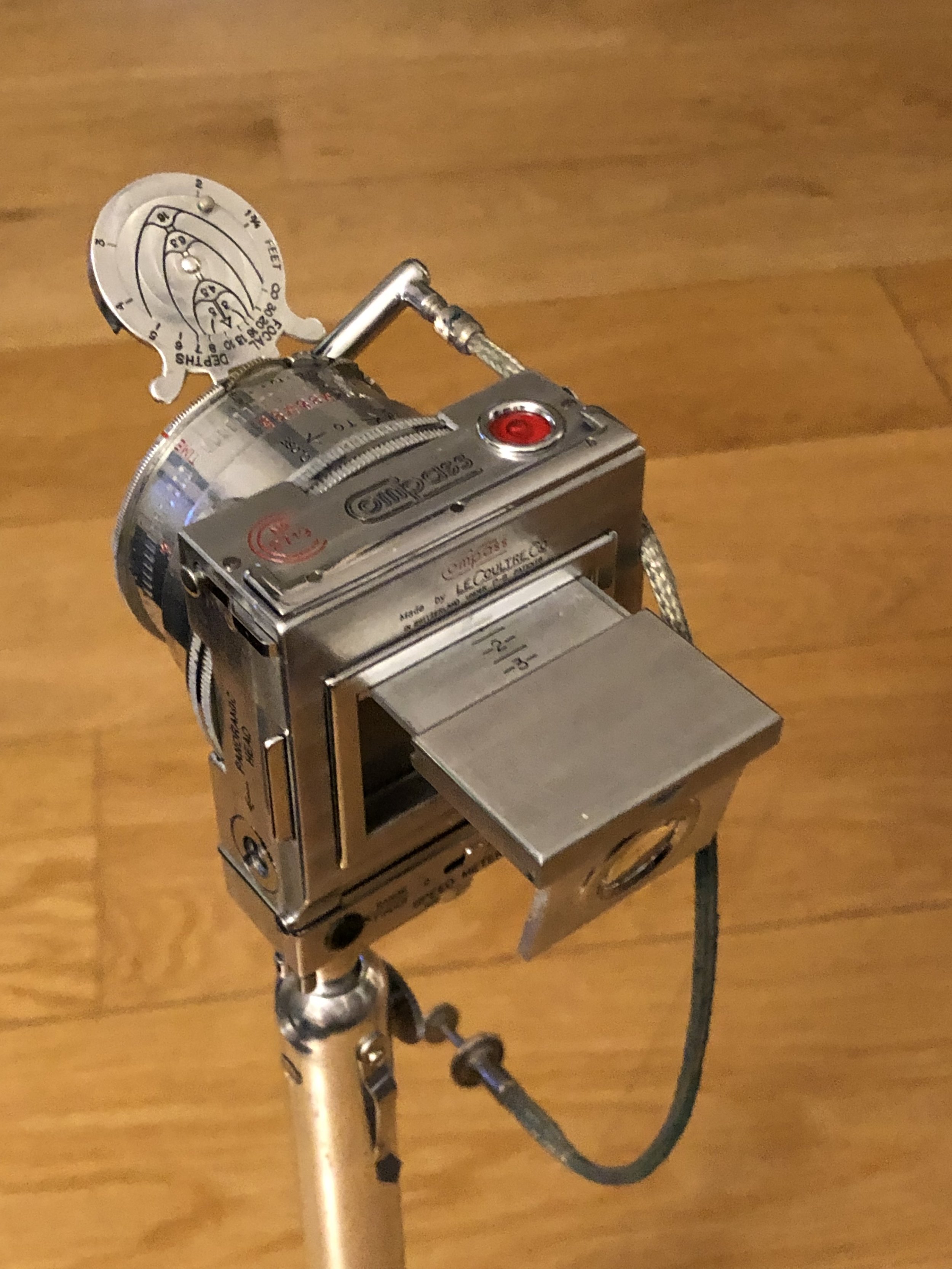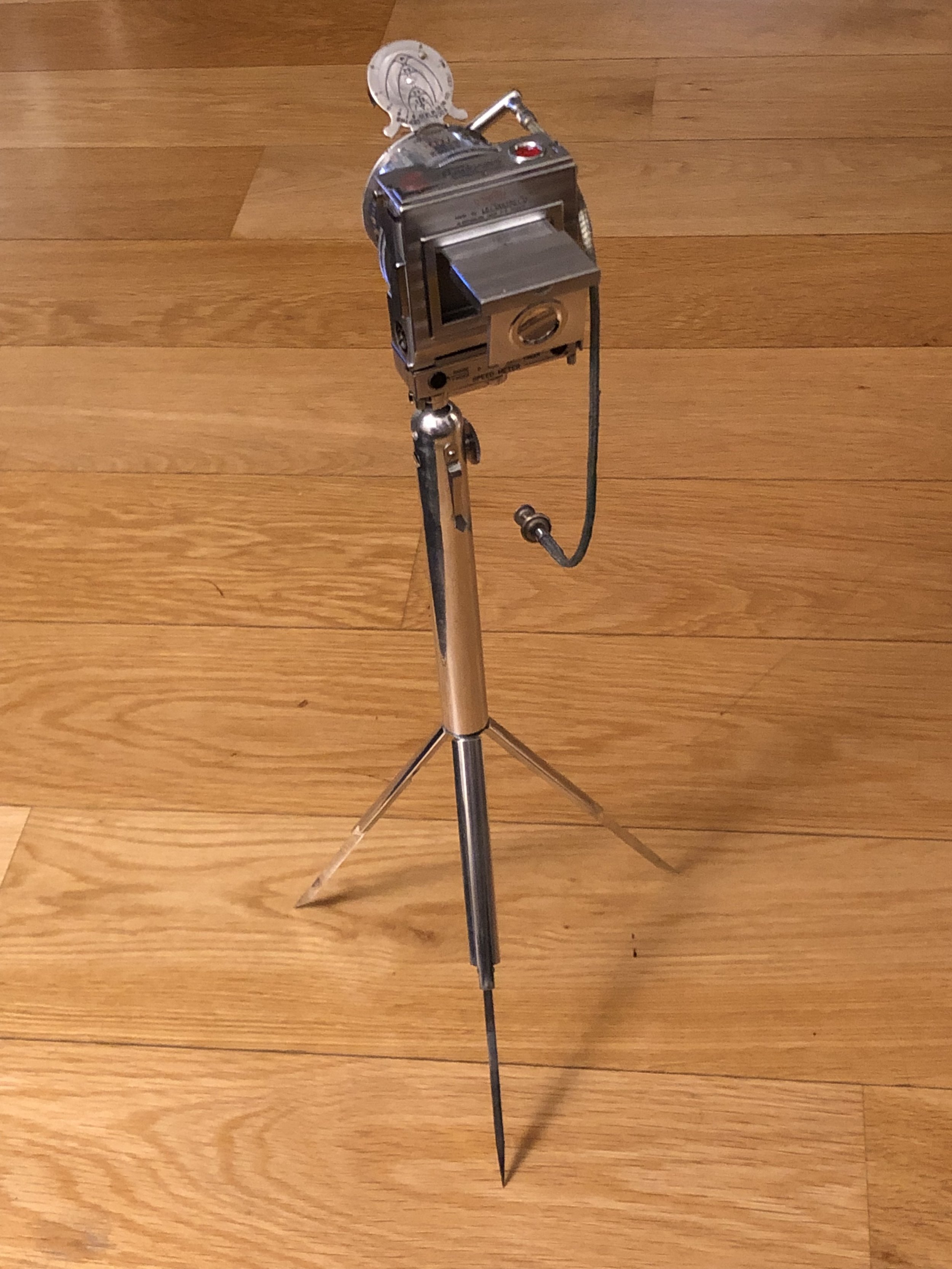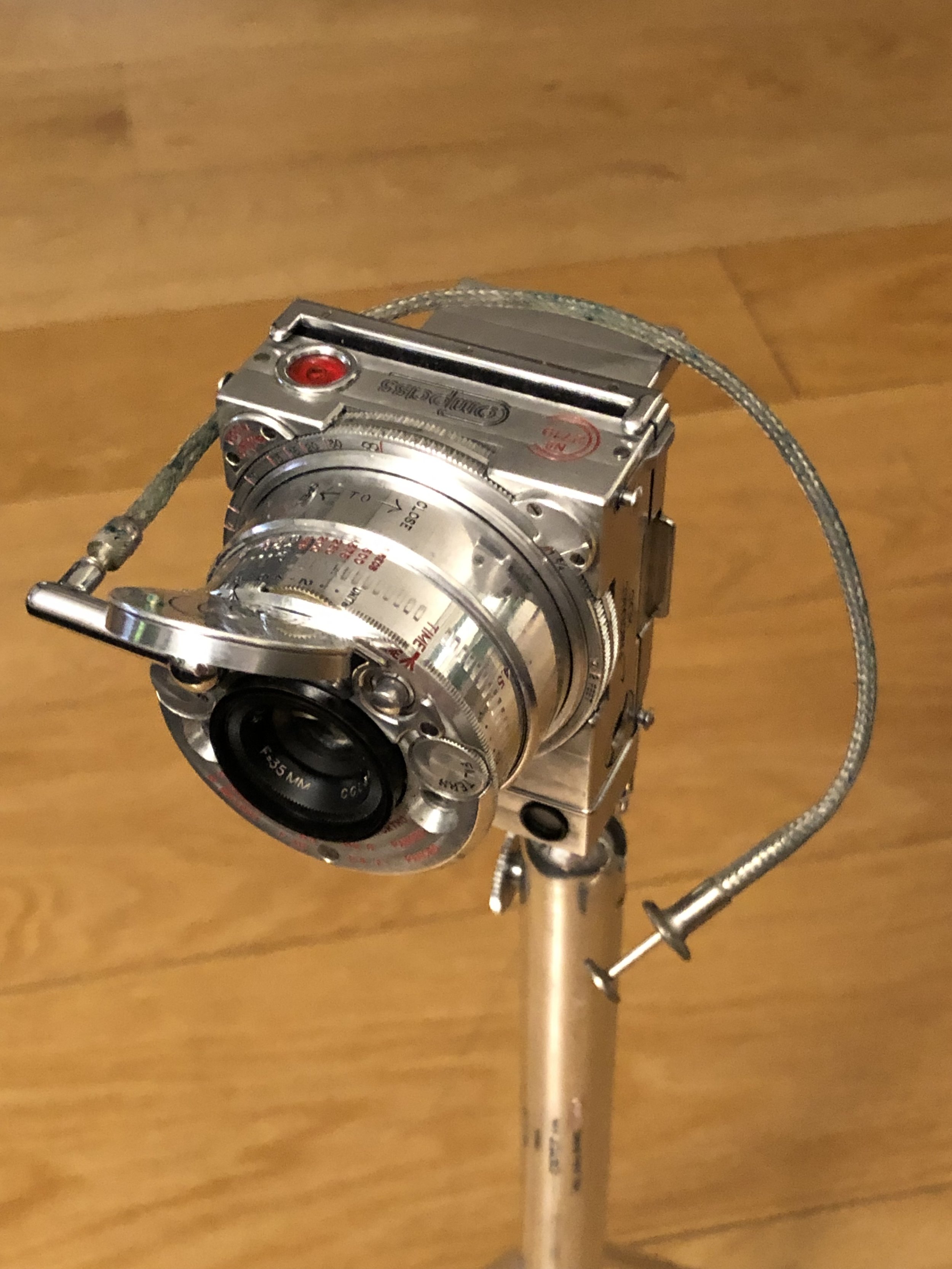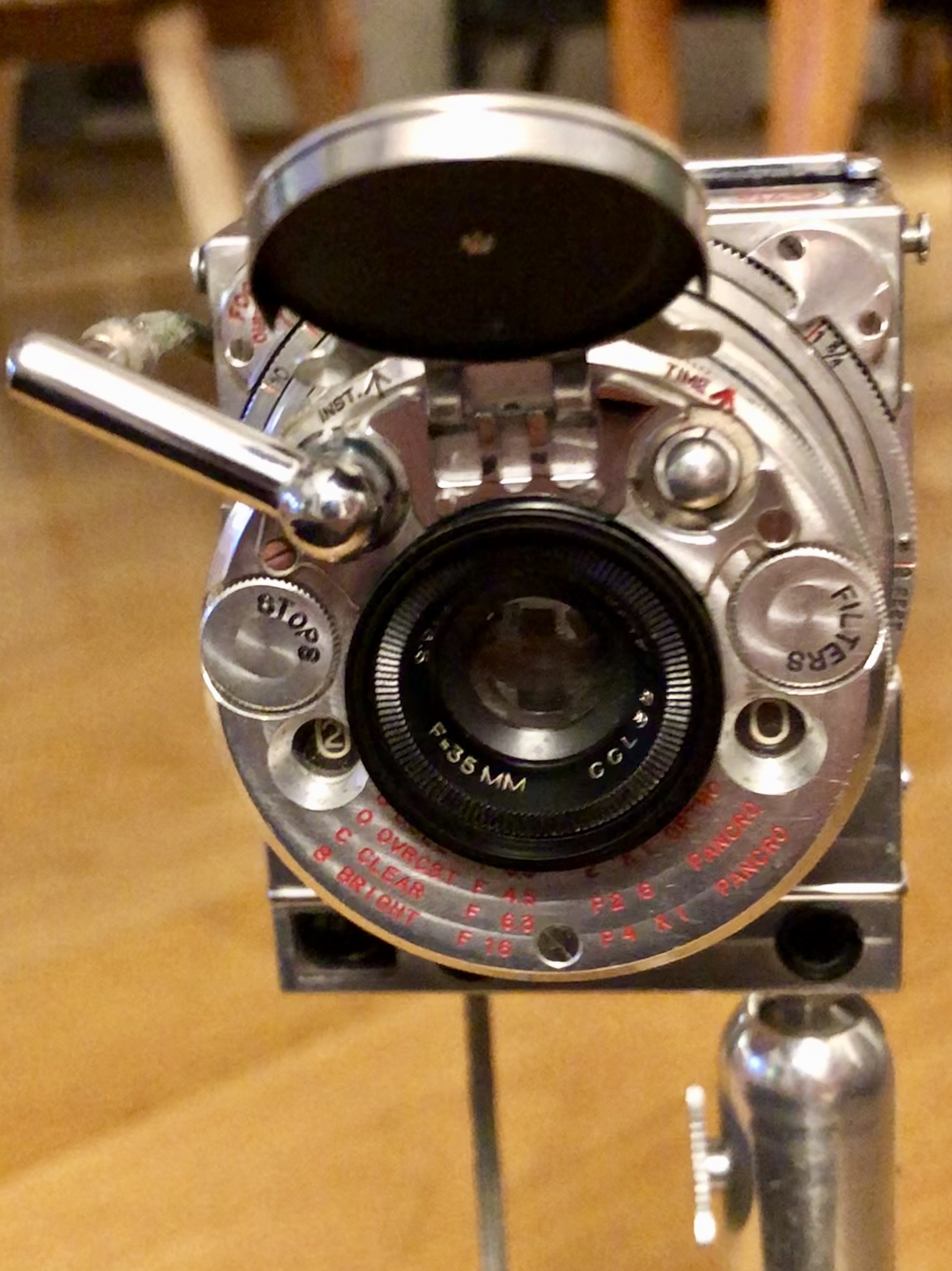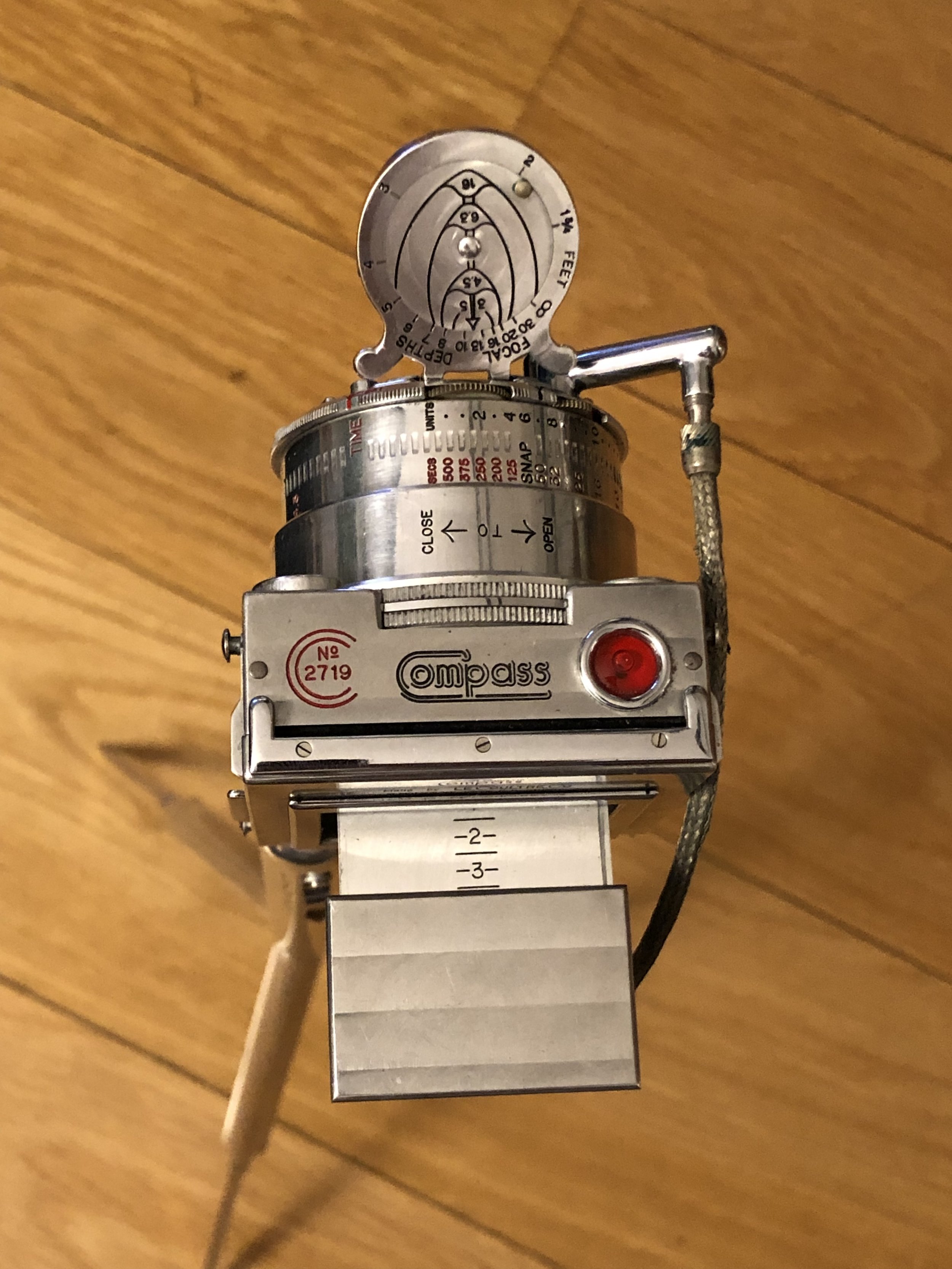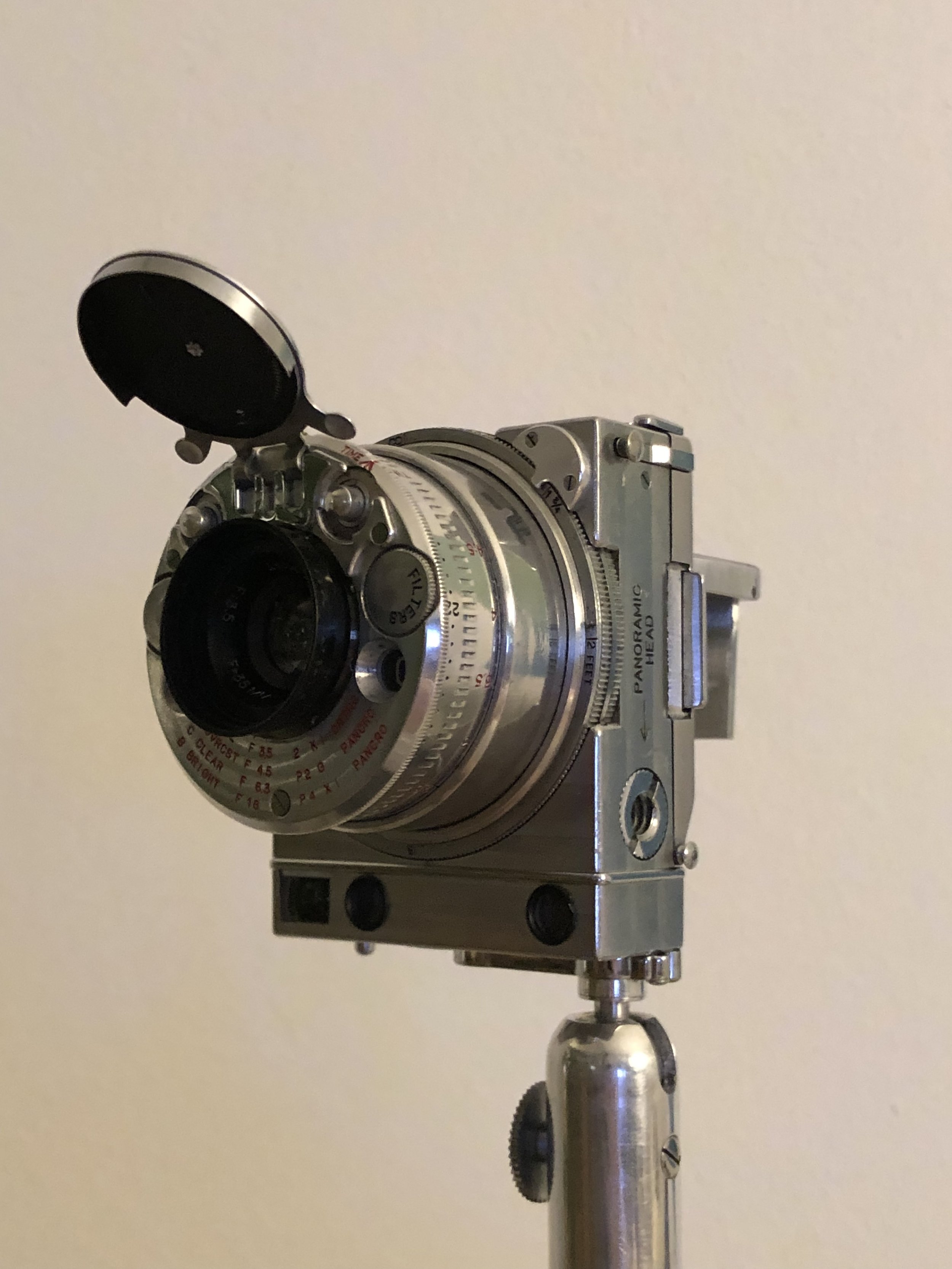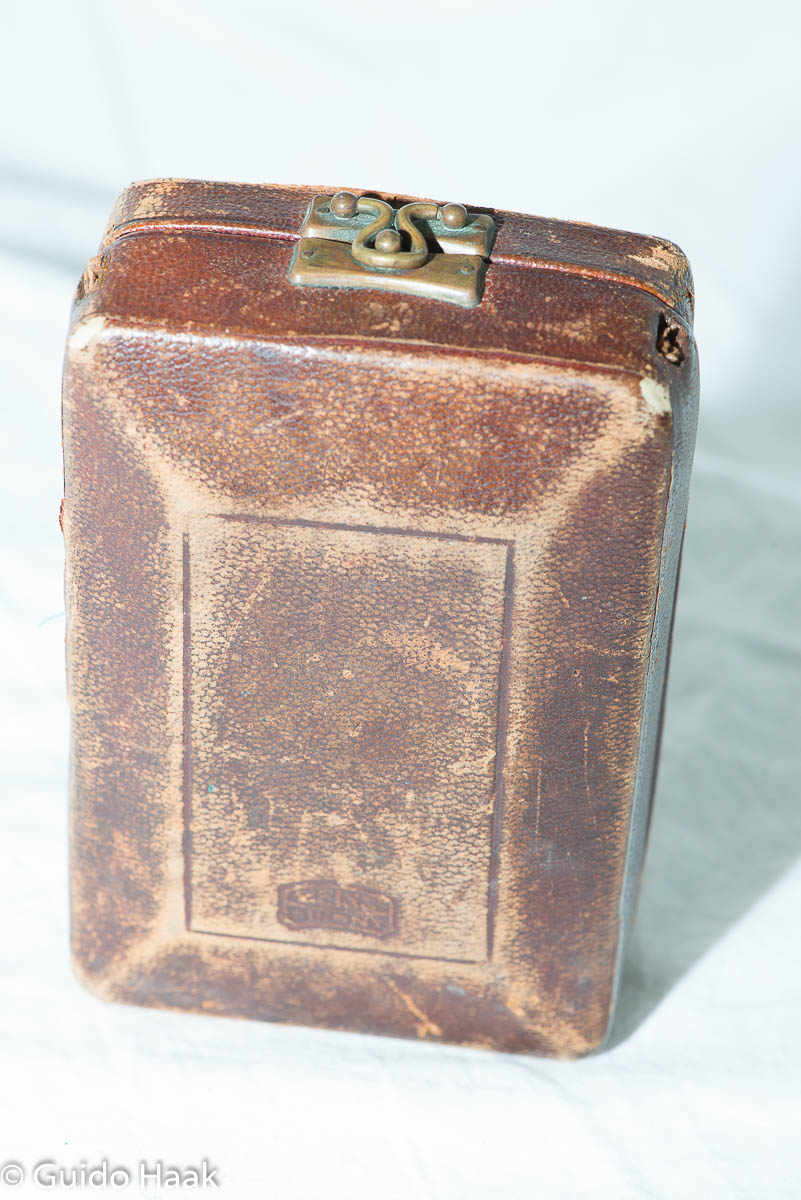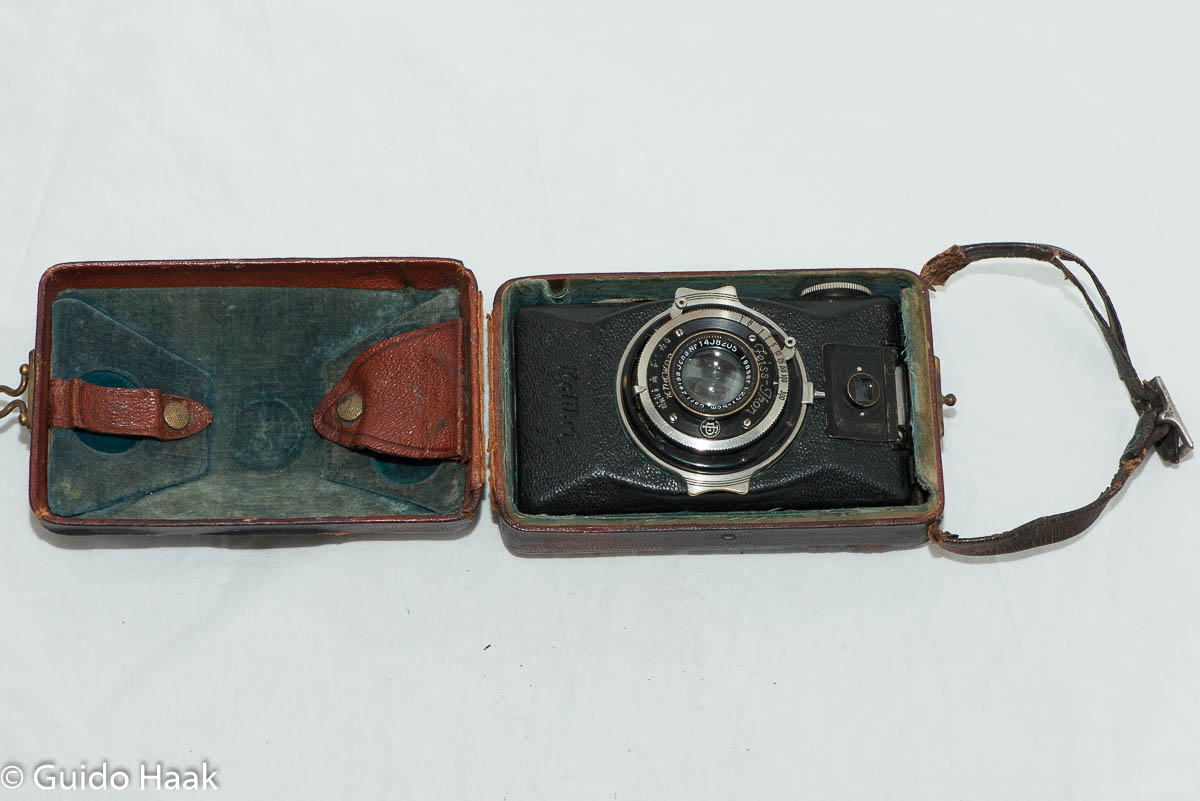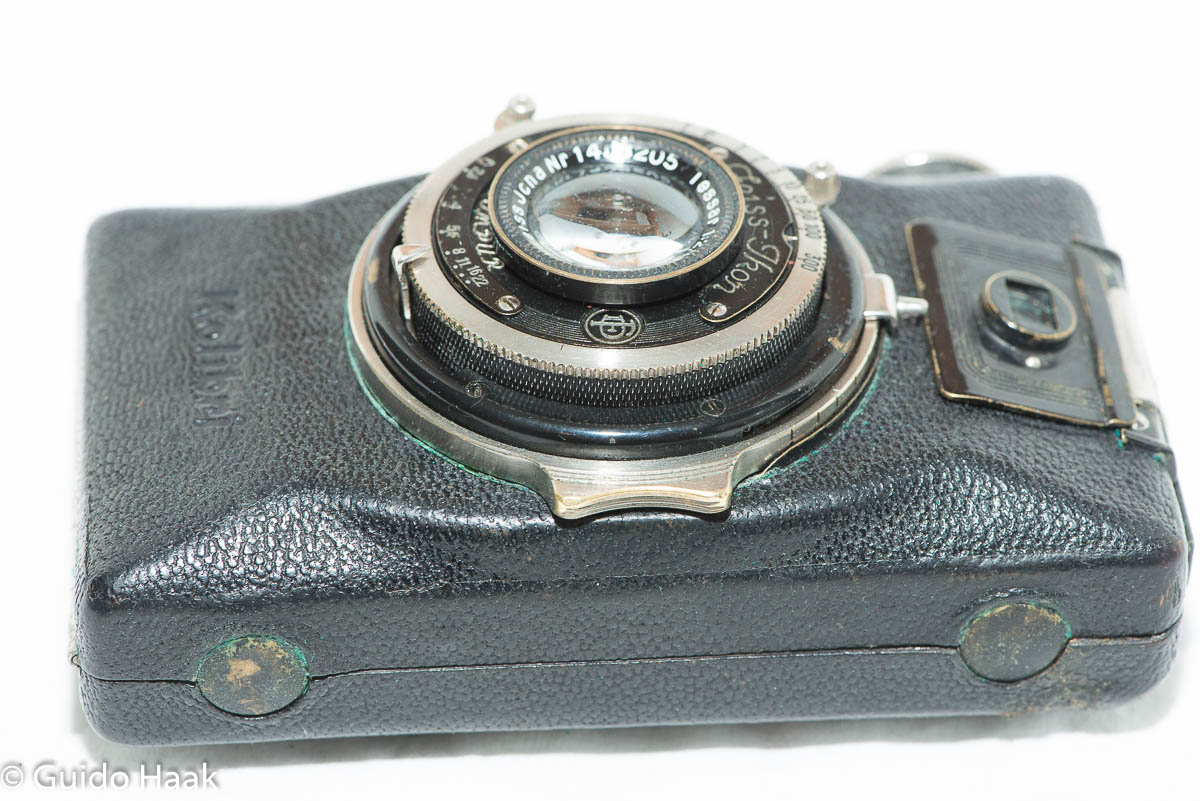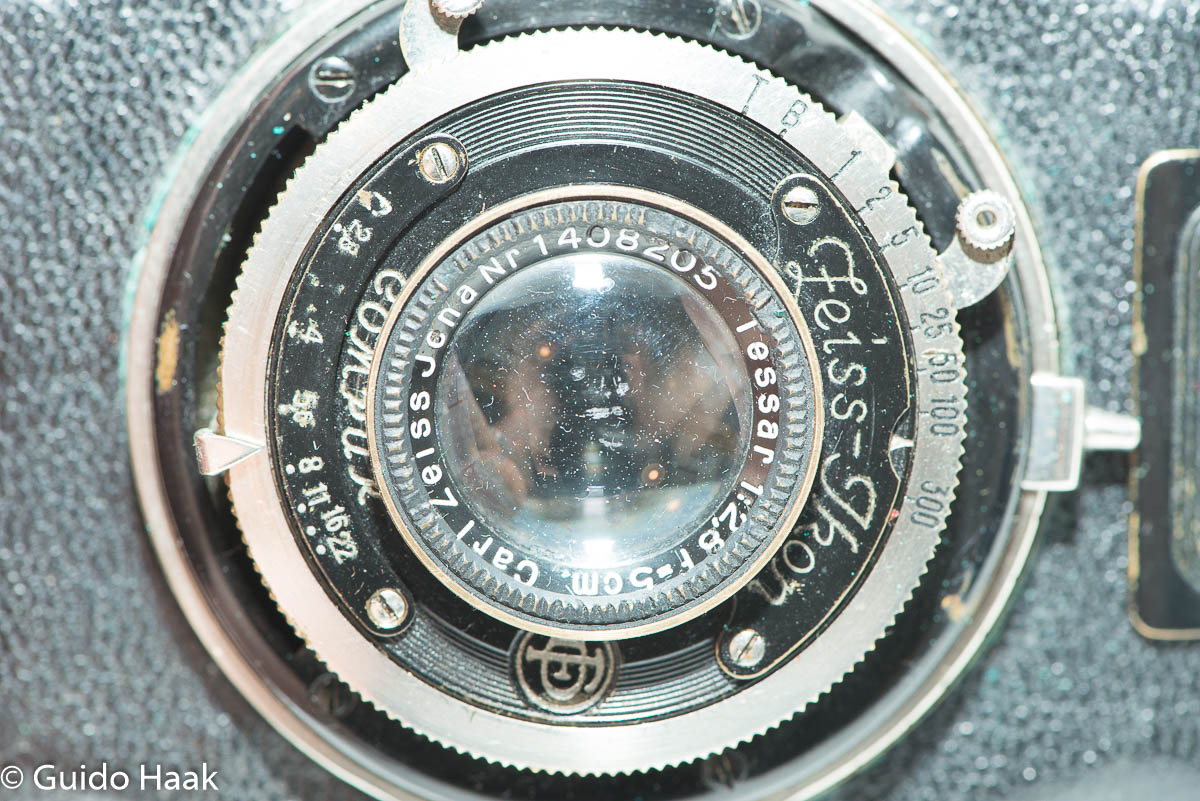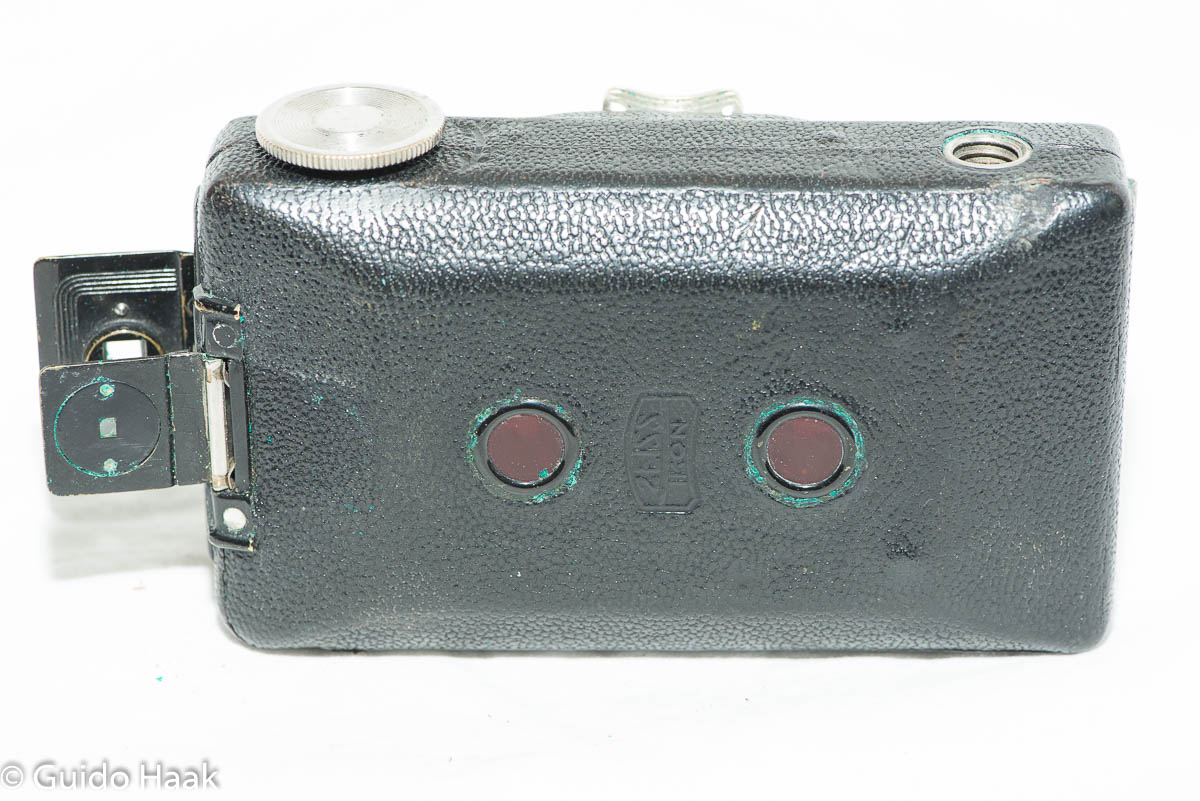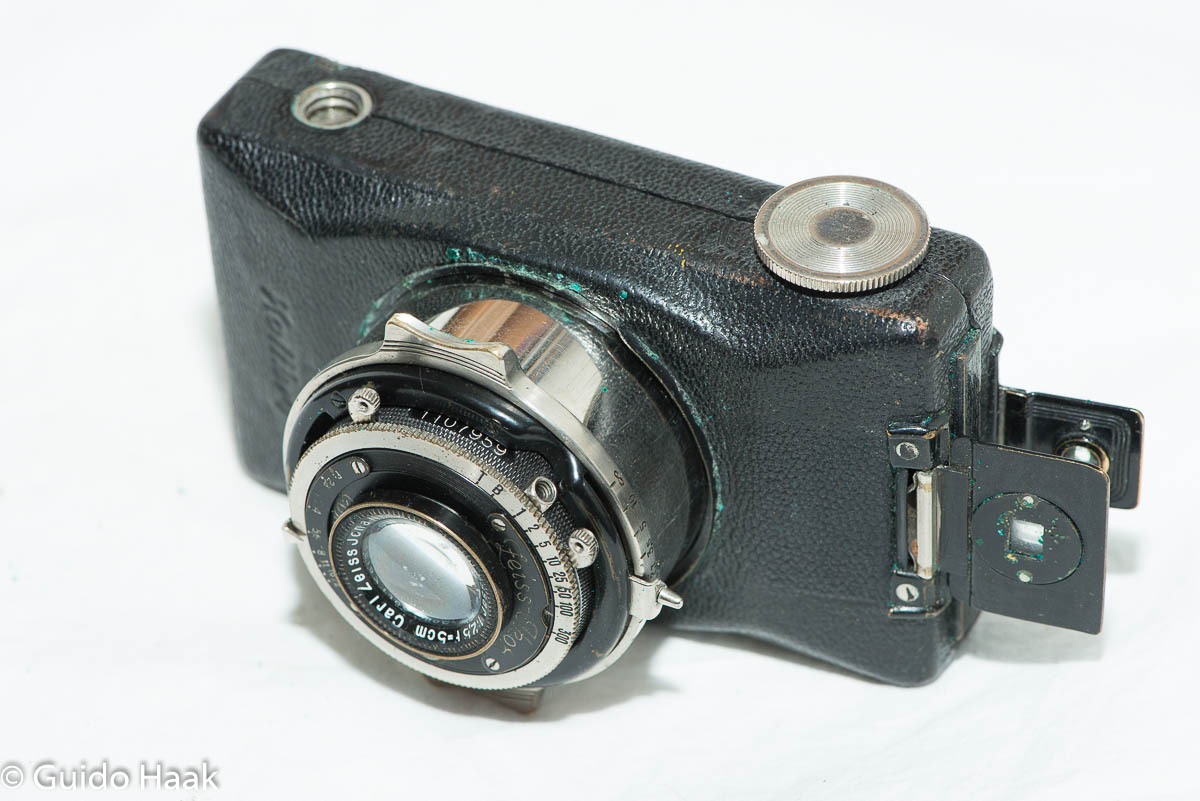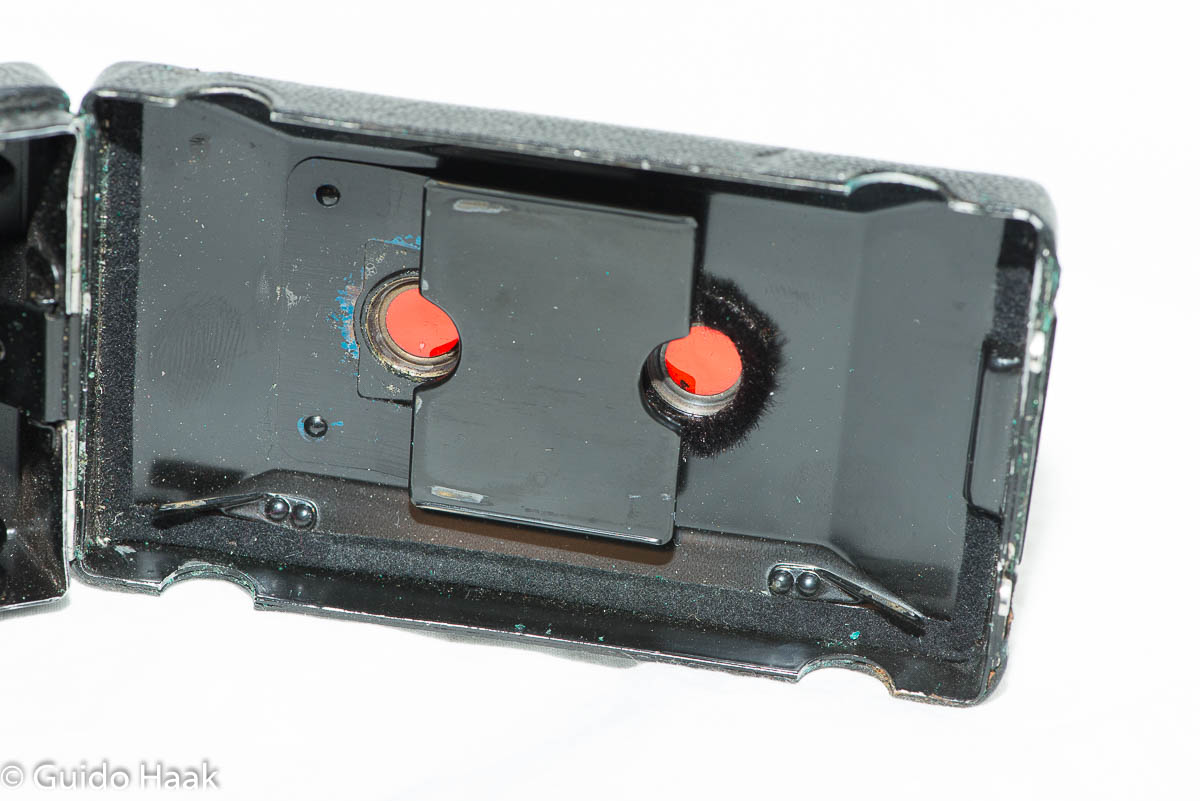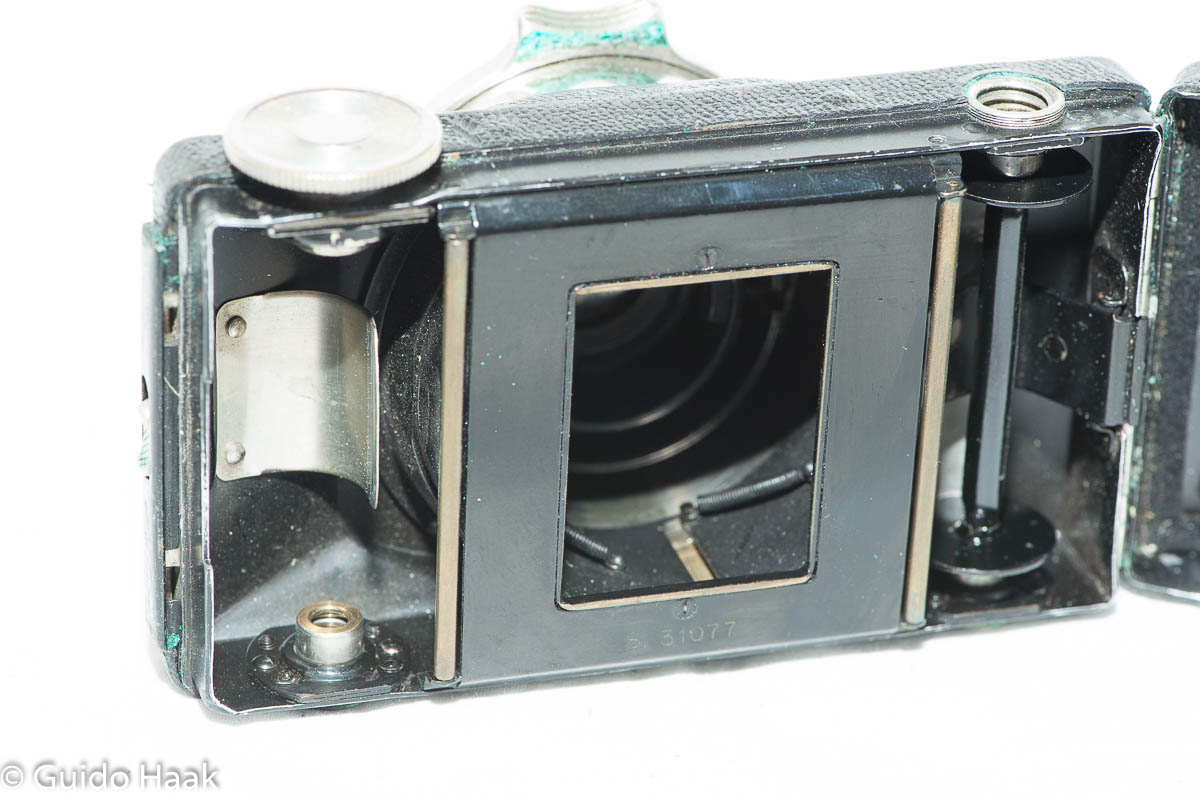Other classical cameras
Voigtländer Alpina 10x15, 1912
Voigtländer is the oldest camera company, starting mid of the 18th century with optical instruments.
The Alpina is the oldest camera in my collection, dating back to 1912-13. With its landscape format is was intended as a mobile camera for amateurs to shoot precisely what the format suggested: nature landscapes.
This one uses the bigger 10x15cm glass plates (or today sheet film adapters). Other versions used smaler 9x12 plates.
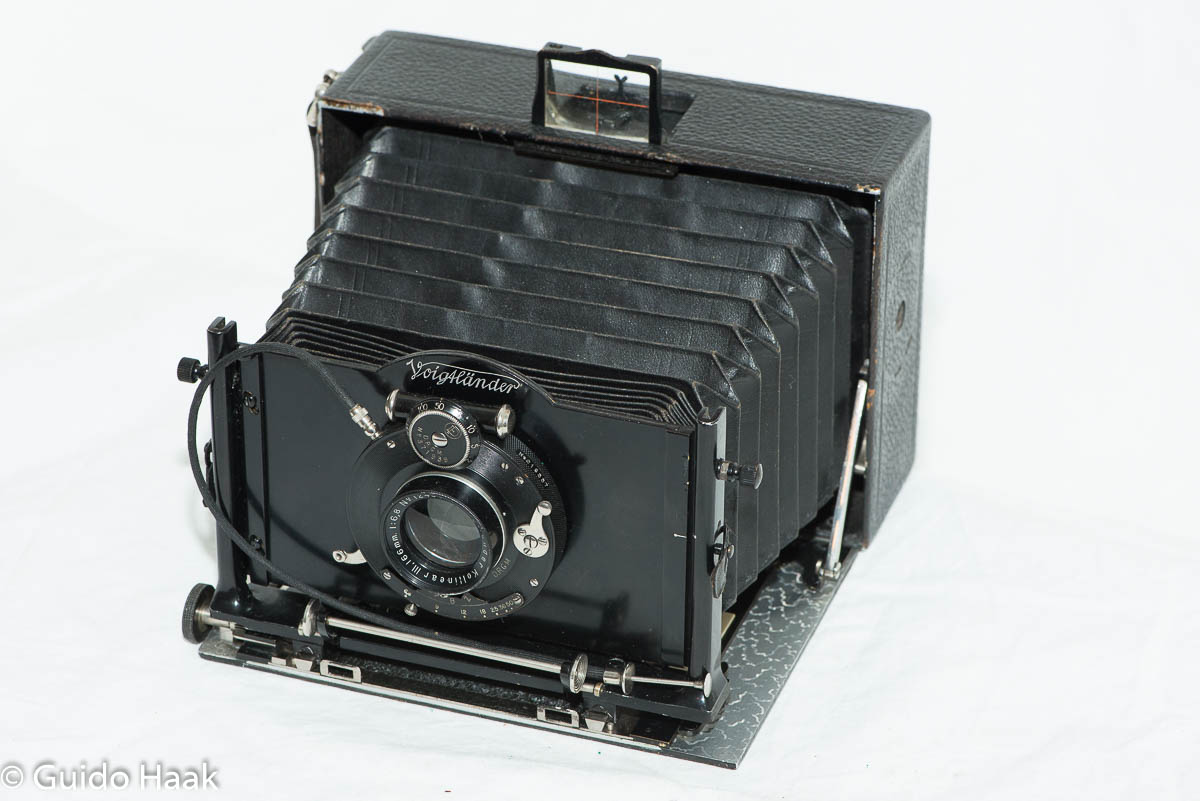
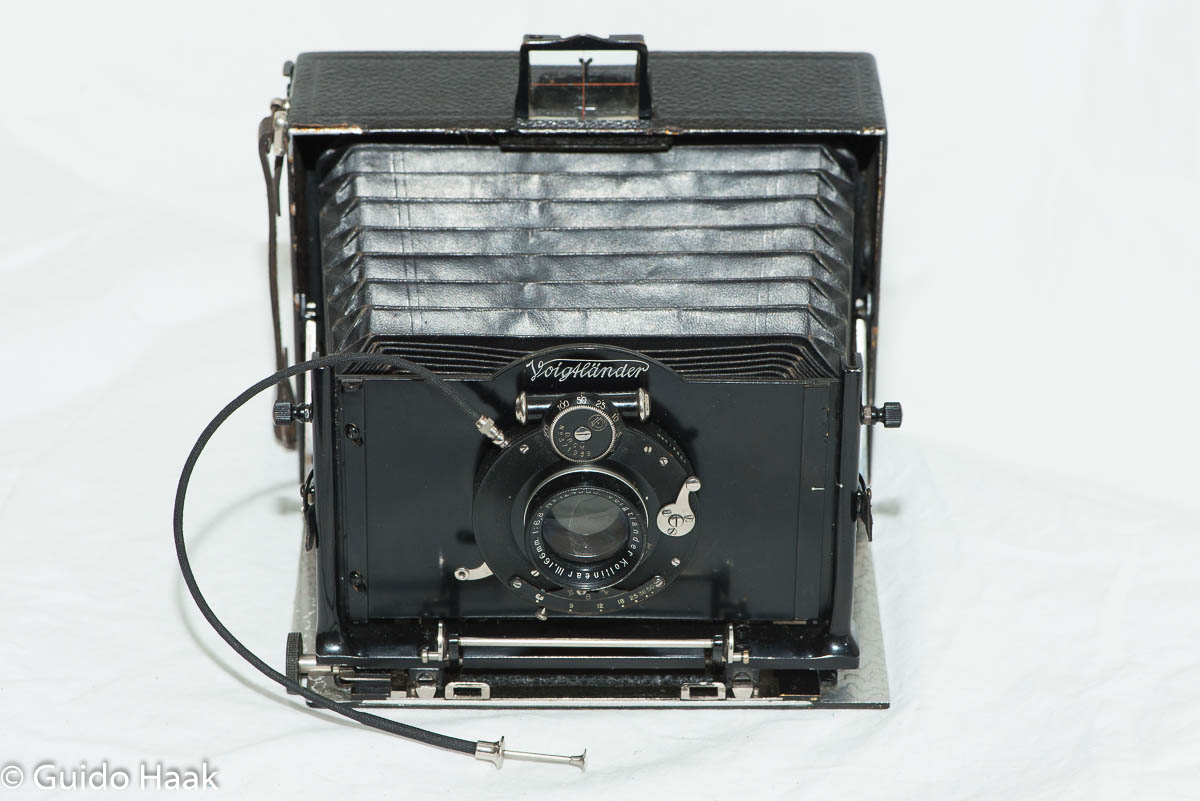
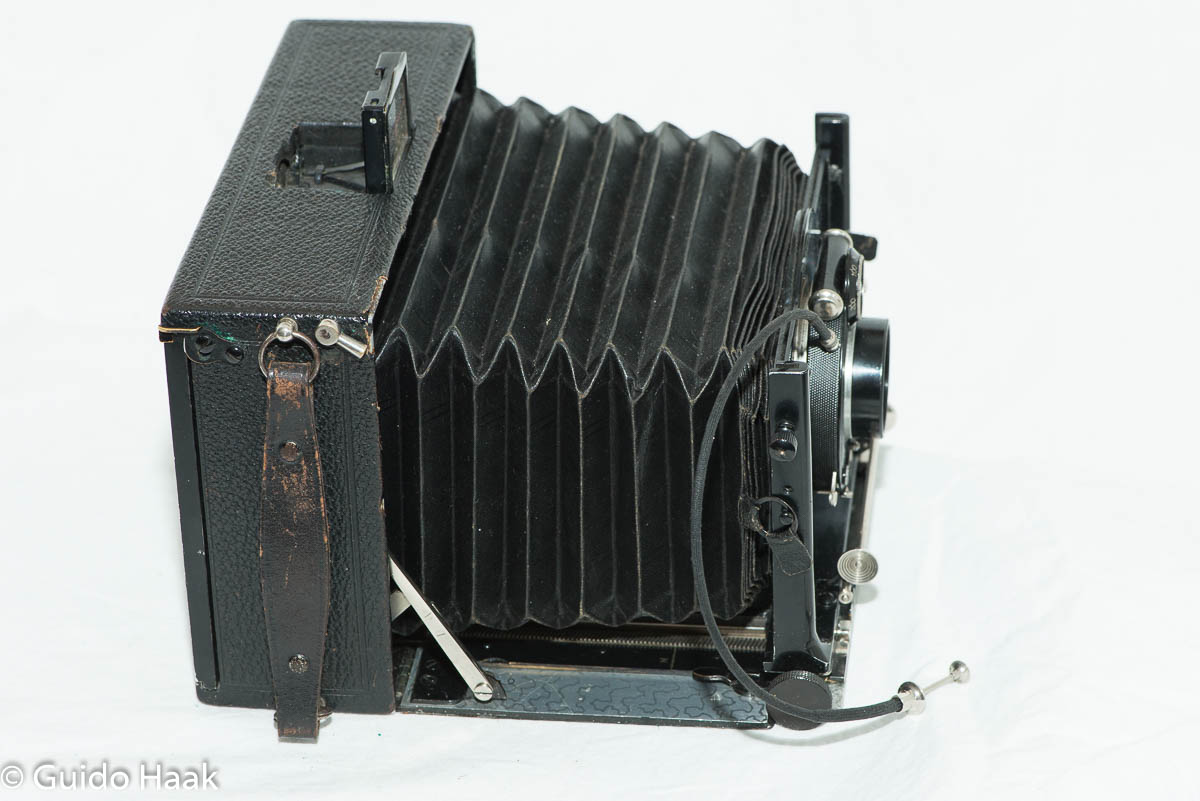
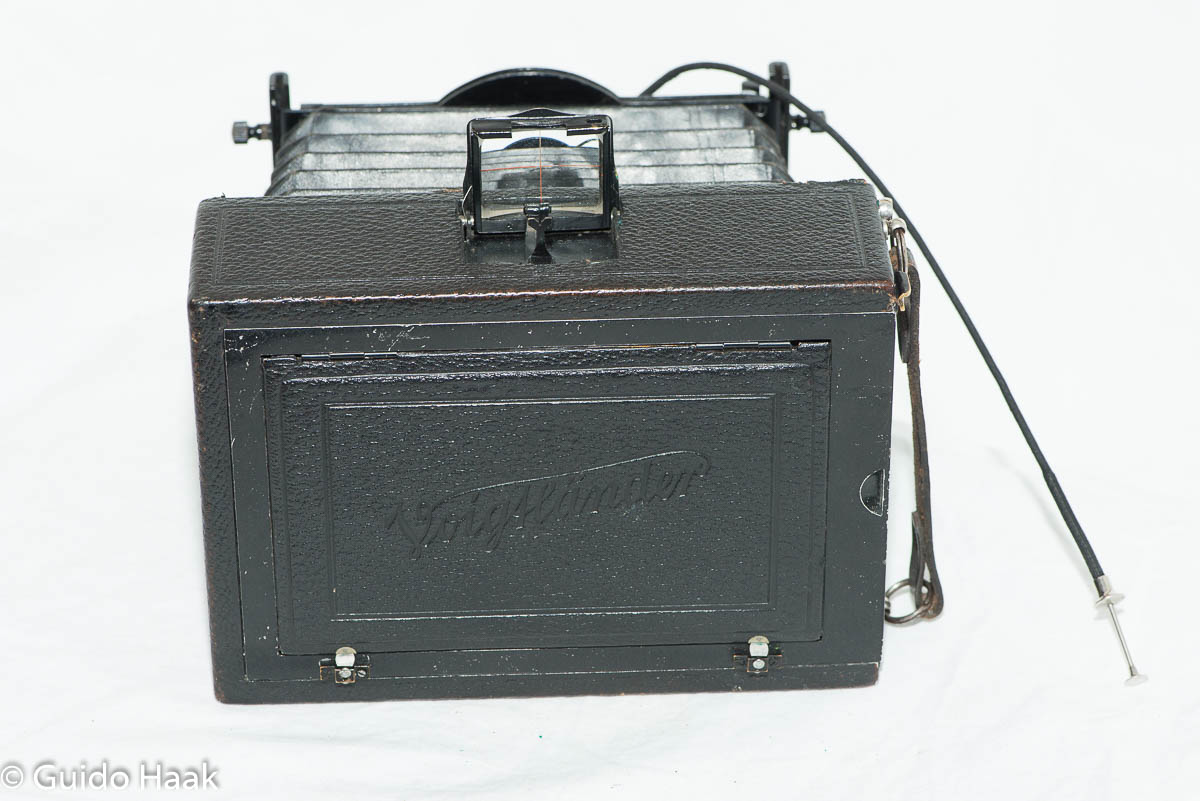

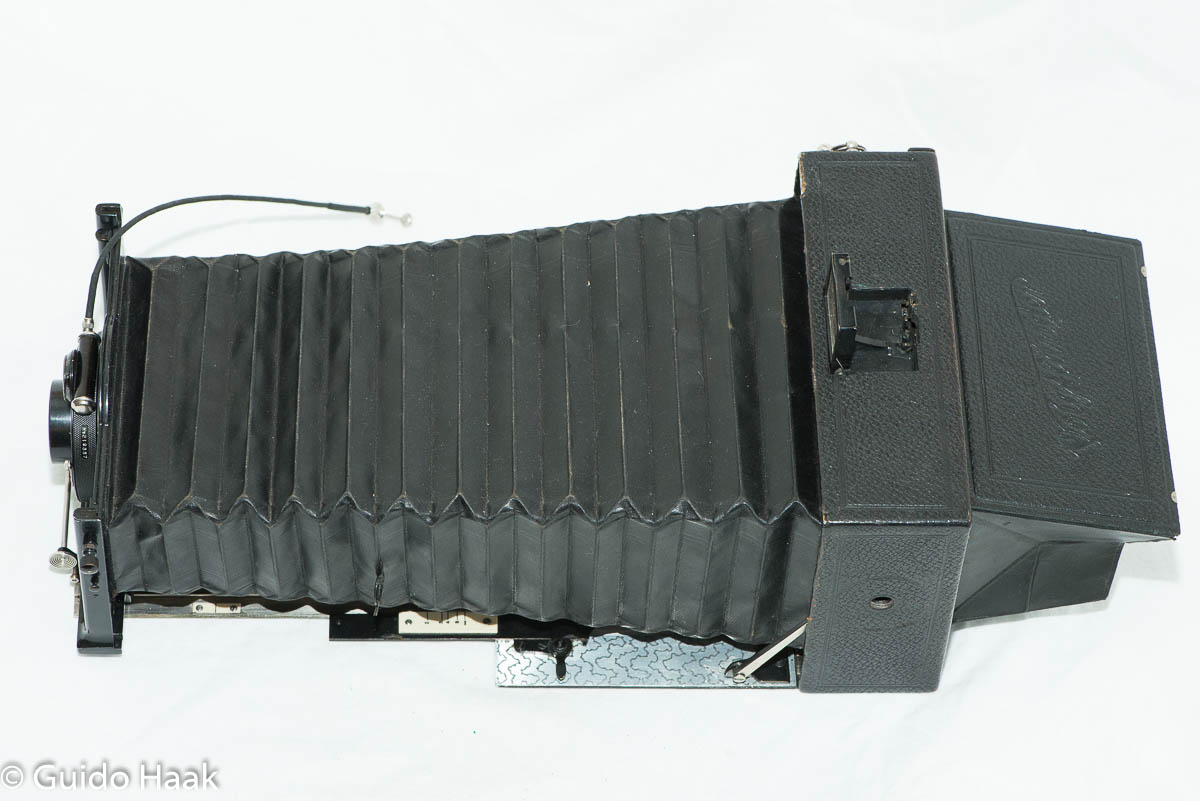
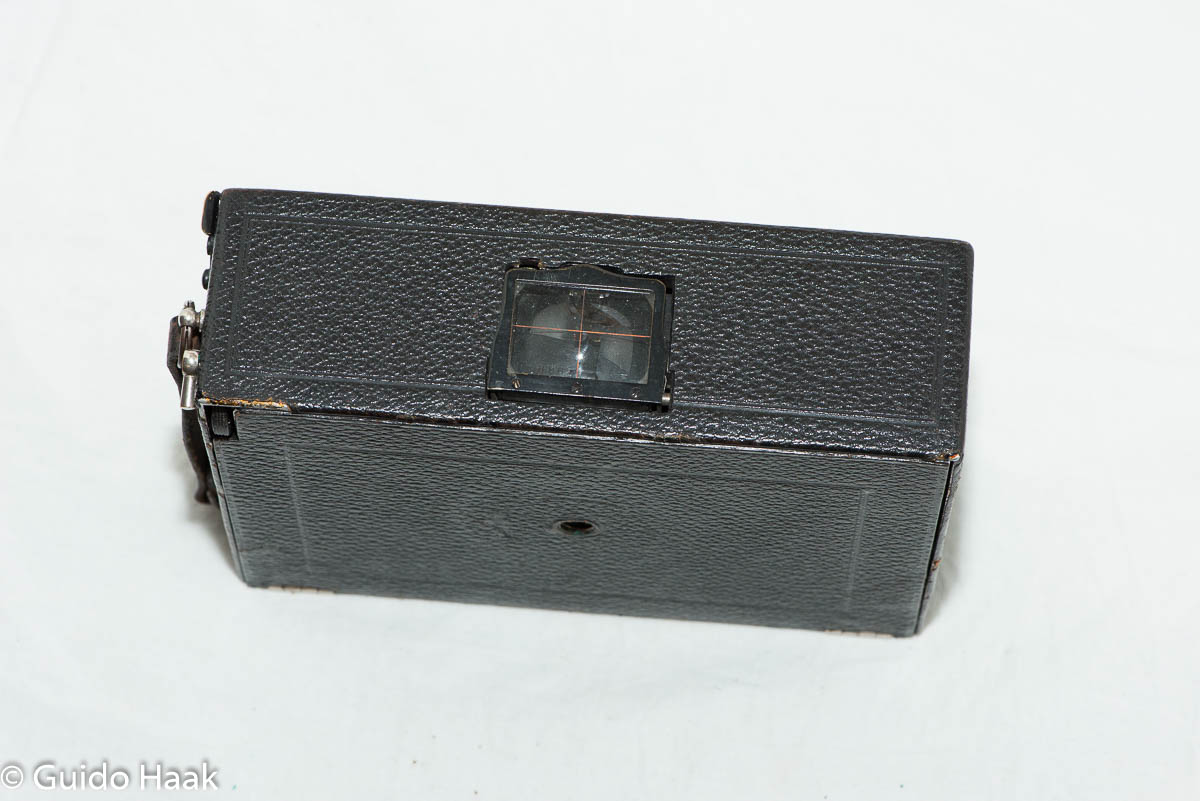
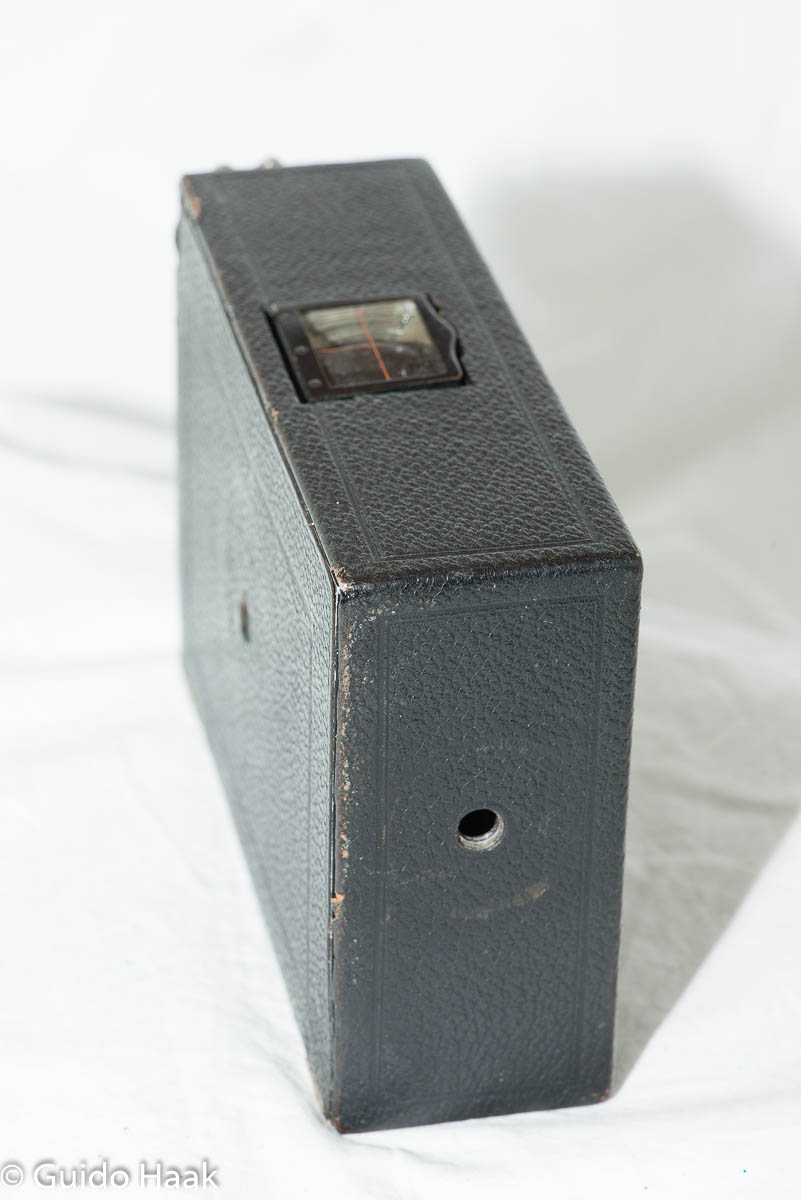
Perka Silar 10x15, 1920’s
The brand Silar is a bit of a mystery. It was produced by the company Perka which was a veritable competitor to the high quality Linhof cameras. The camera below was produced between 1922 and 1930 (thanks to Rick Shimonkevitz to shed some light for me on this camera). It is capable of tilting and shifting like modern large format cameras and thus was most likely intended for professional photographers.
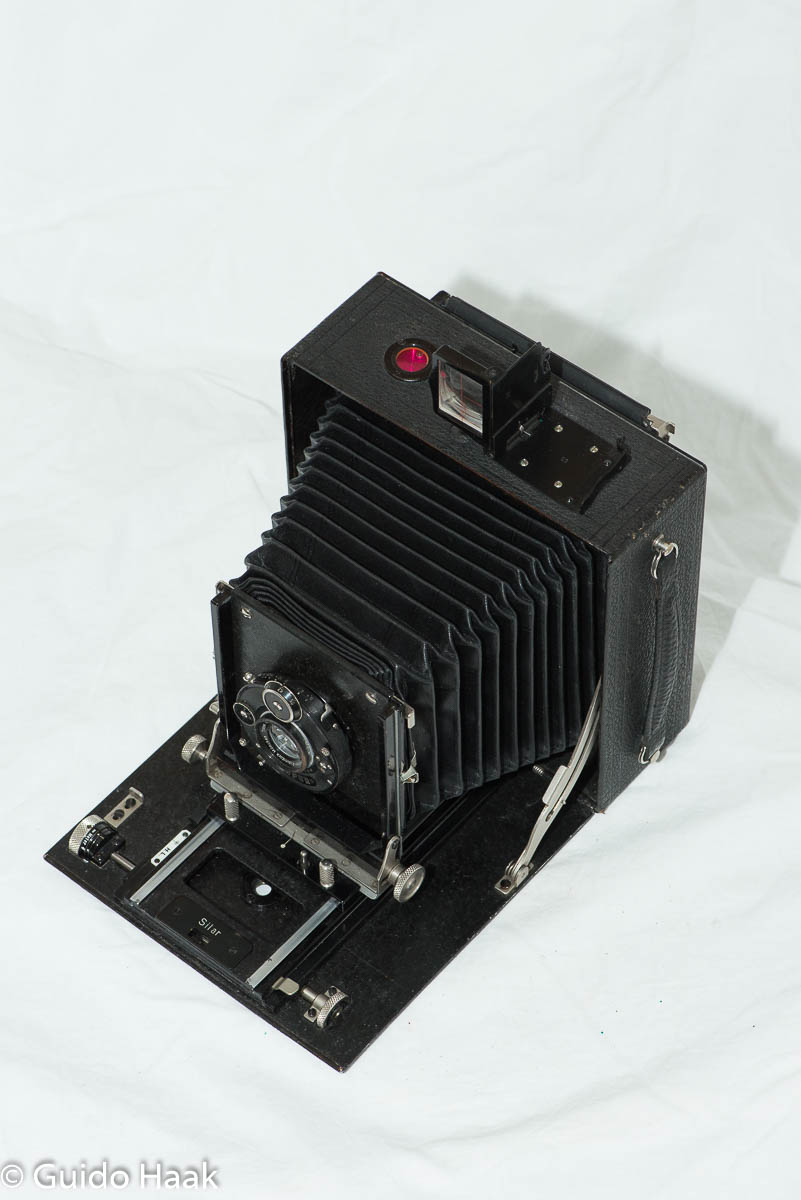
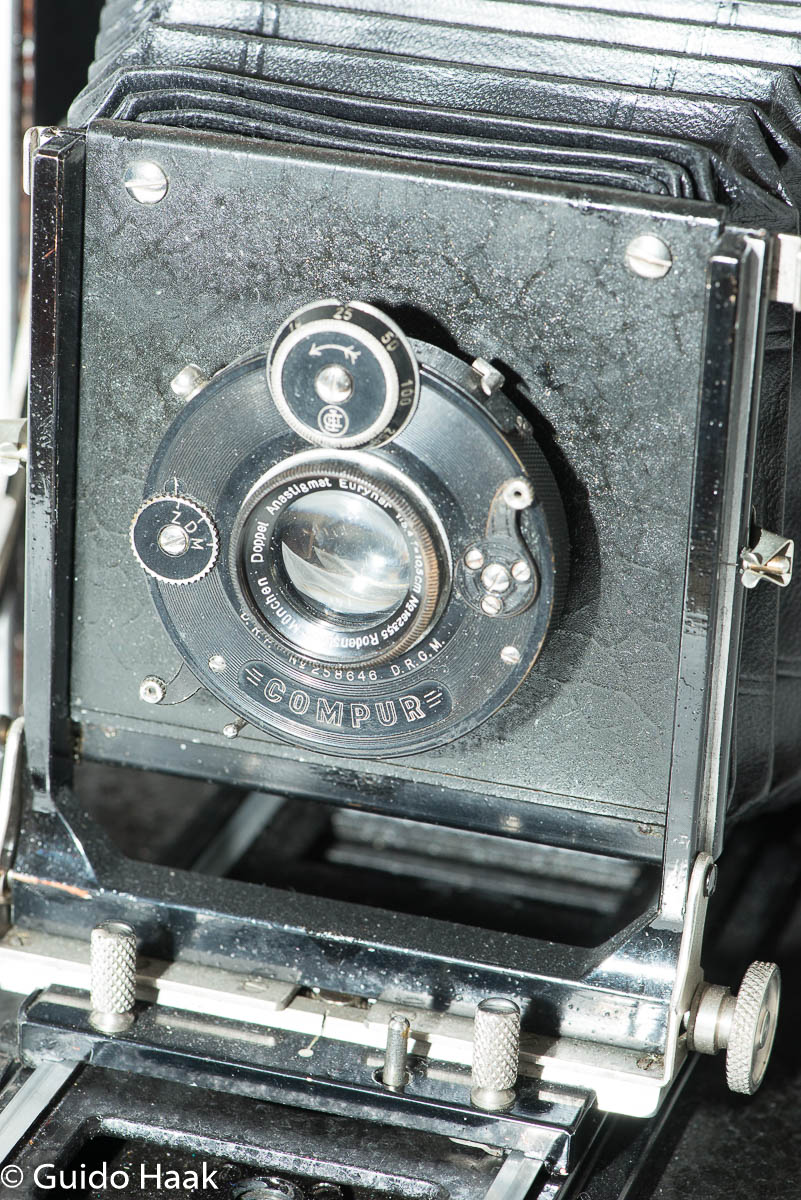
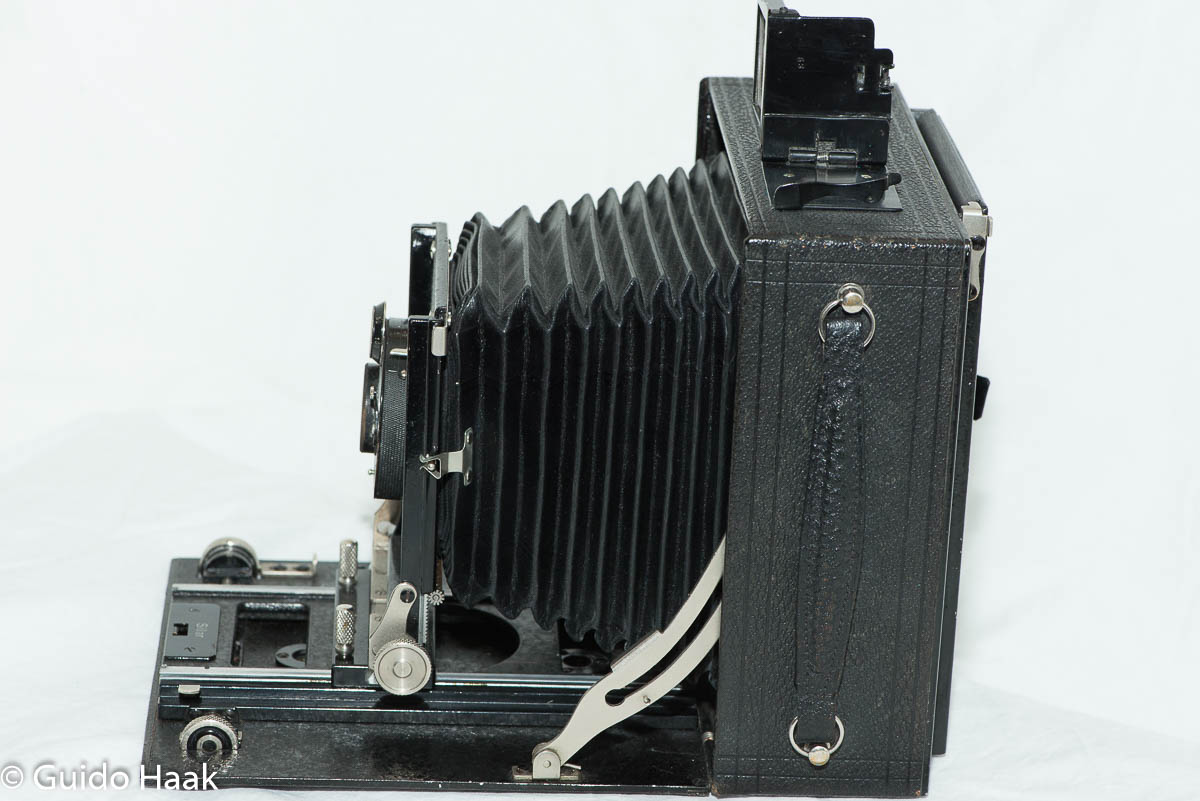
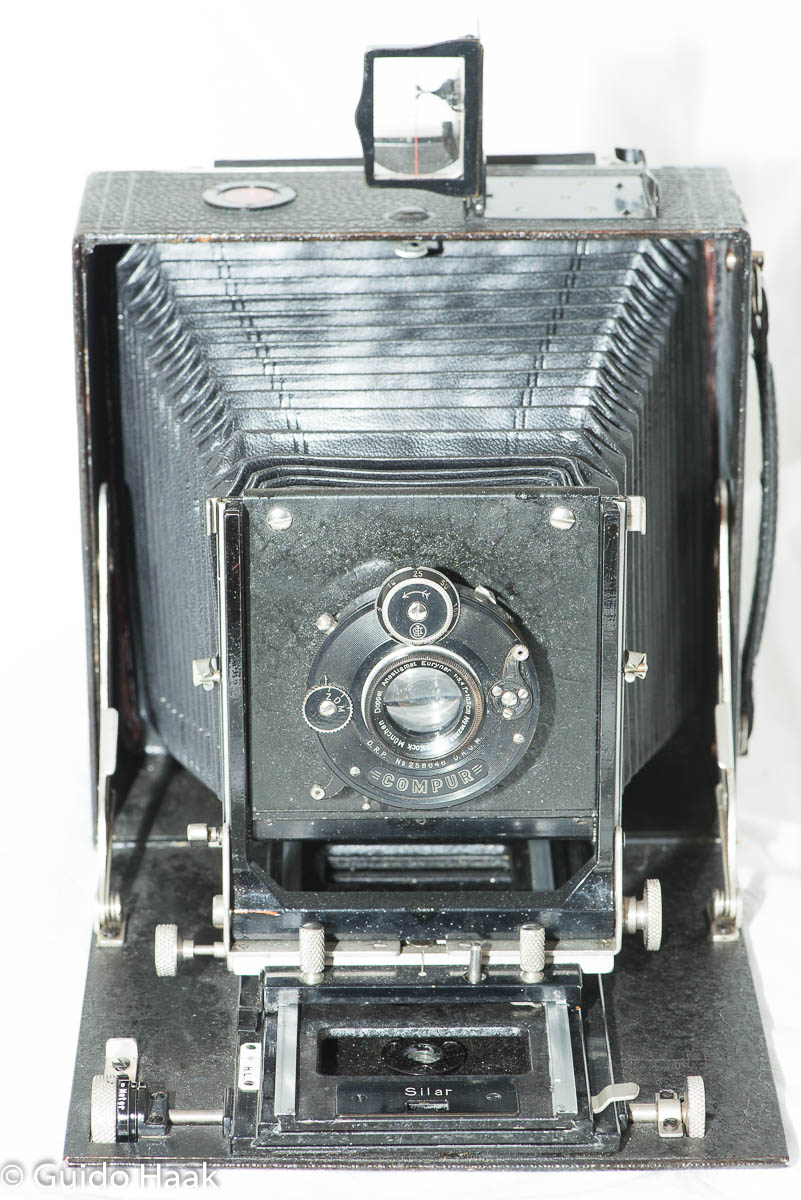
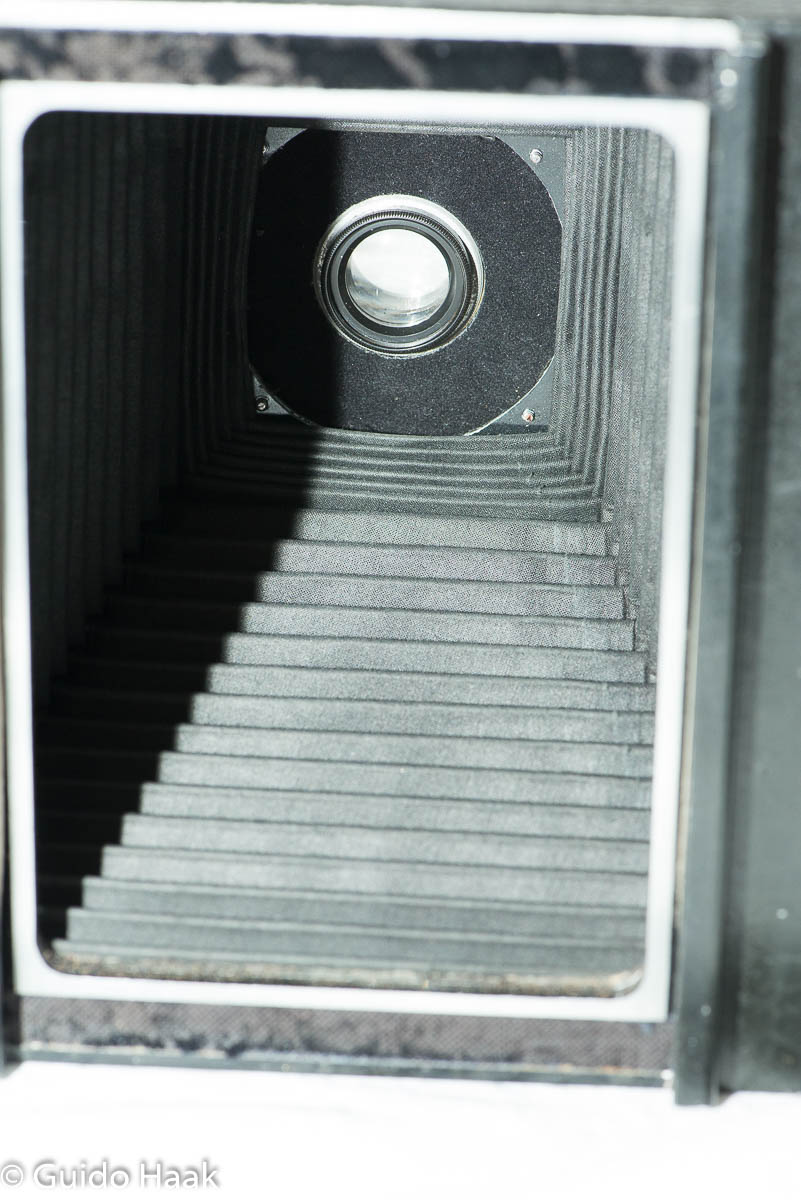
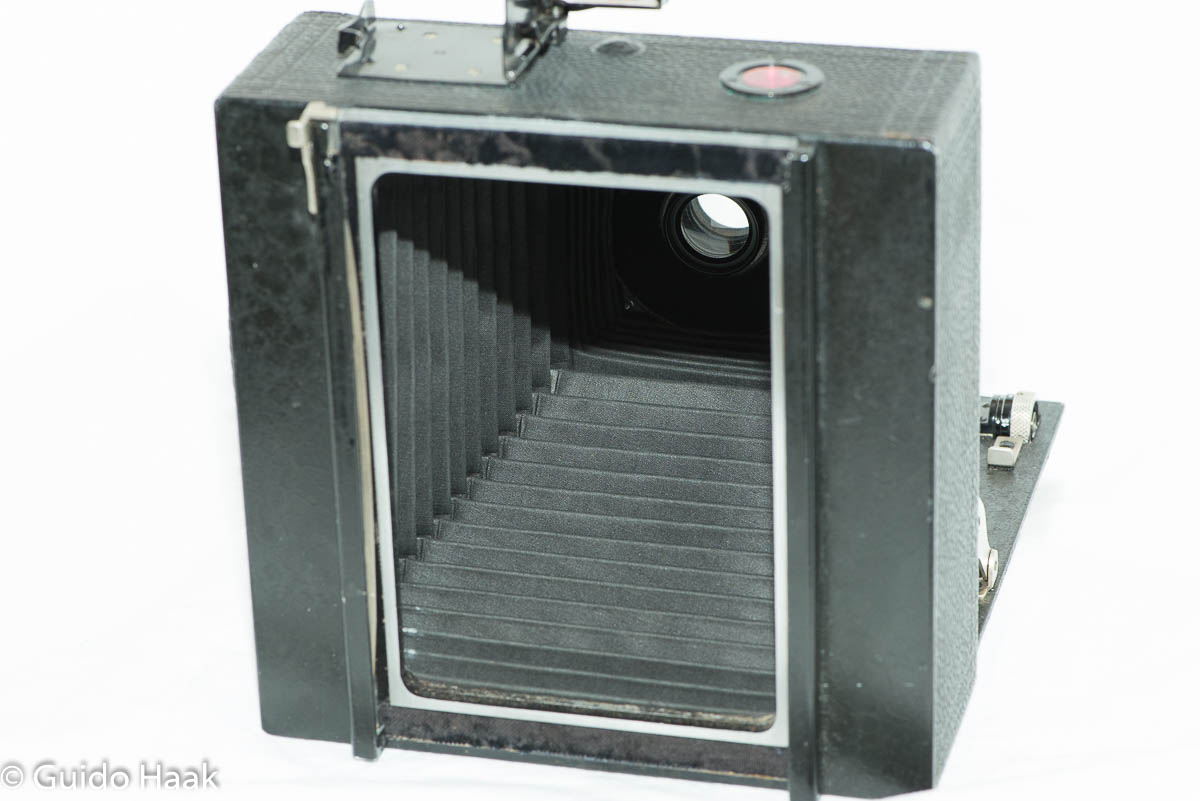
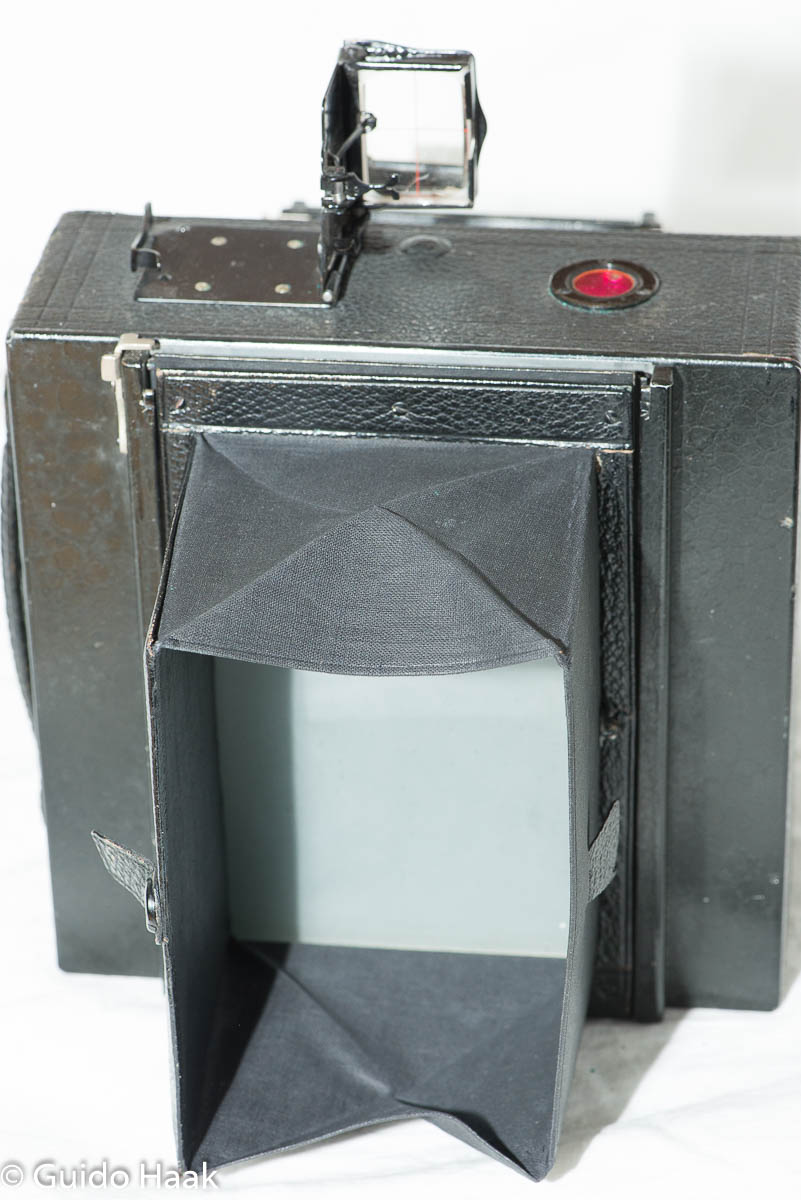
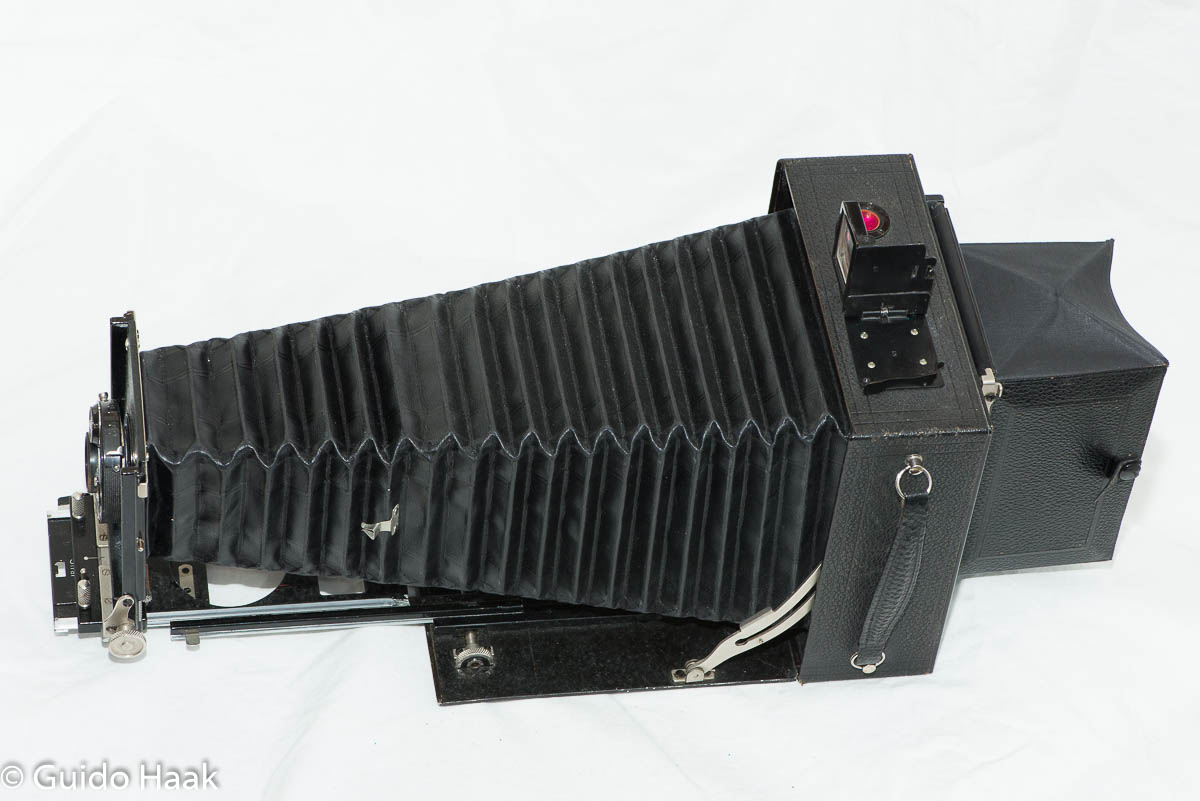
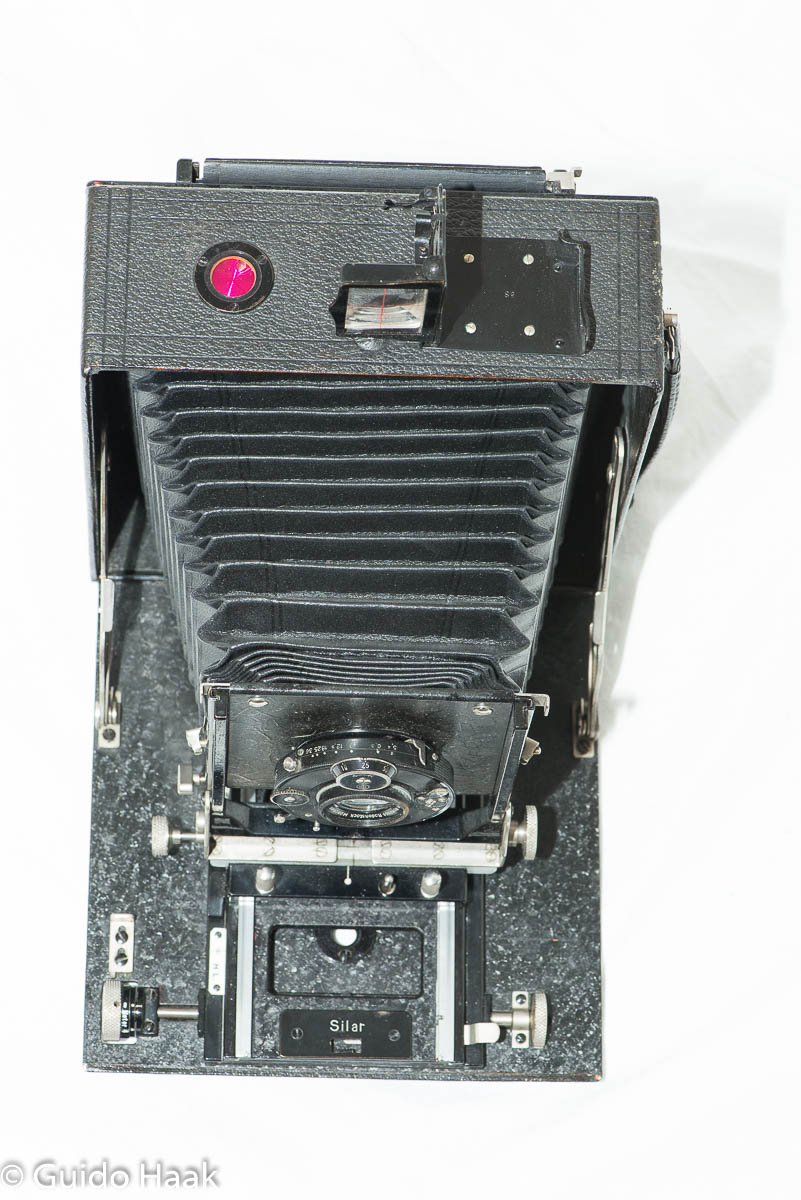
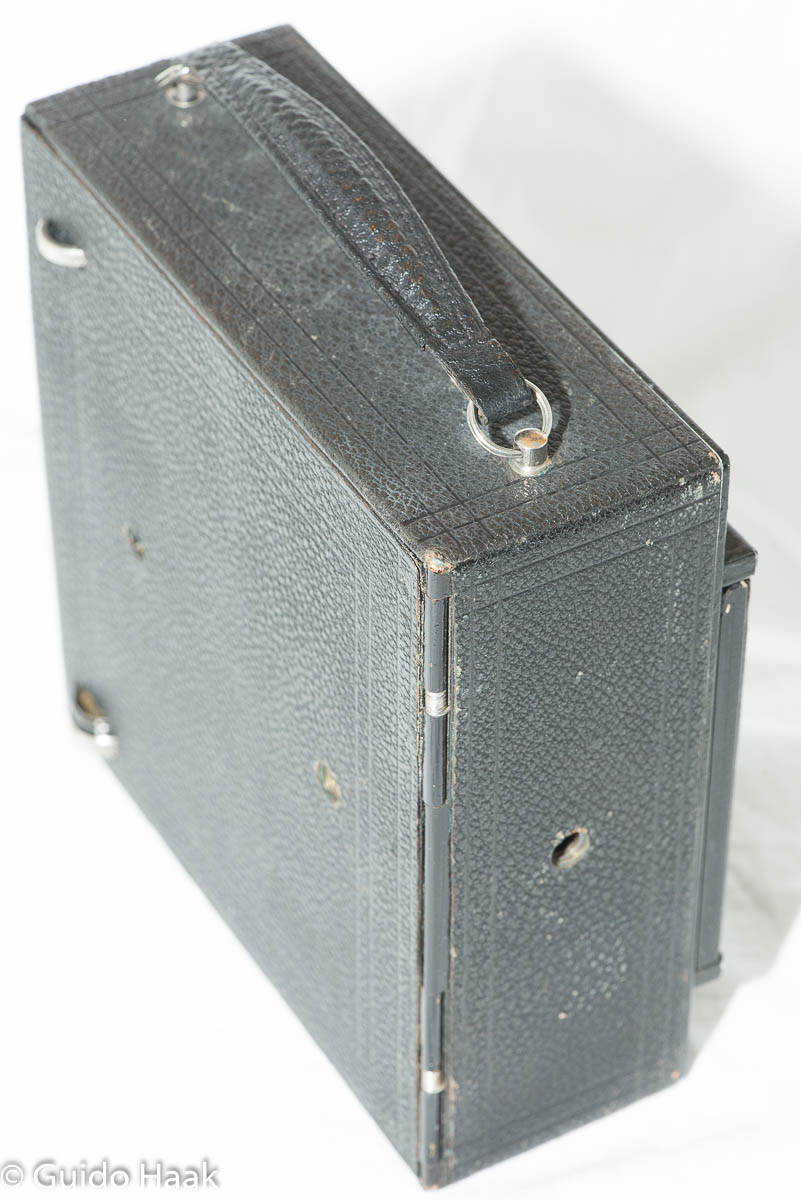
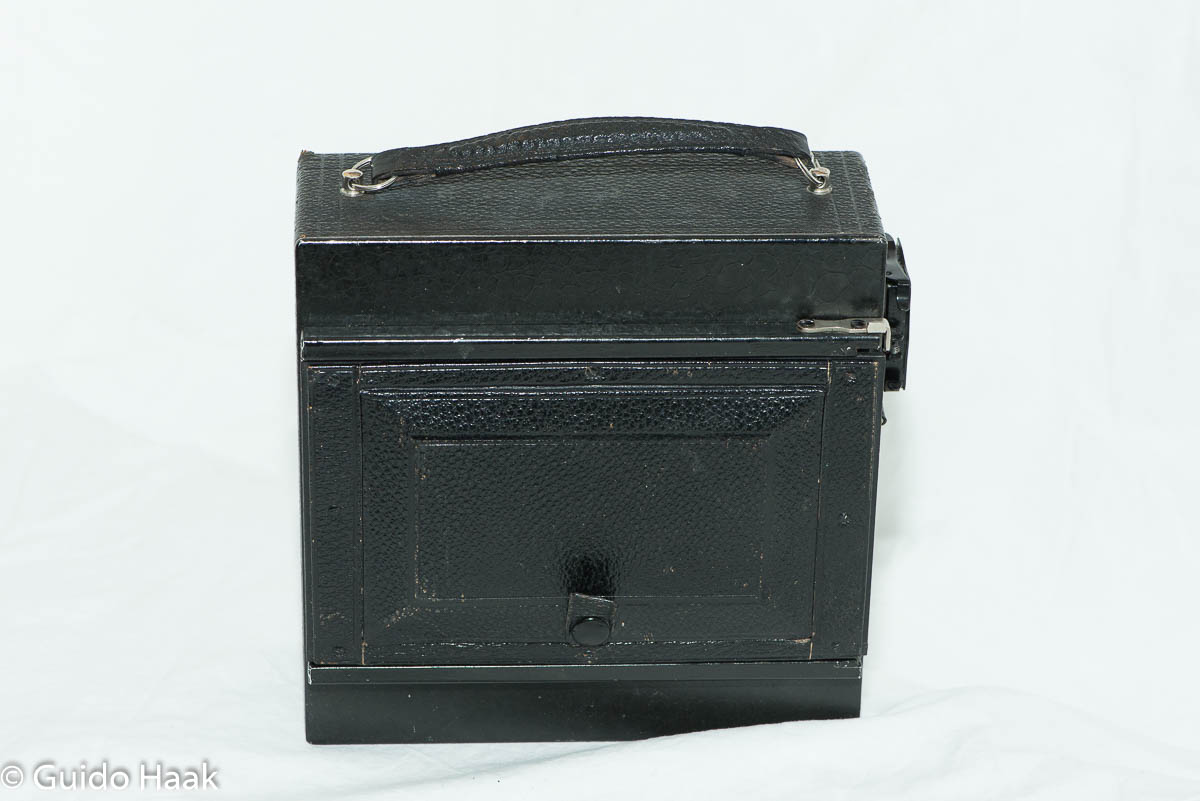
Graflex Graphic No.0, 1909-1923
Cameras come in all shapes and sizes. This American camera bears hardly any resemblance to a standard camera of today.
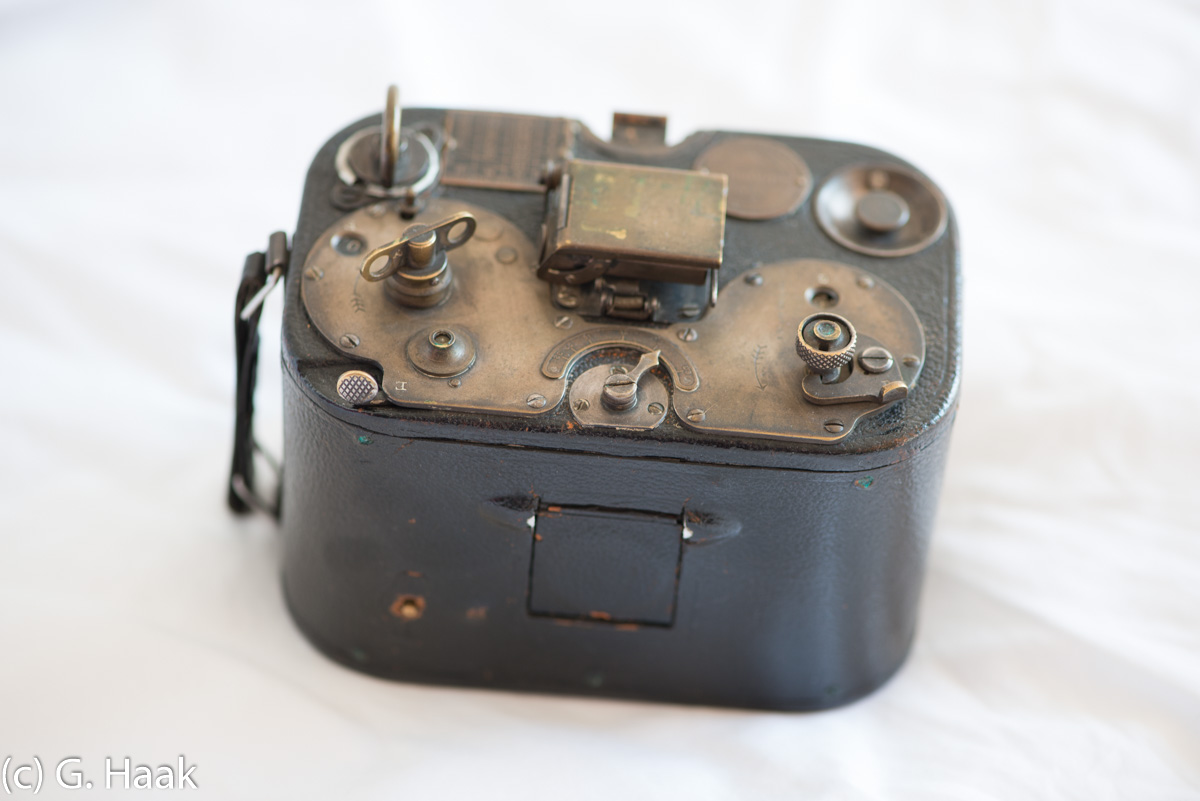
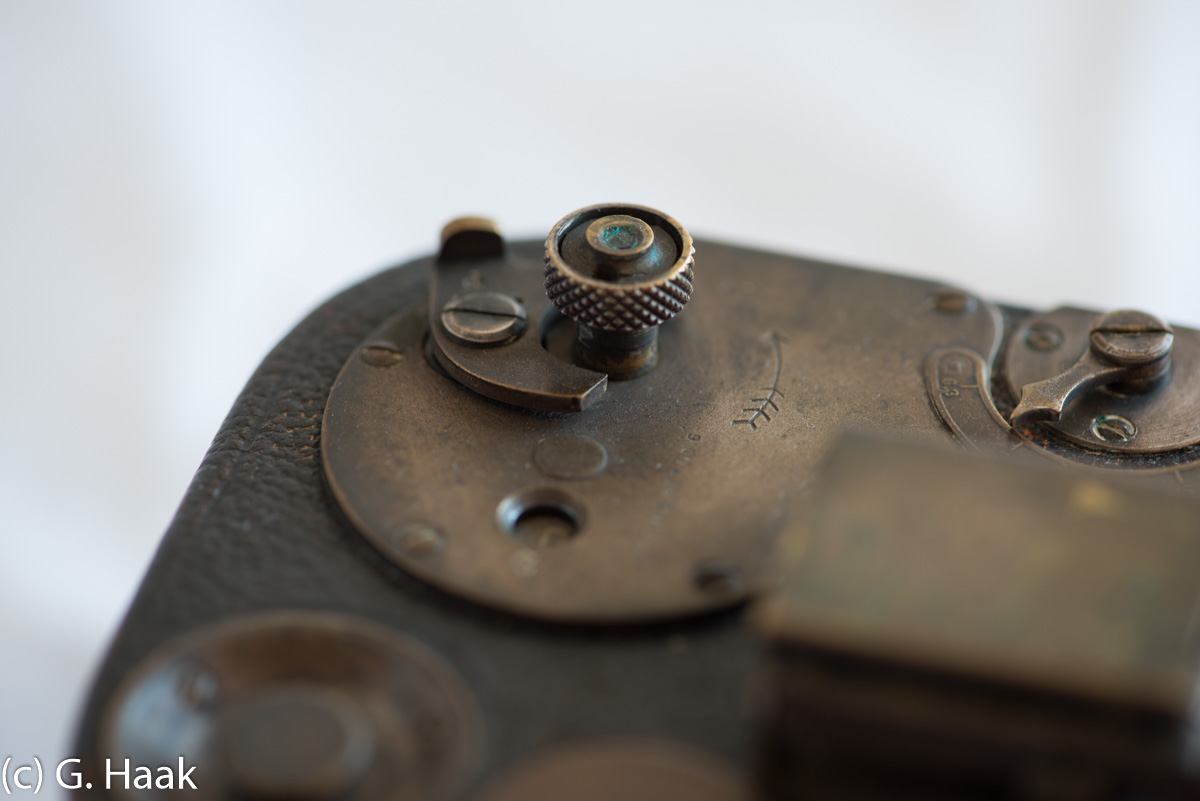
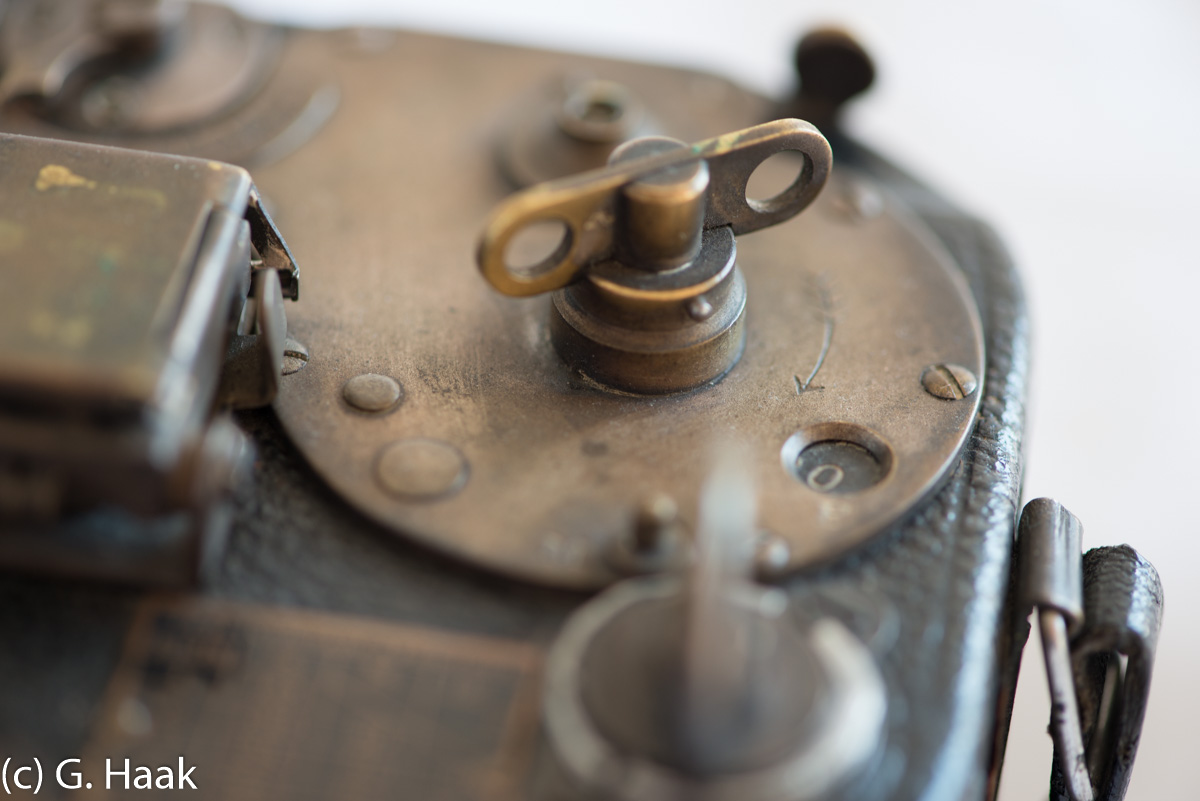
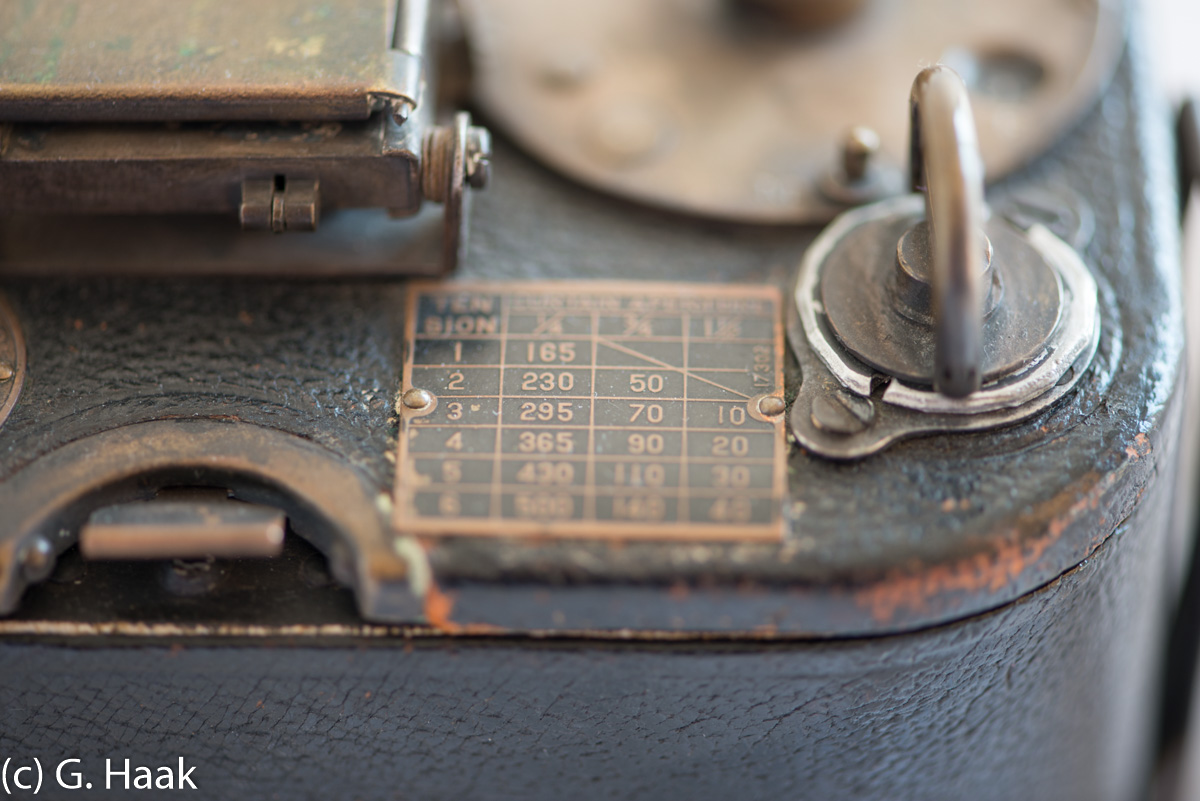
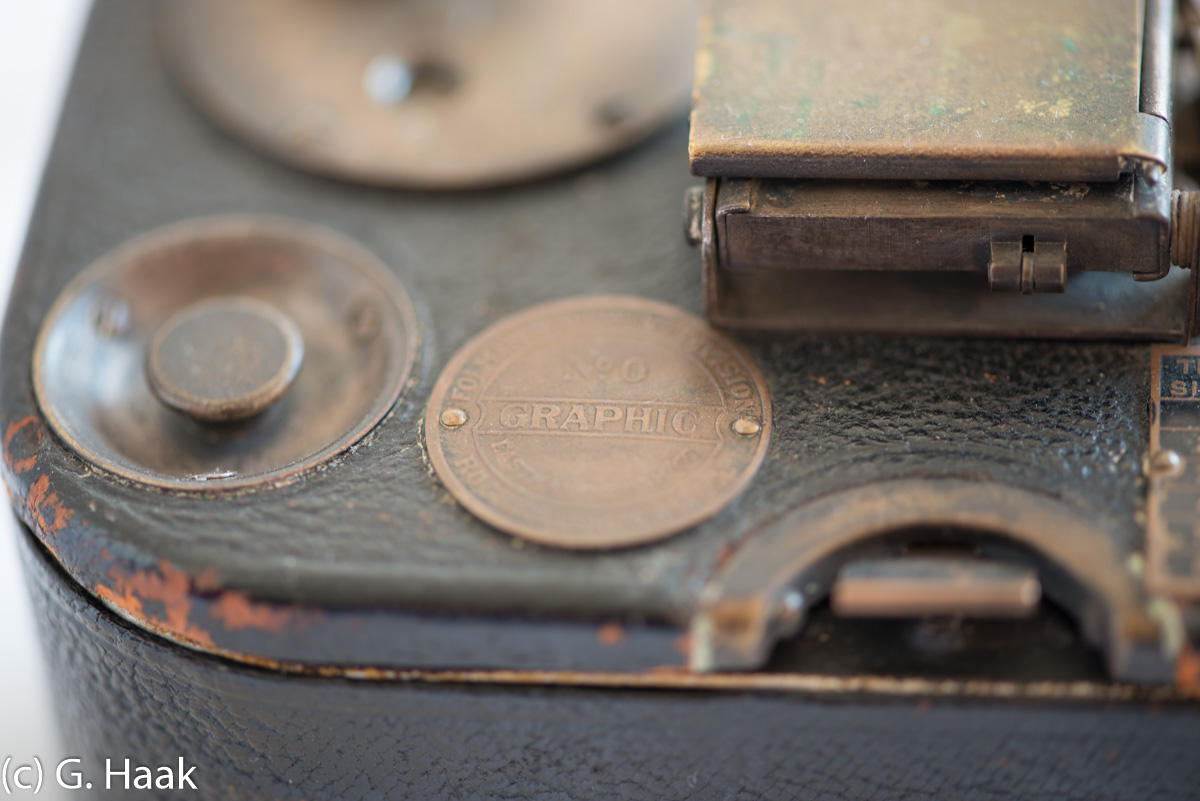
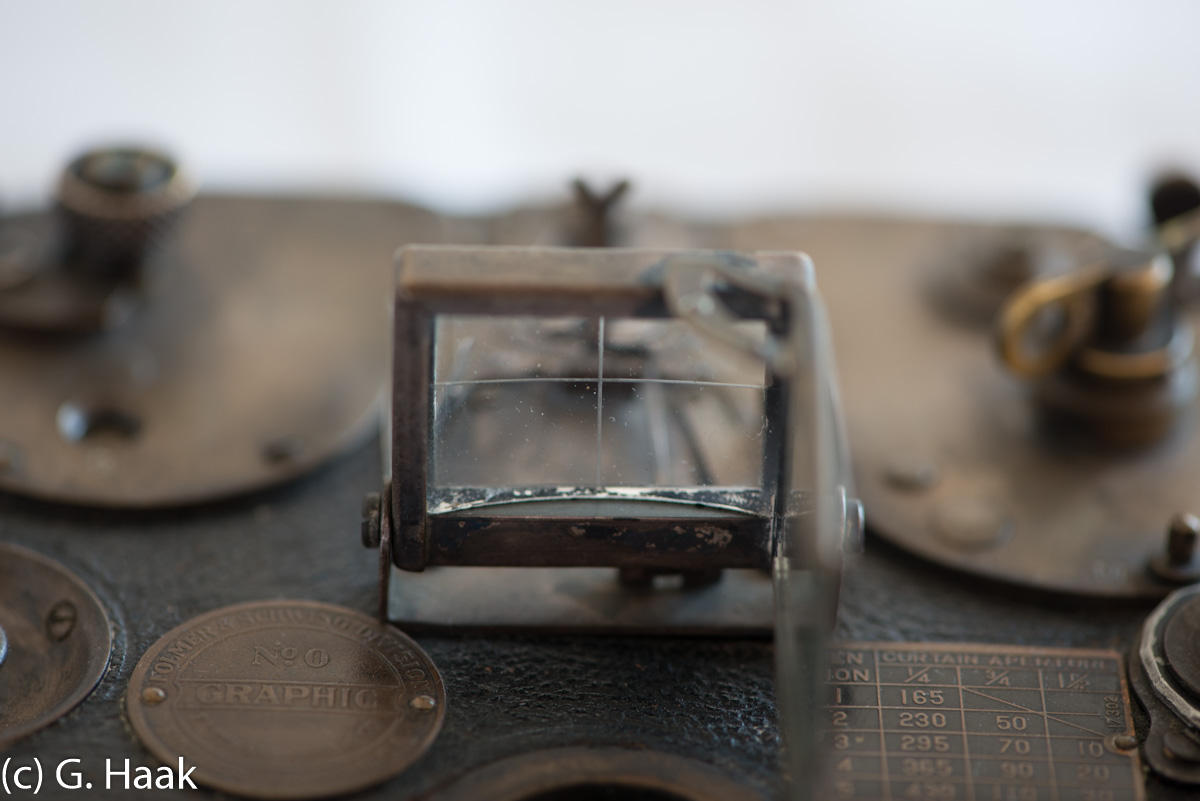
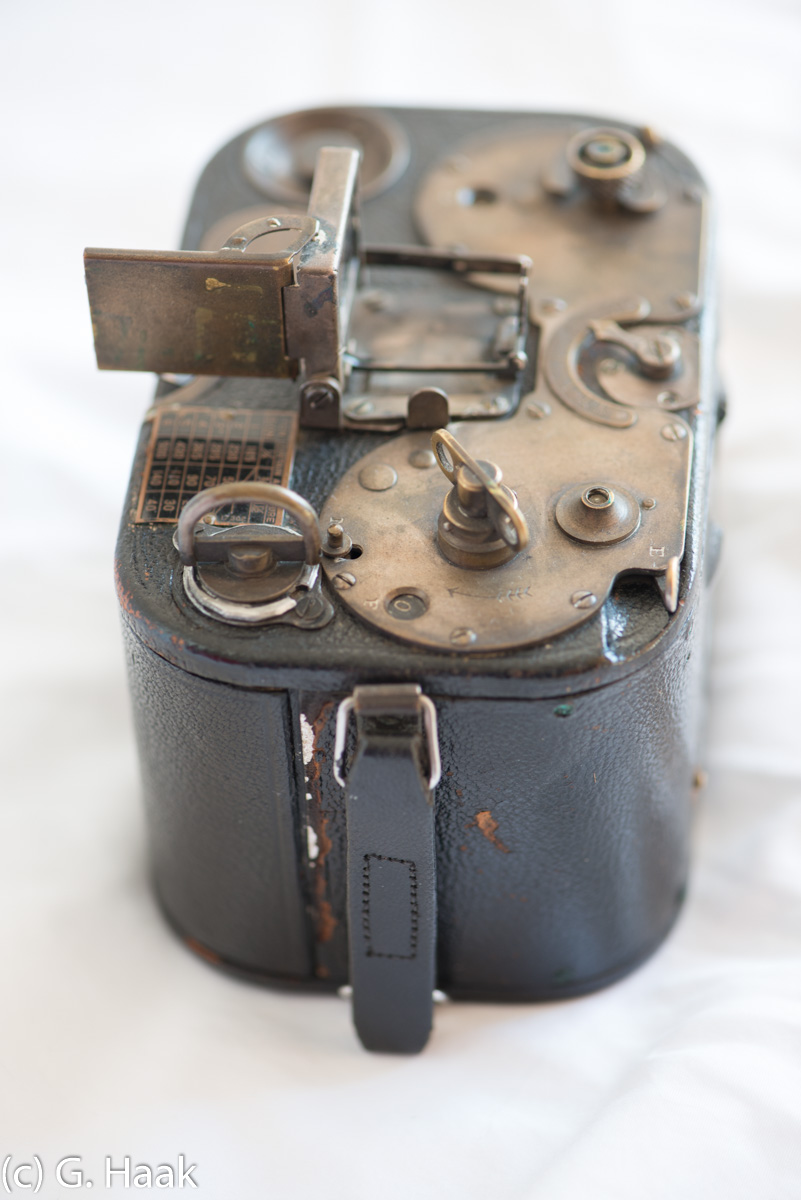
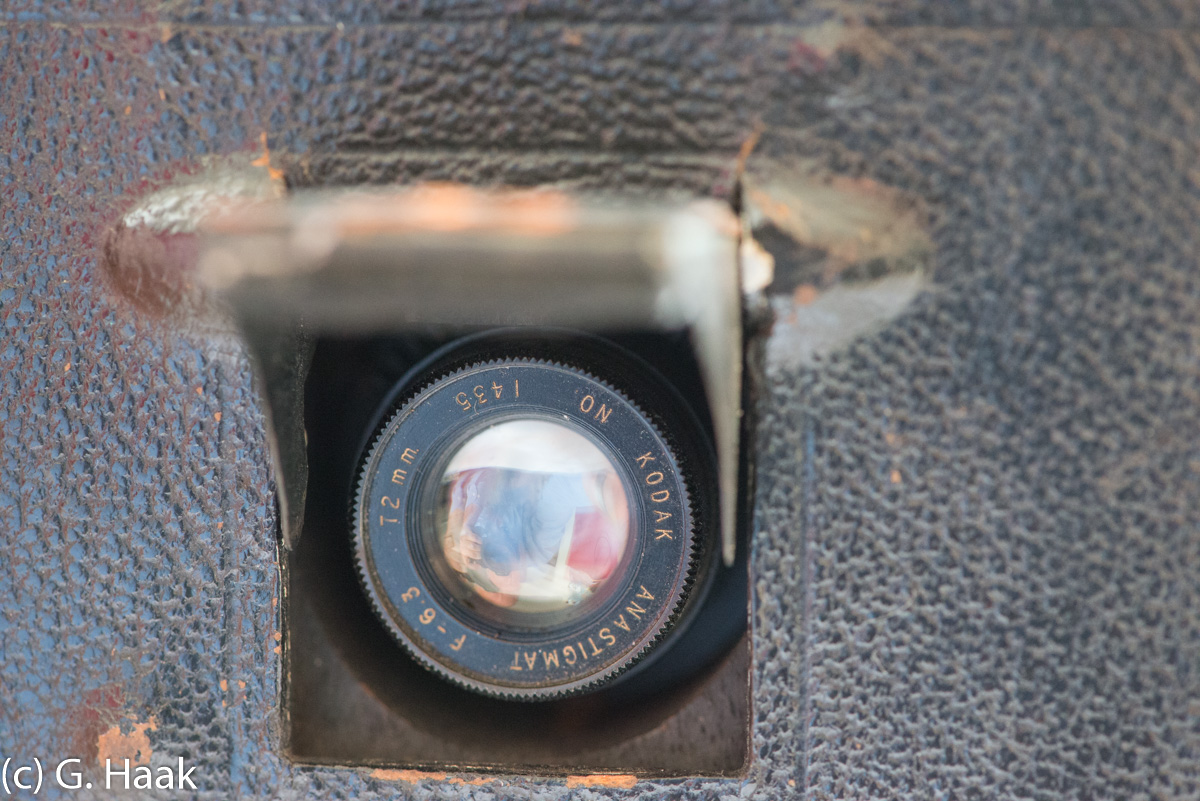
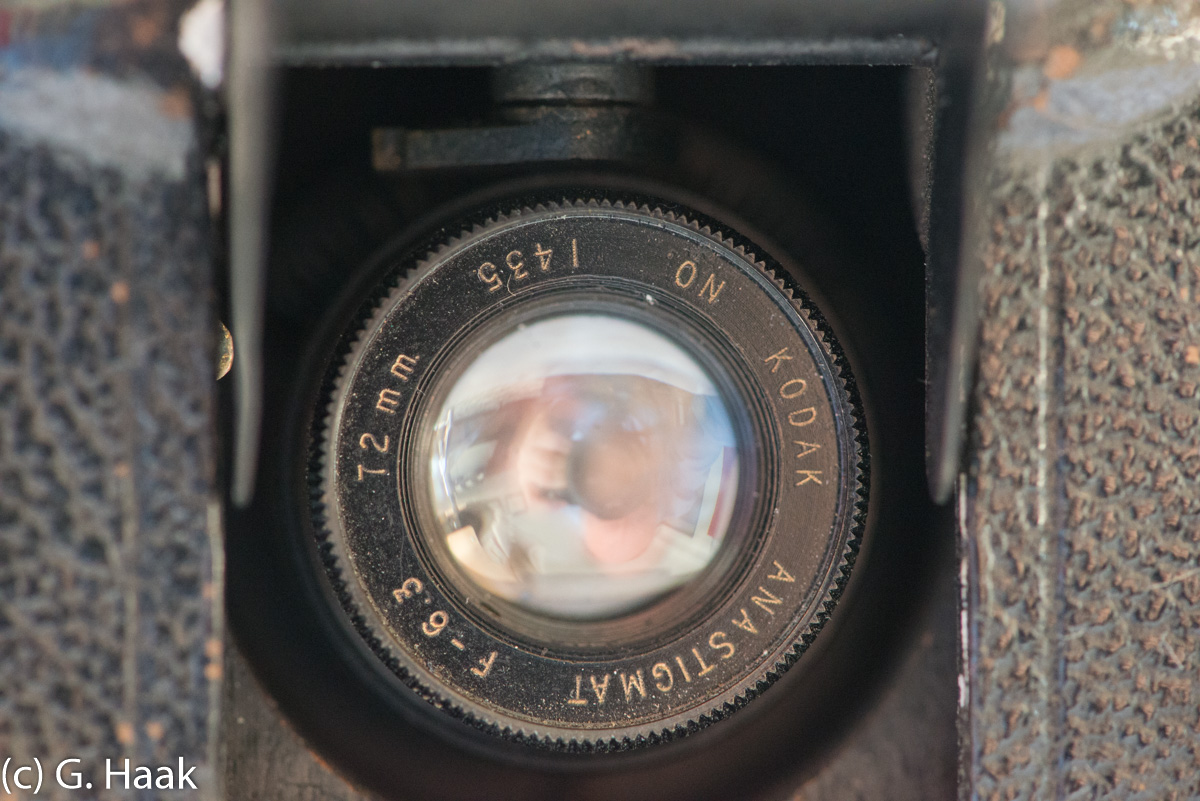
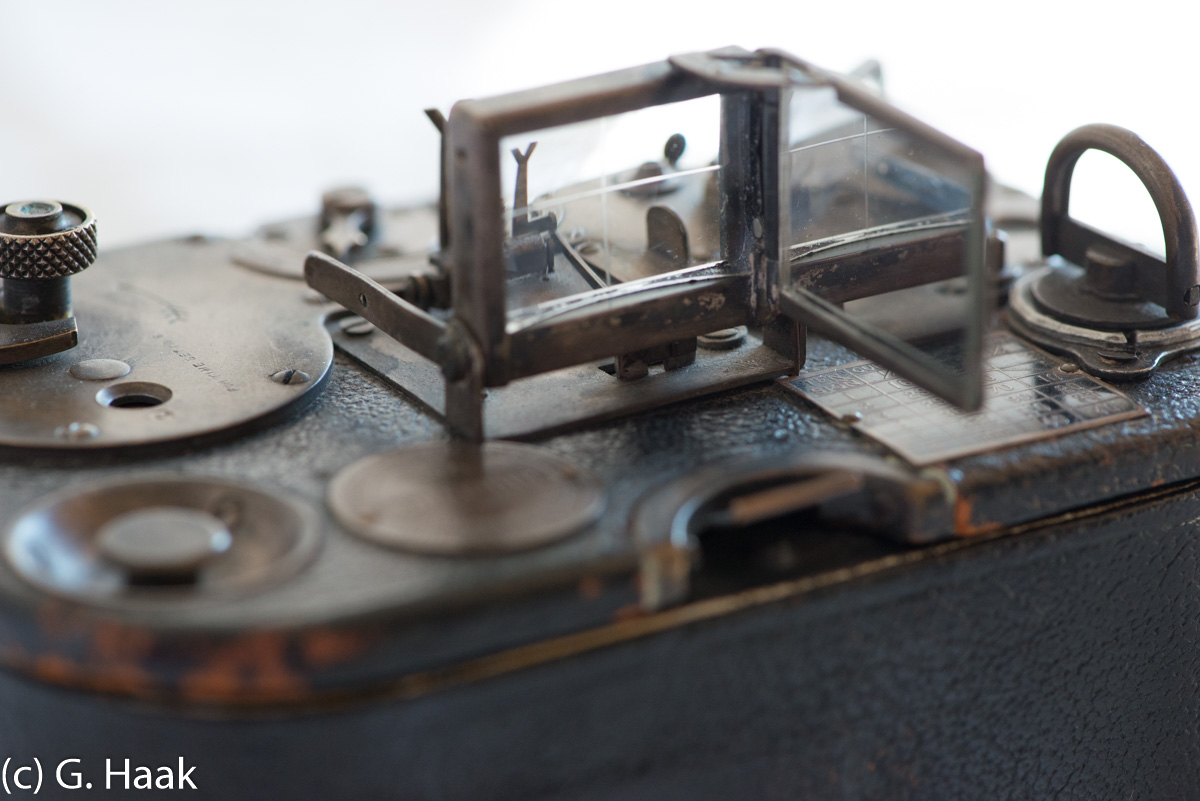
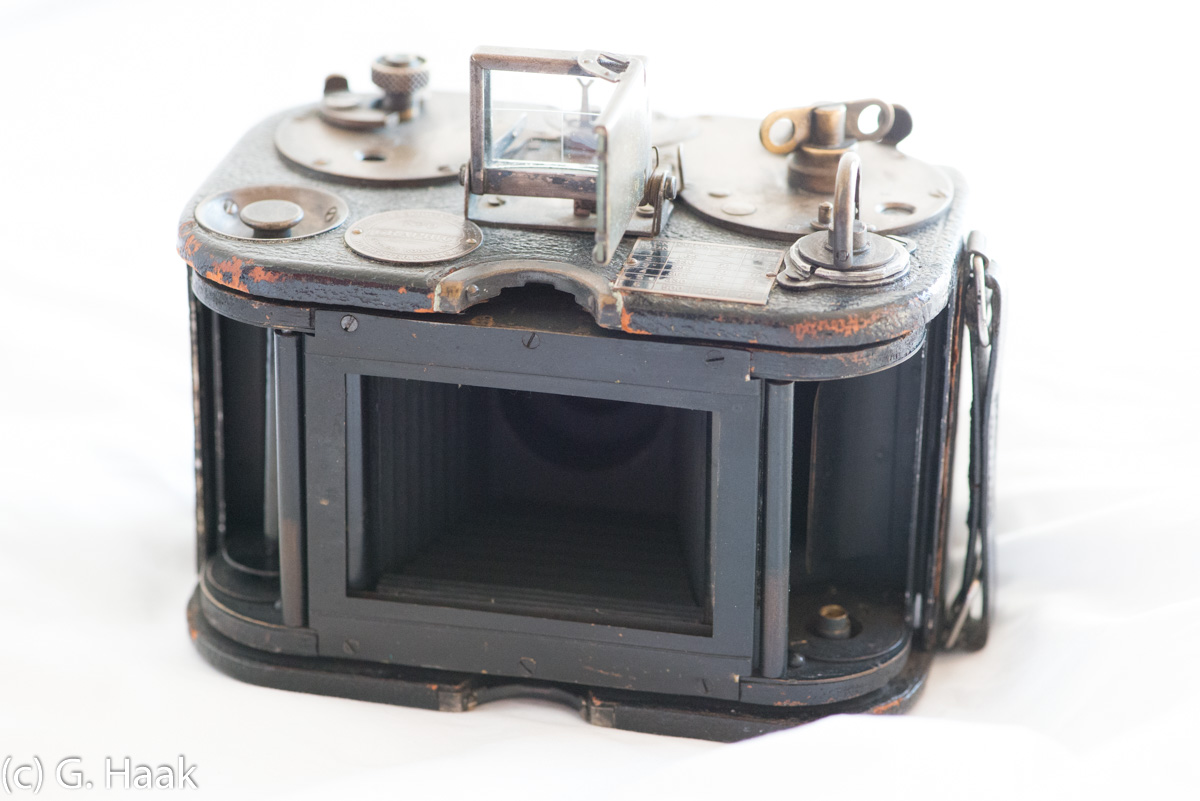
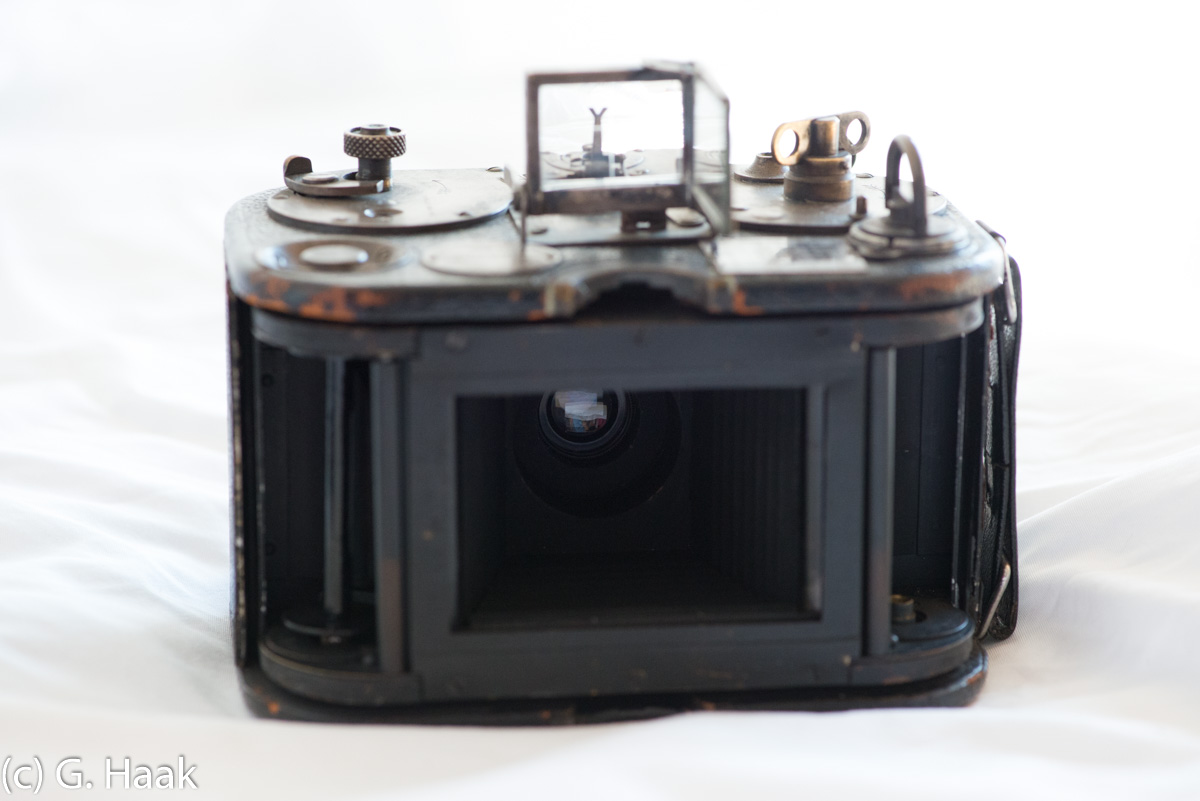
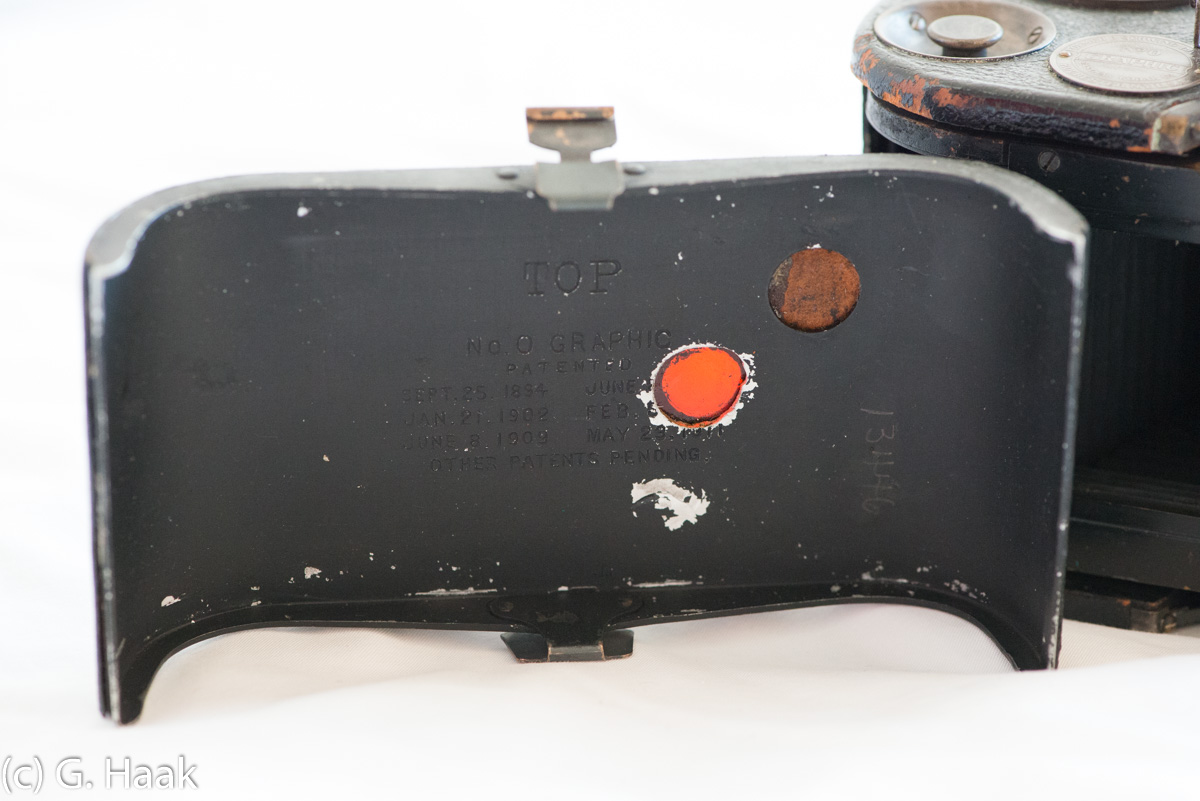
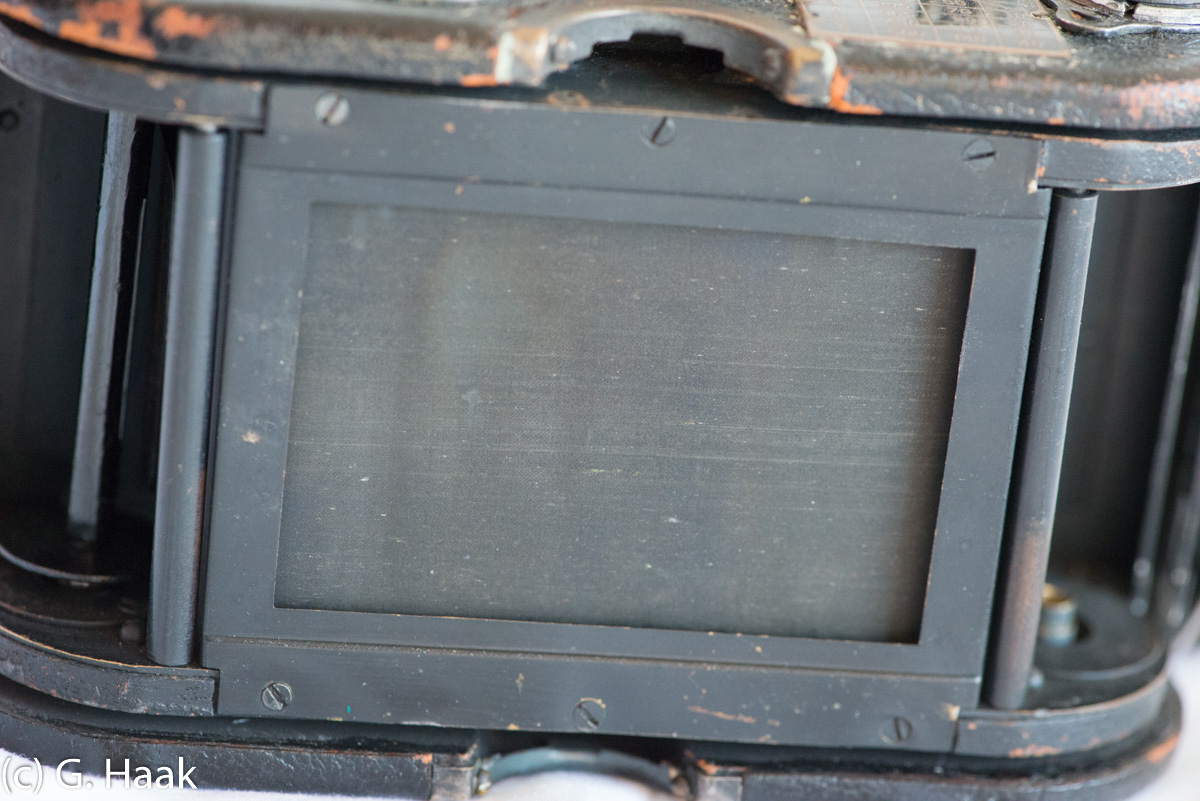
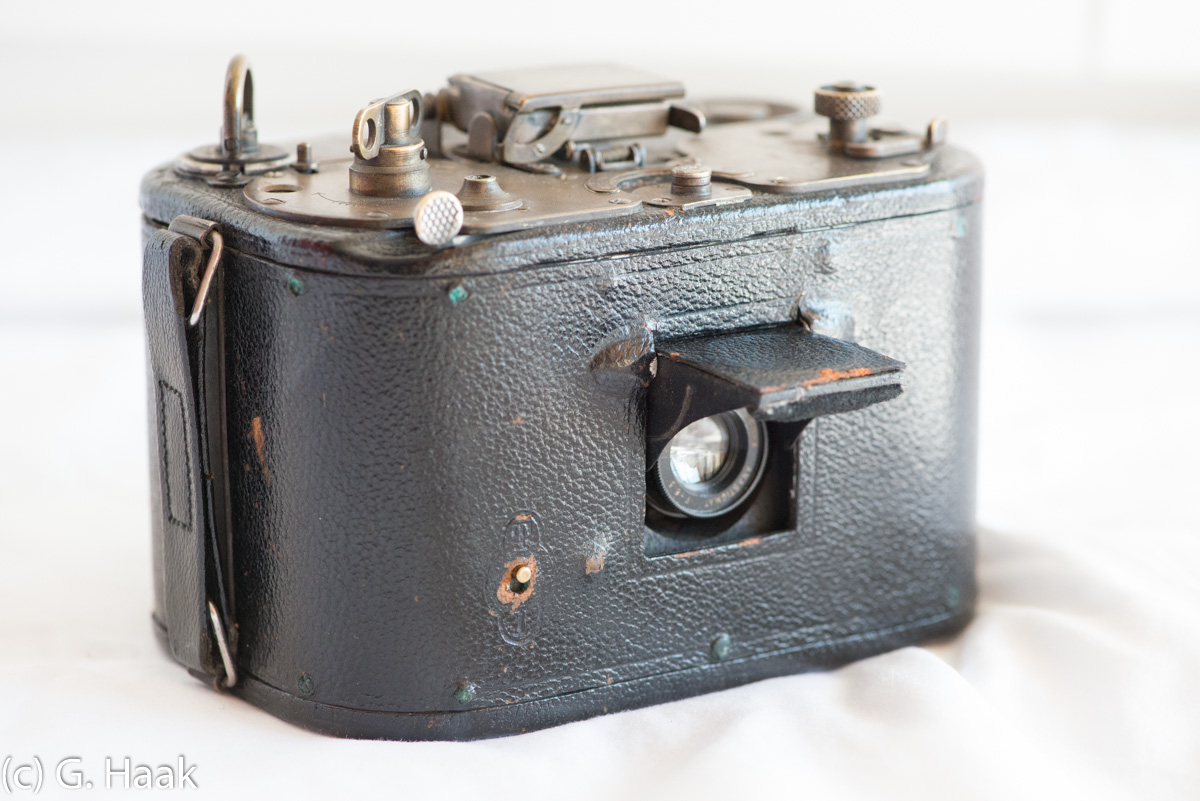
Contessa Nettel Sonnet Tropen 4.5x6 (West Pocket Camera), 1920s
This tiny camera shows beautifully to what length camera manufacturers went with the bellow folding design. It works in each way like its big brothers above but takes 4.5x6 glass plates. Showing off wood as material was a fashion ot the time. Many cameras came in this "Tropen" version.
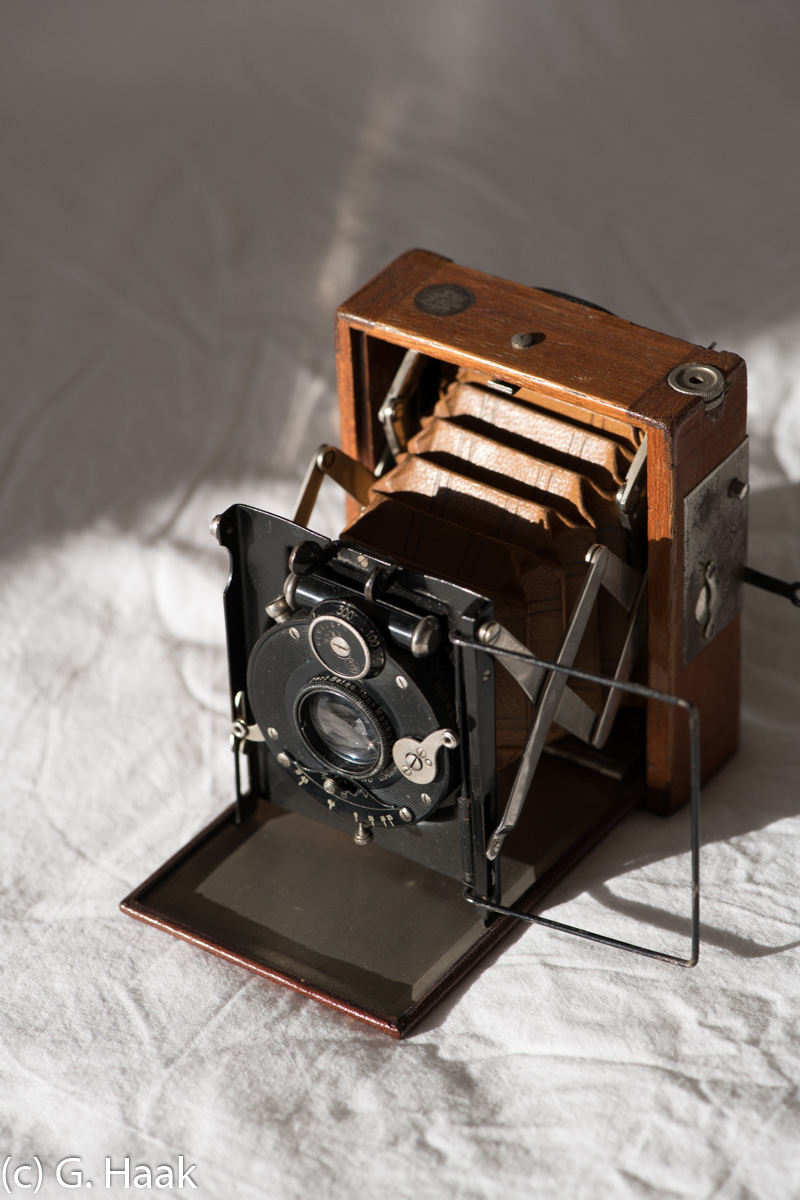
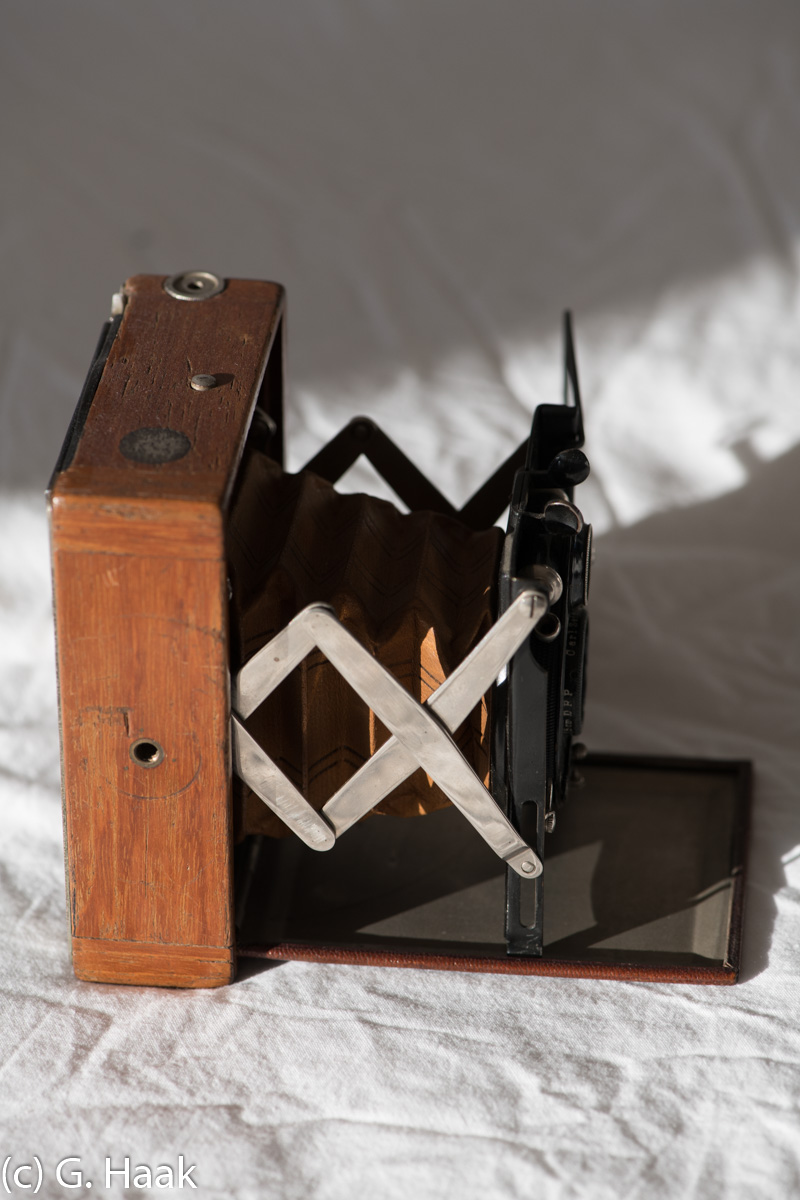
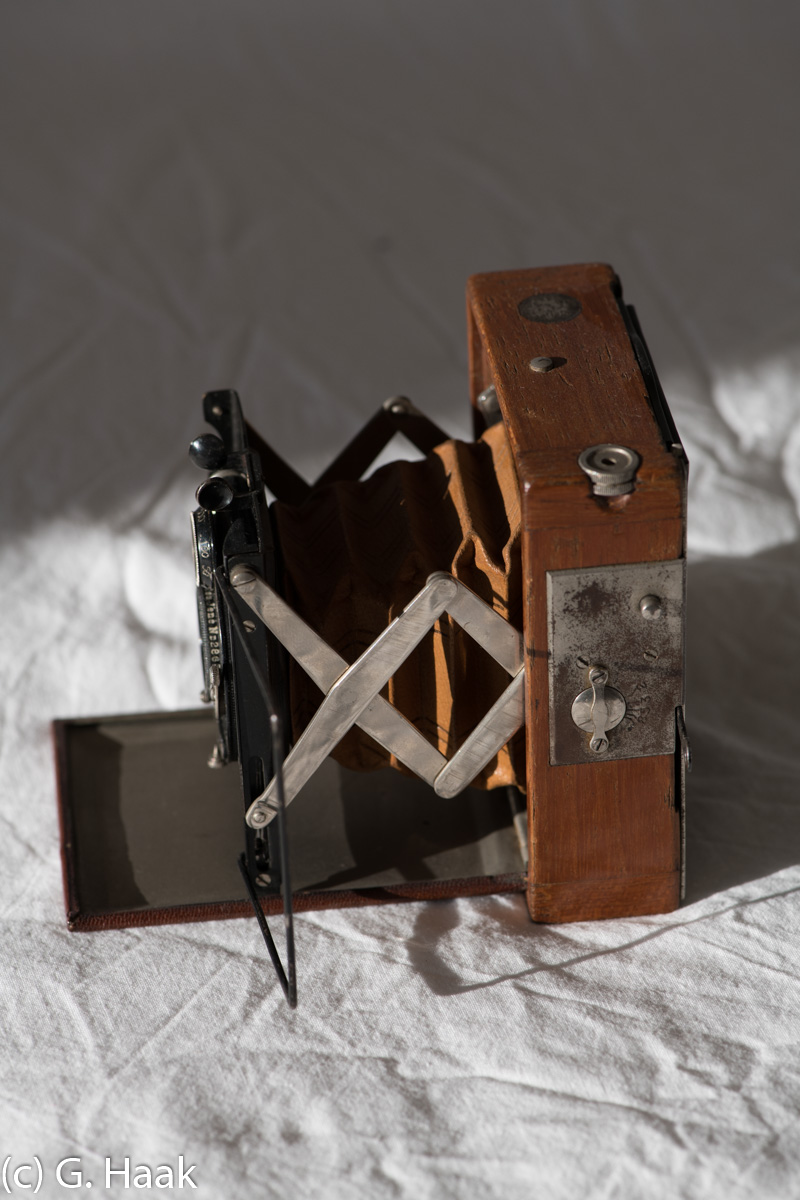
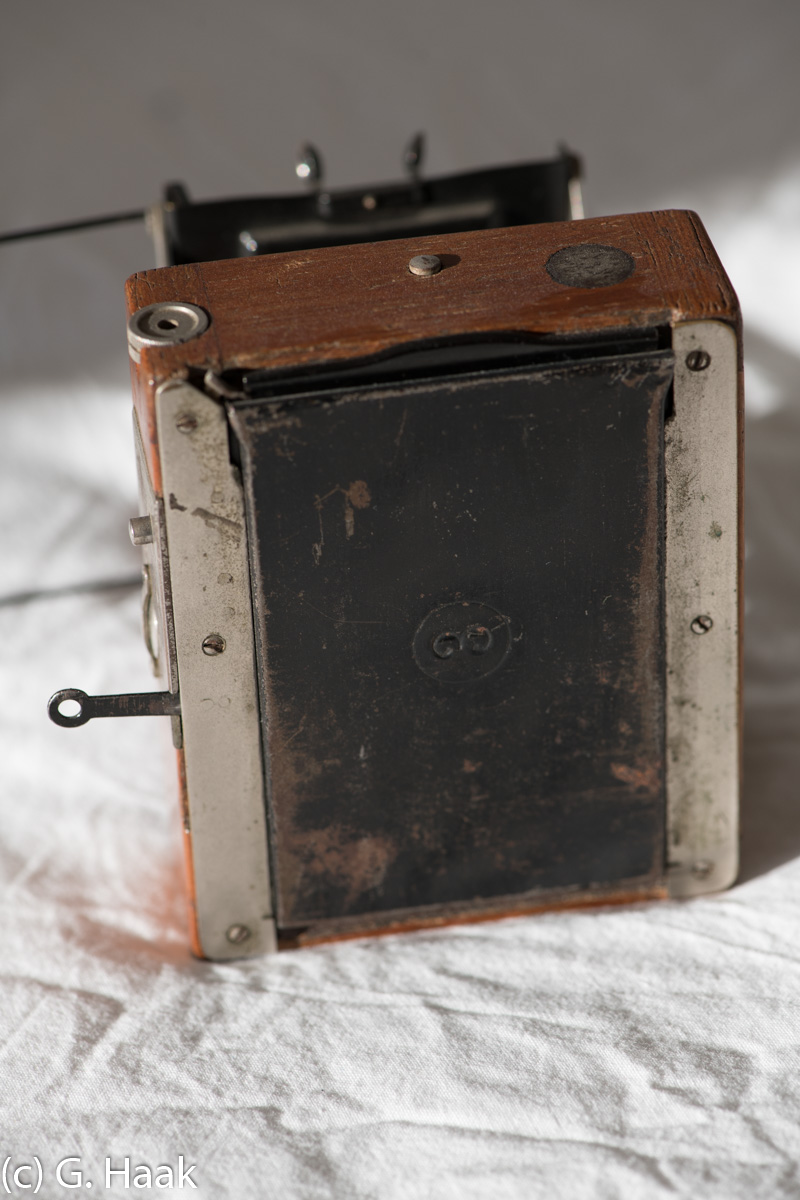
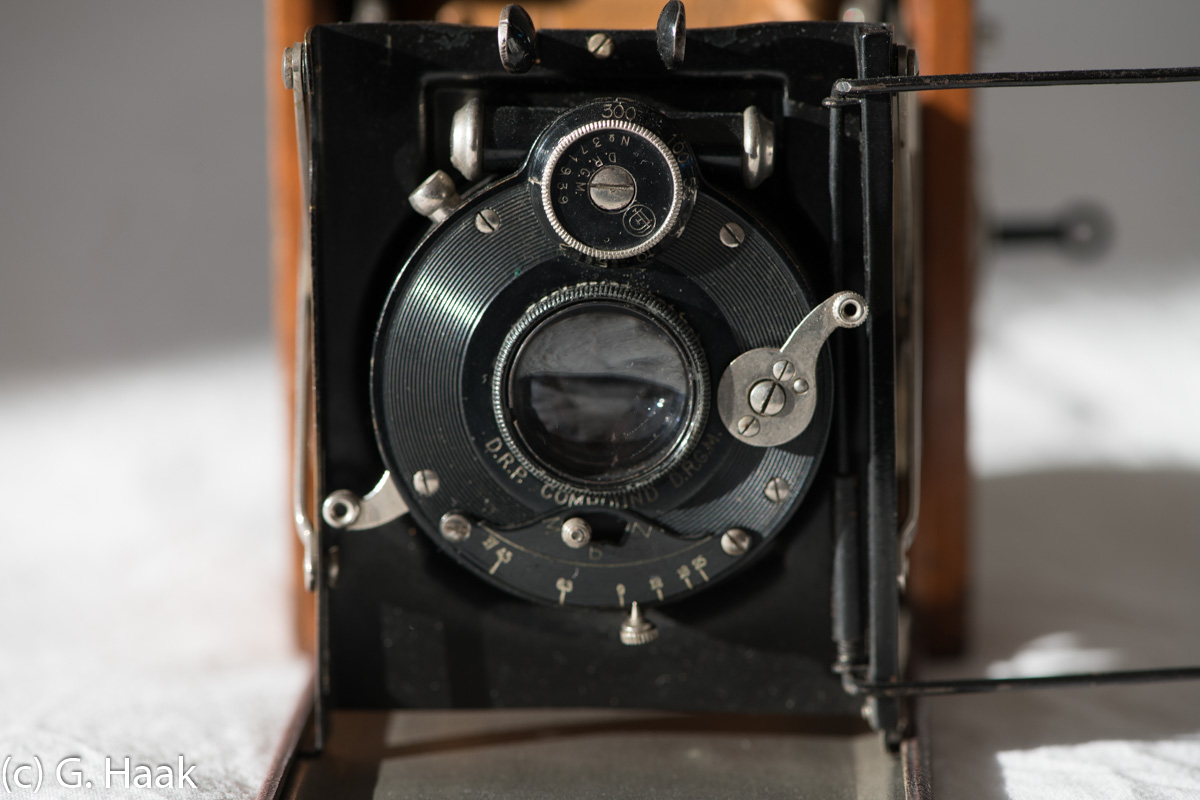
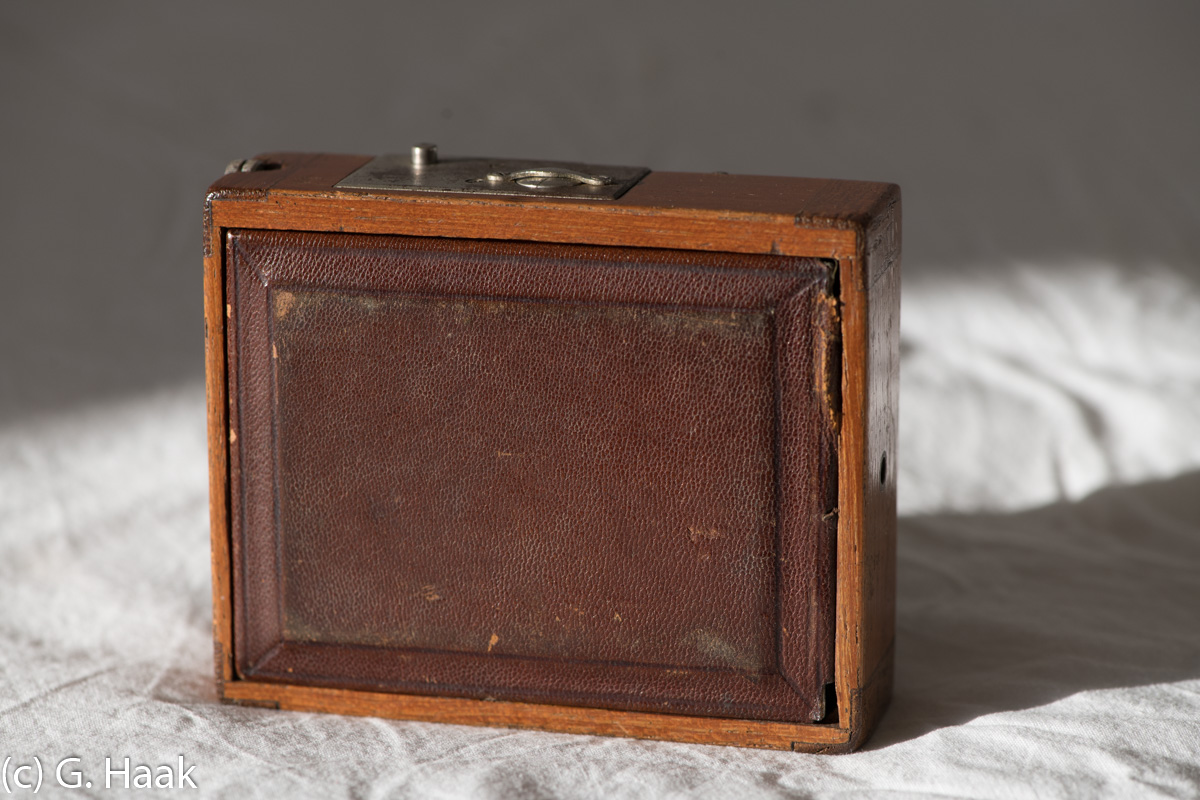
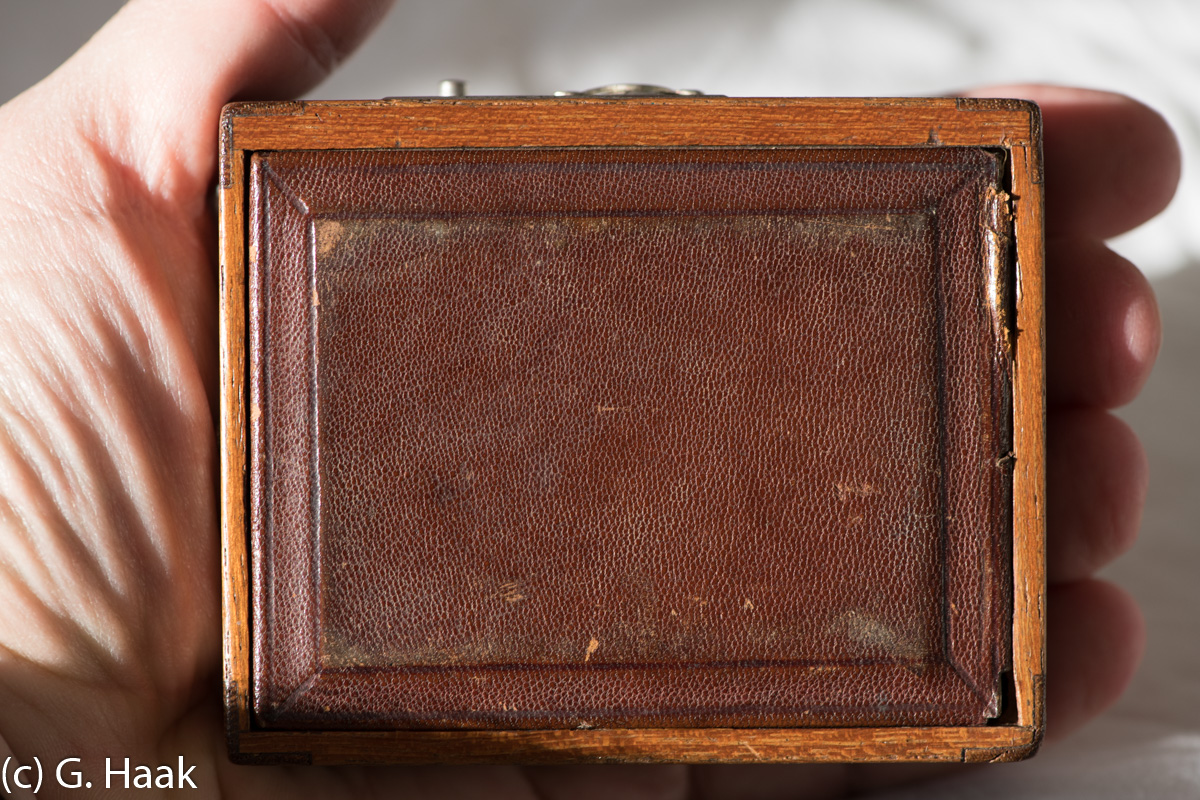
Ernemann Ermanox "Er-Nox", 1924
This is certainly one of the highlights of my collection: the Ermanox from Dresden manufacturer Ernemann a company founded in Dresden, Germany, in 1889. They operated until 1926 when Ernemann merged with Goerz, ICA, and Contessa-Nettel to form Zeiss Ikon.
With its revolutionary and very fast lens design this camera made candid photojournalism possible. Made famous in particular by photo journalist Dr. Erich Salomon who before WW2 photographed many important people indoors. This camera here is the very first model introduced 1924 which still had a f2.0 100mm lens later replaced by a f1.8 85mm version. According to non-verified sources it was said to be marketed under the name "Er-Nox".
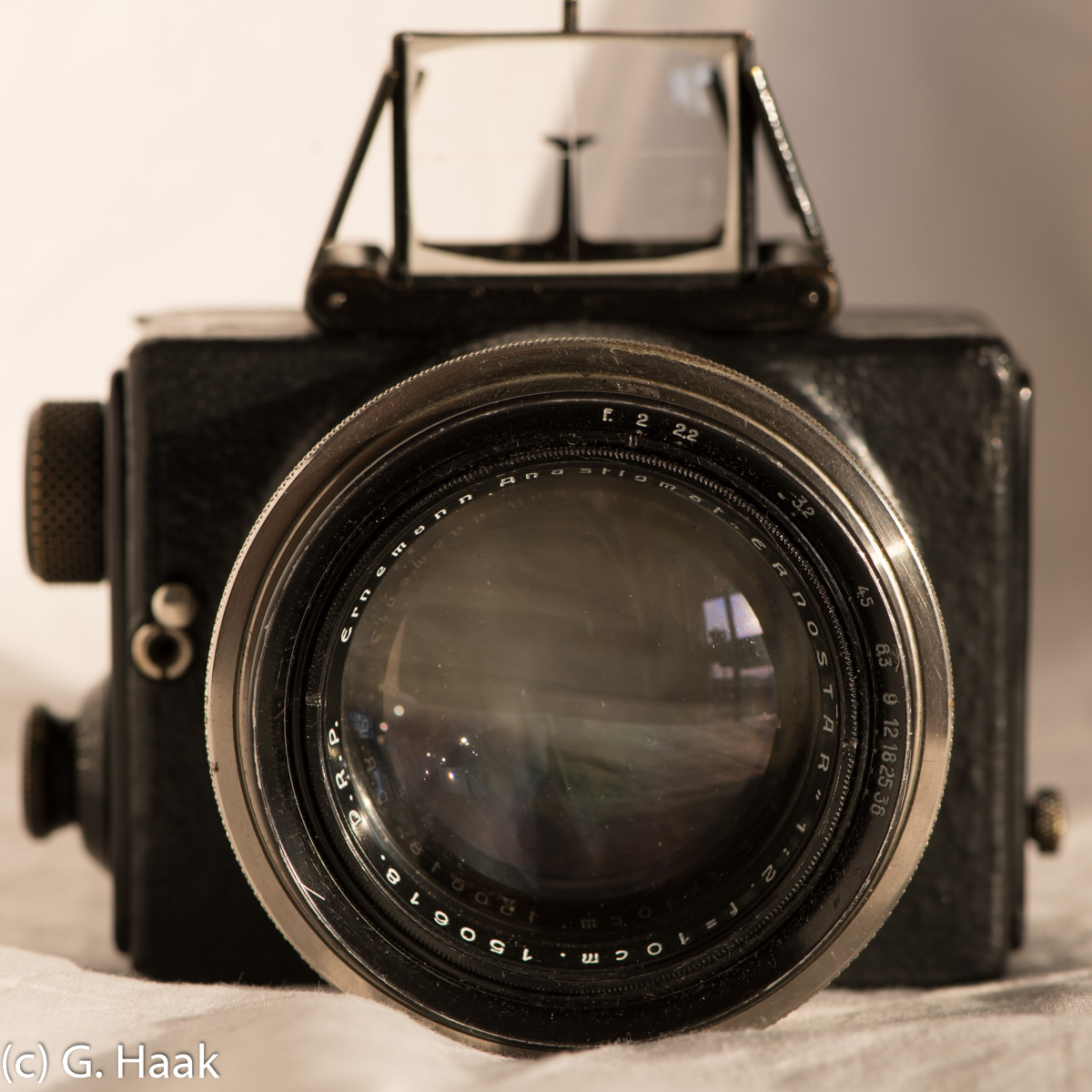
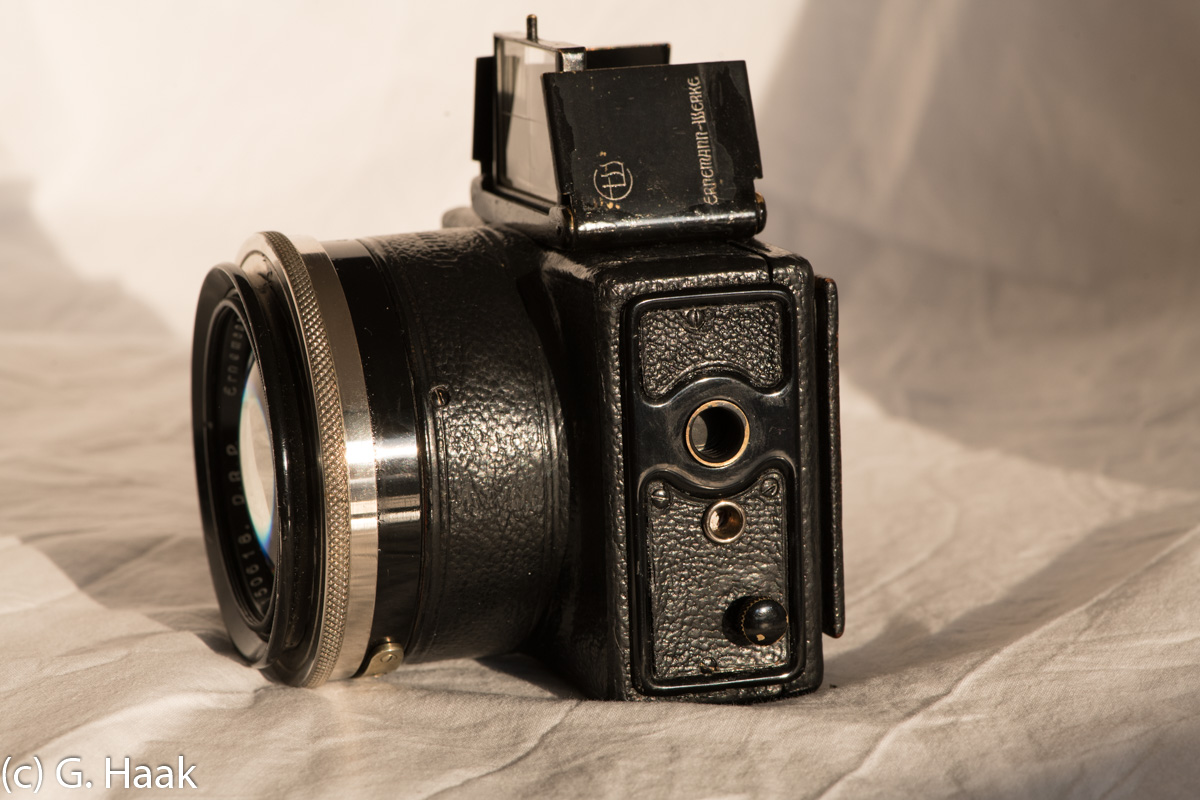
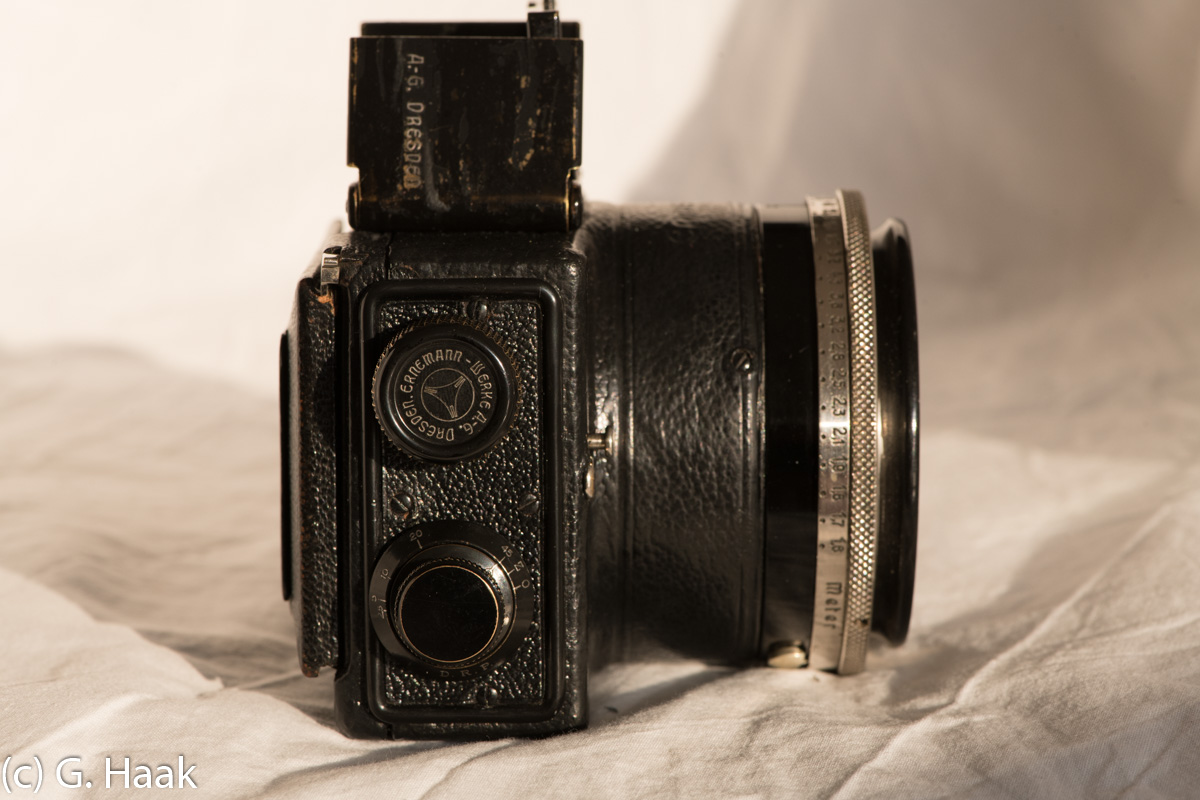
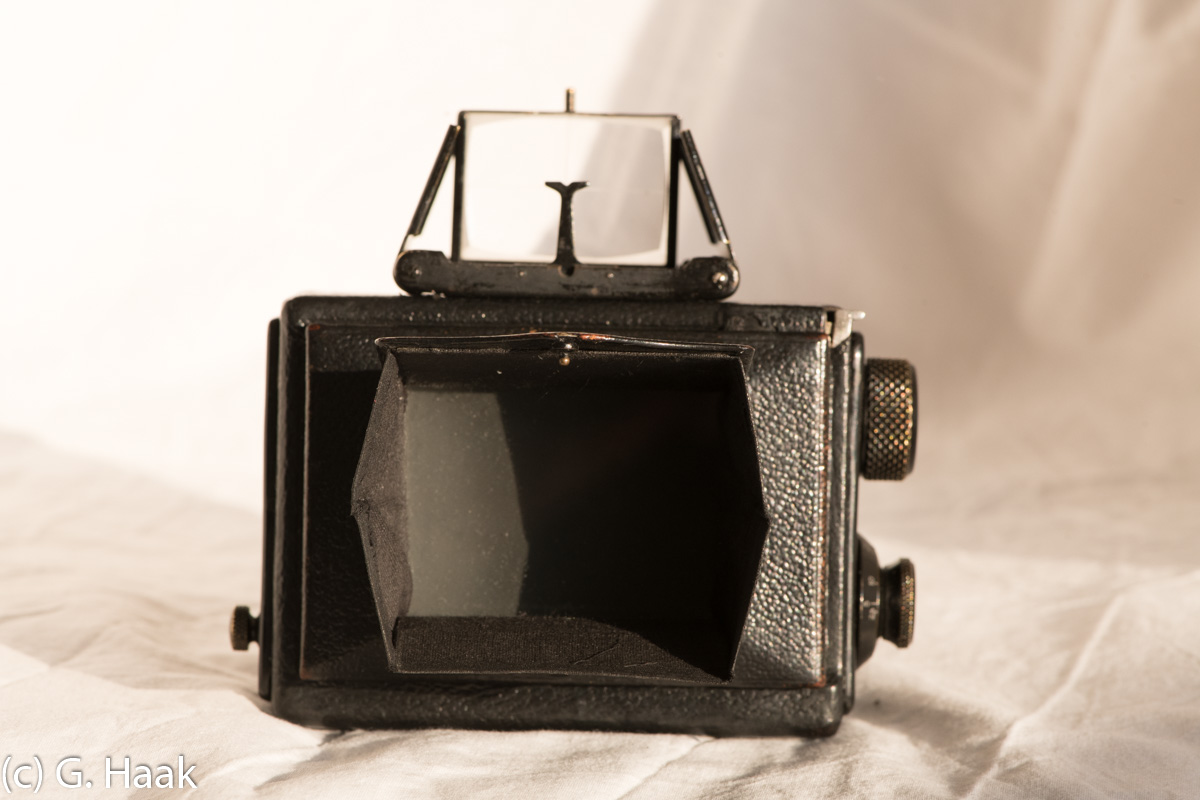
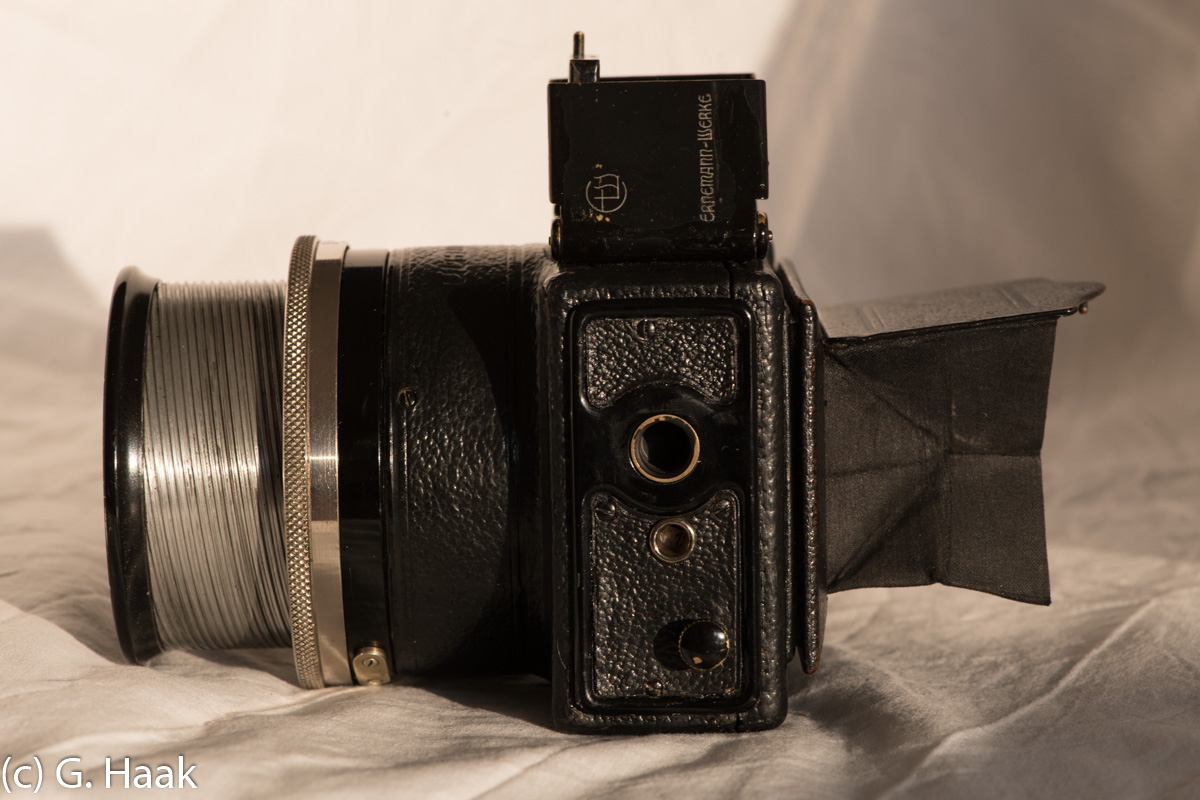
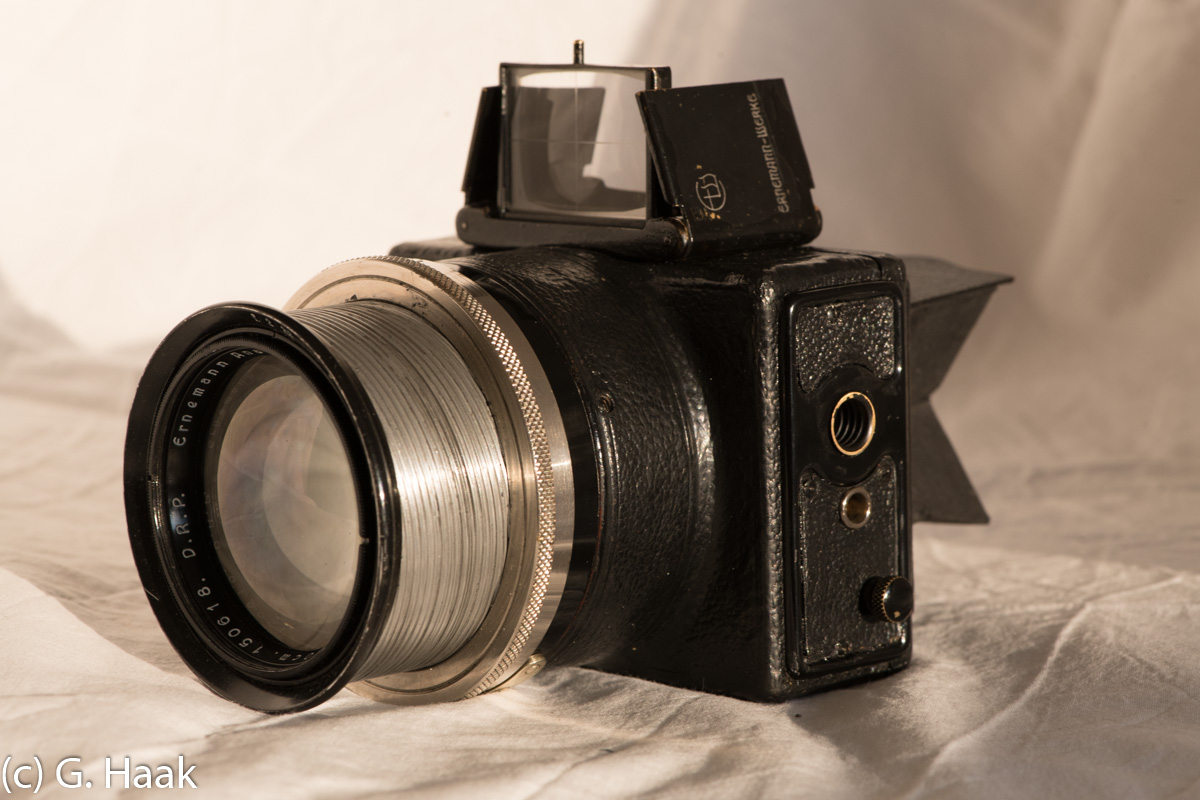
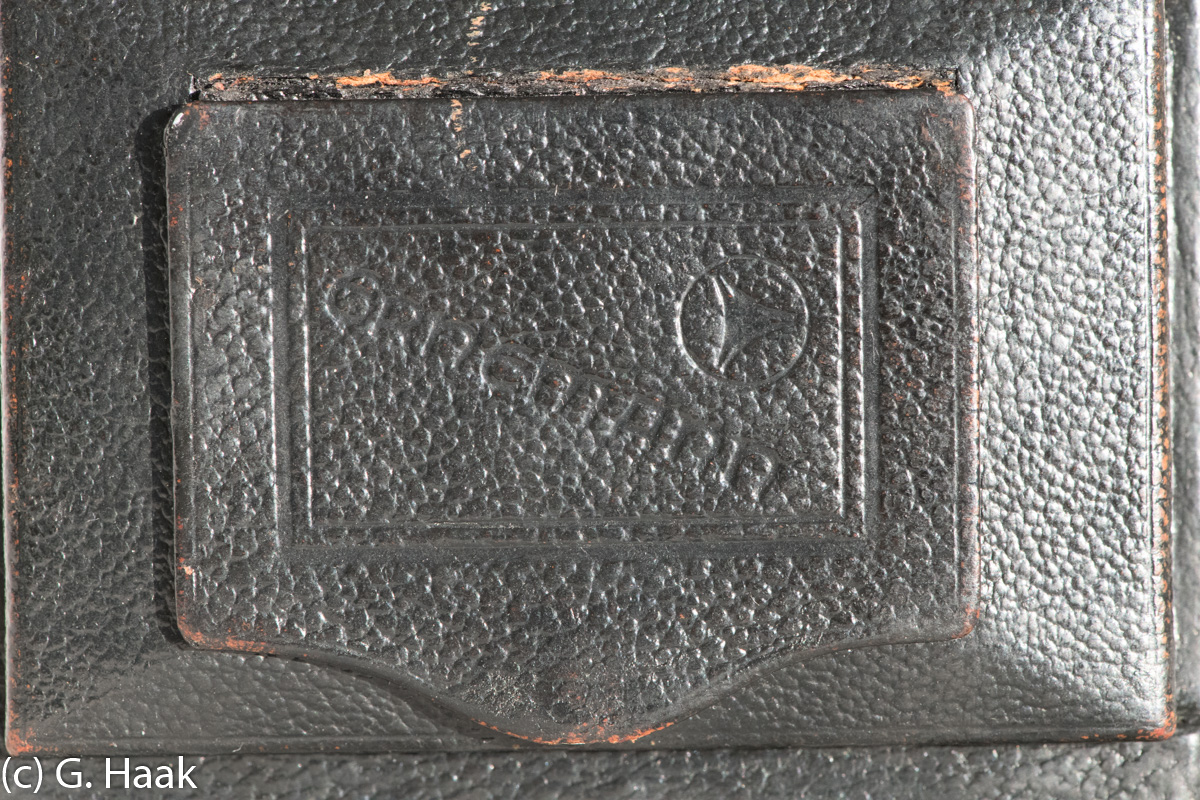
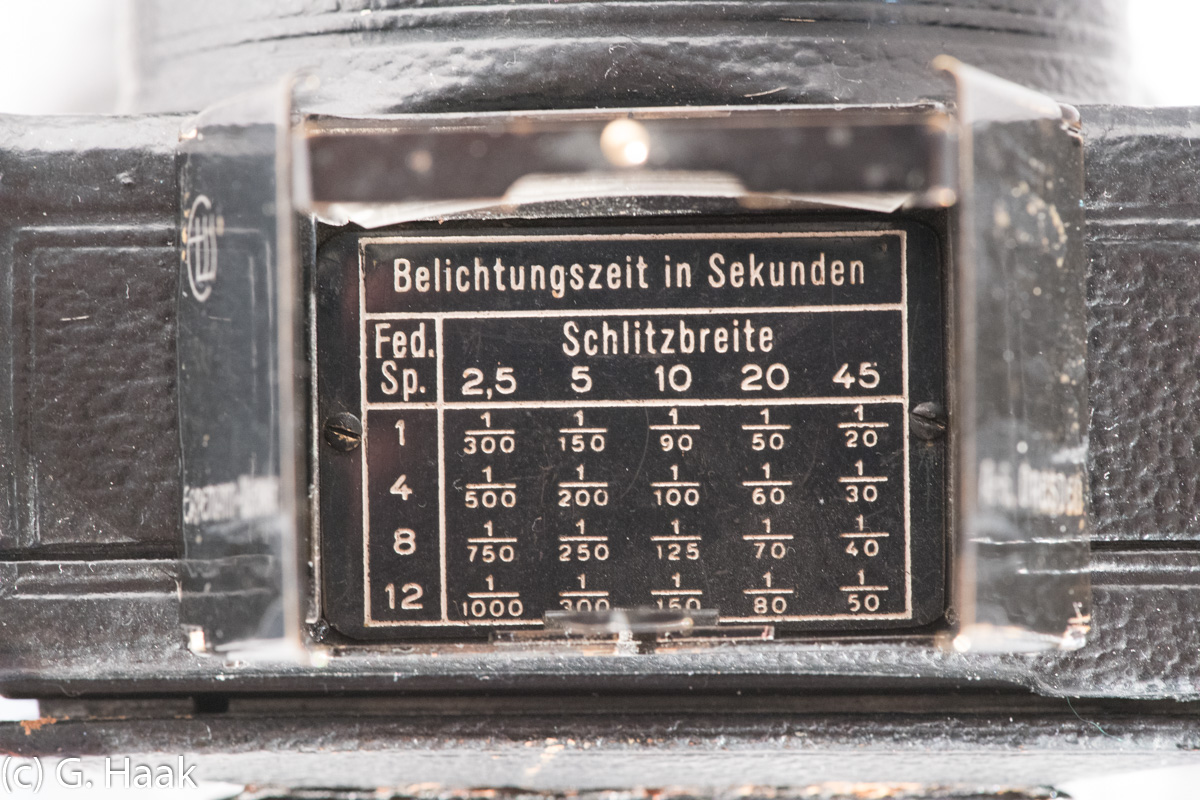
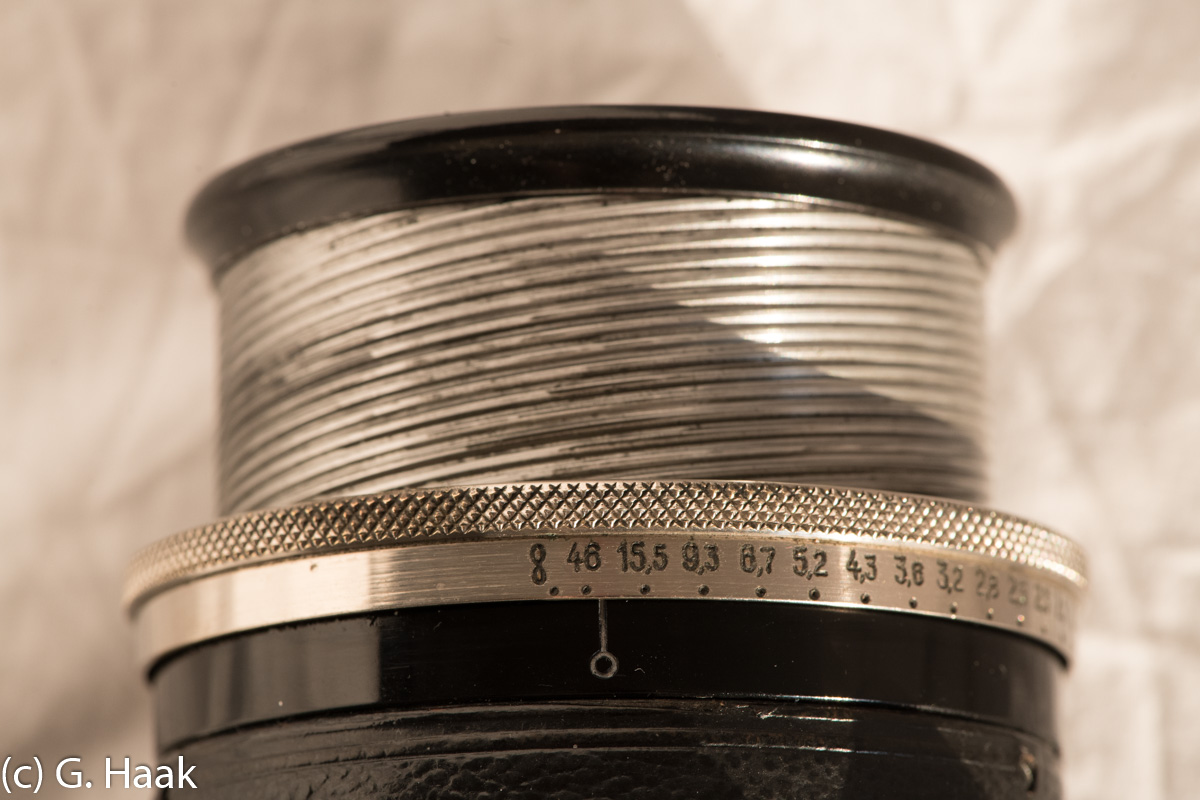
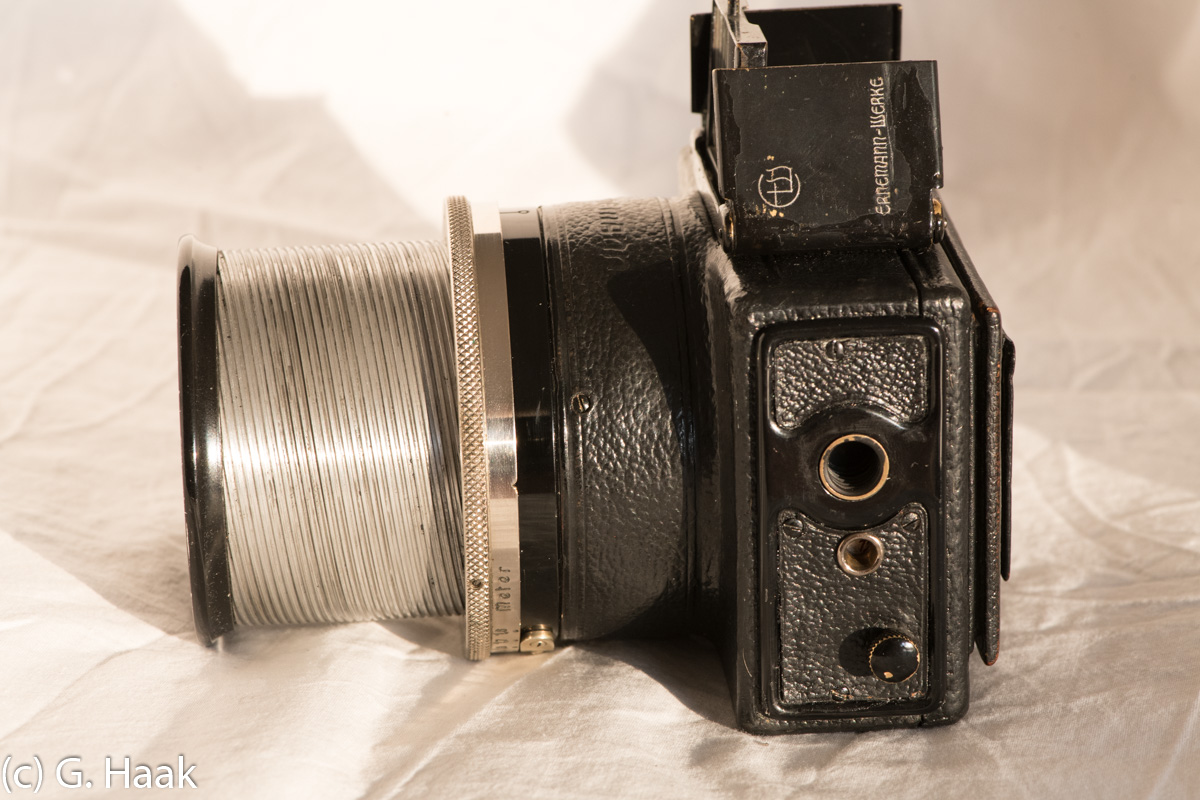
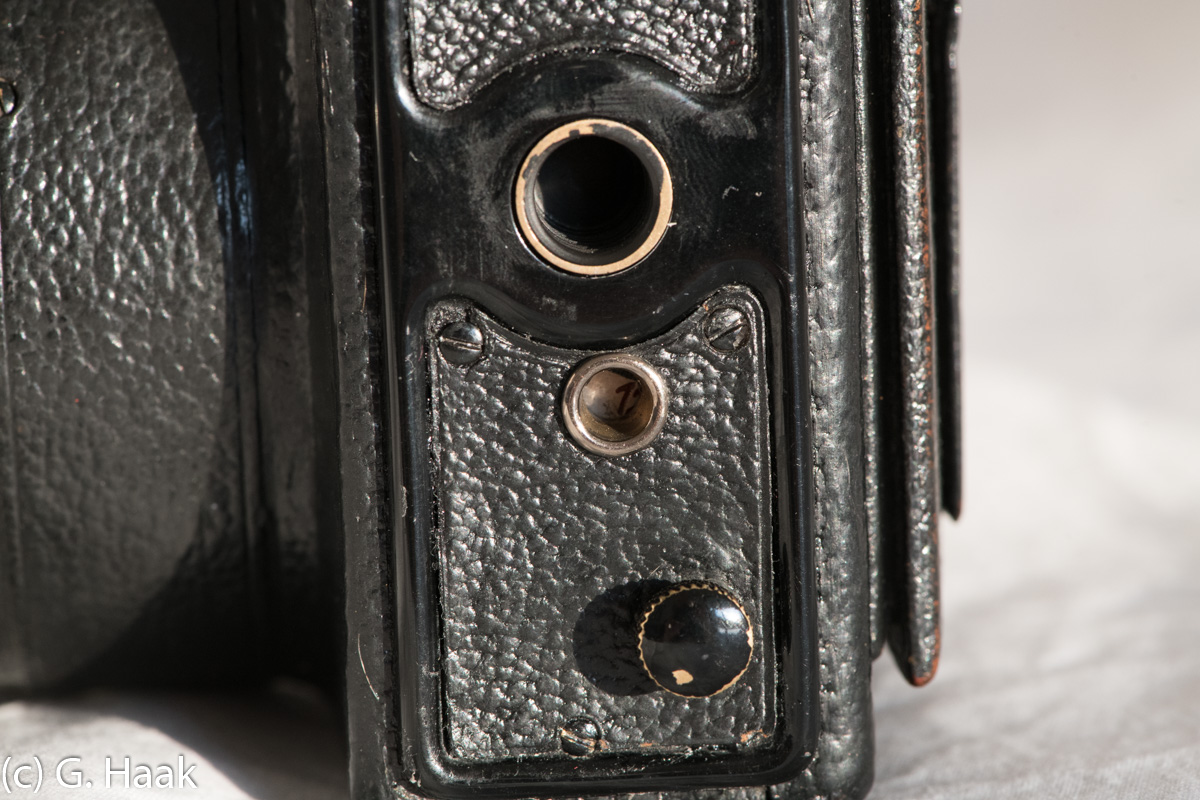
Zeiss Ikon Kolibri, 1930-1935
The Kolibri was a really innovative design introduced in 1930 and produced until 1935. It used the small 127 roll film (shooting 16 3x4 negatives) in a very compact design with retractable lens, somewhat similar to the Leica cameras. They came with a variety of lenses of high quality.
Number 1 is a version with a Tessar f3.5 lens.
Number 2 was produced later and has a faster f2.5 lens.
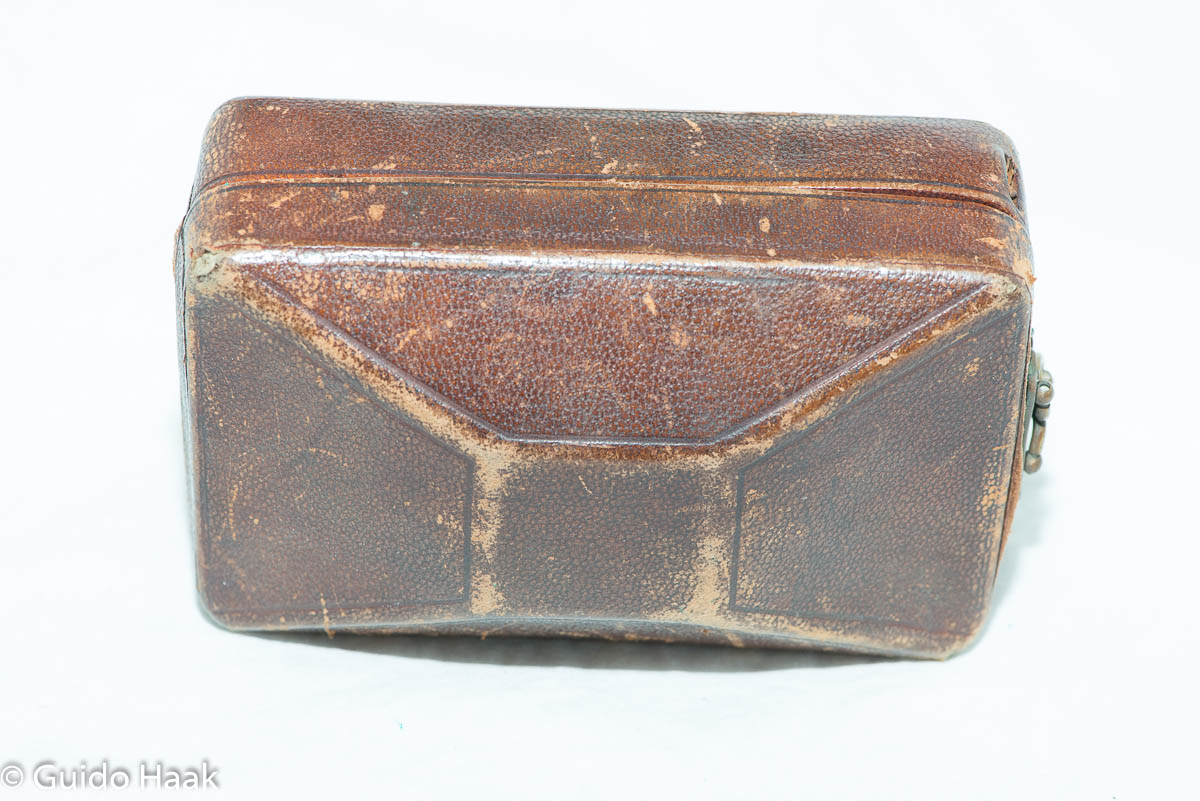
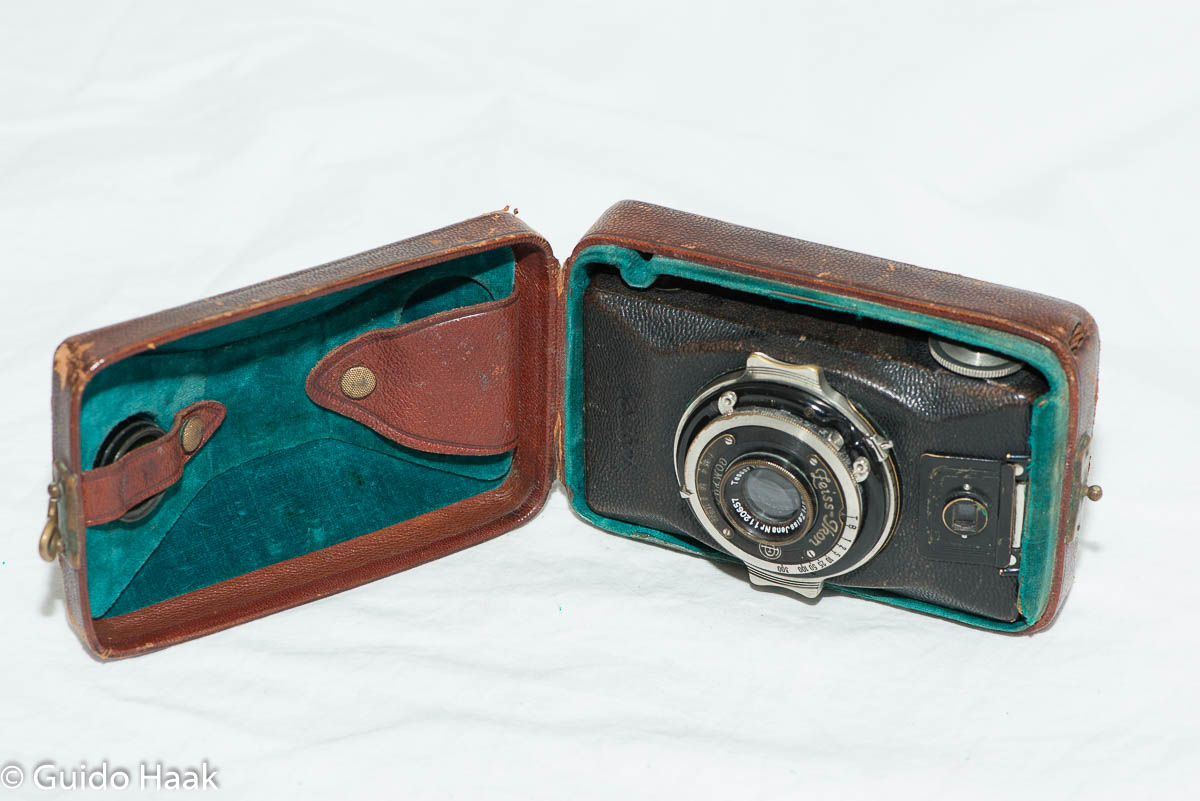
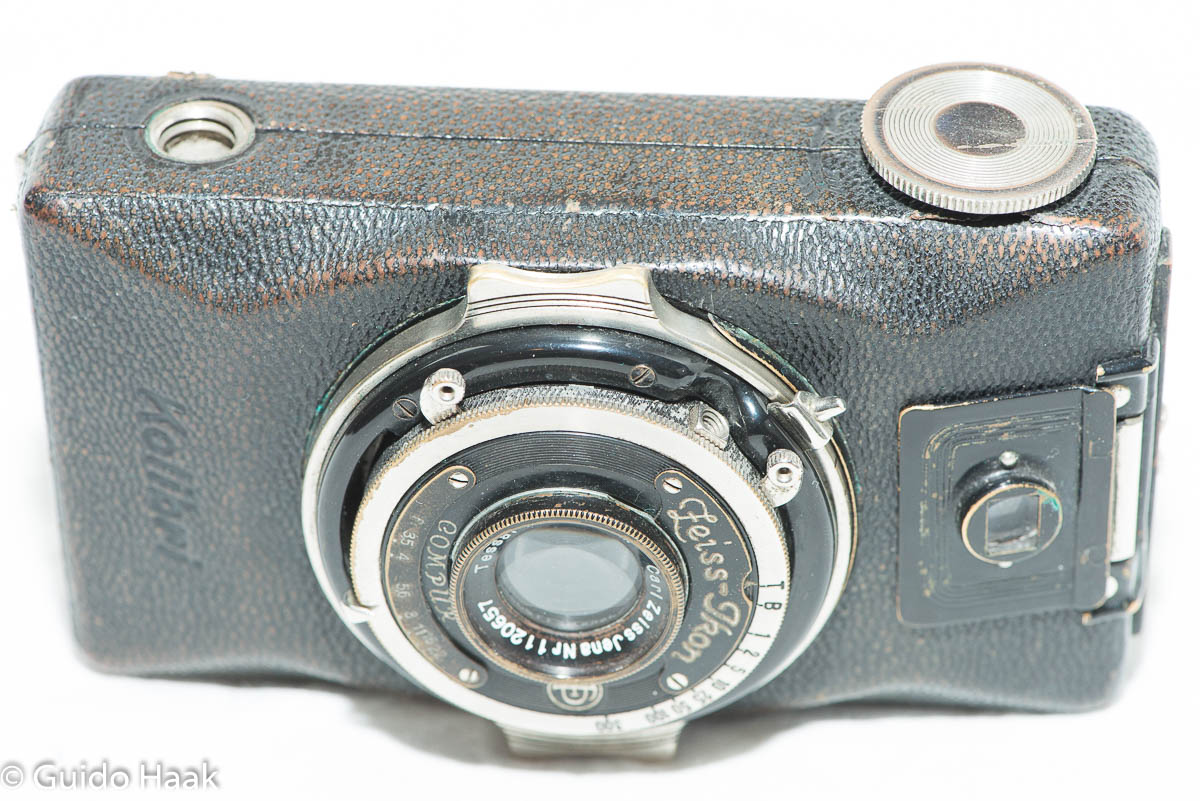
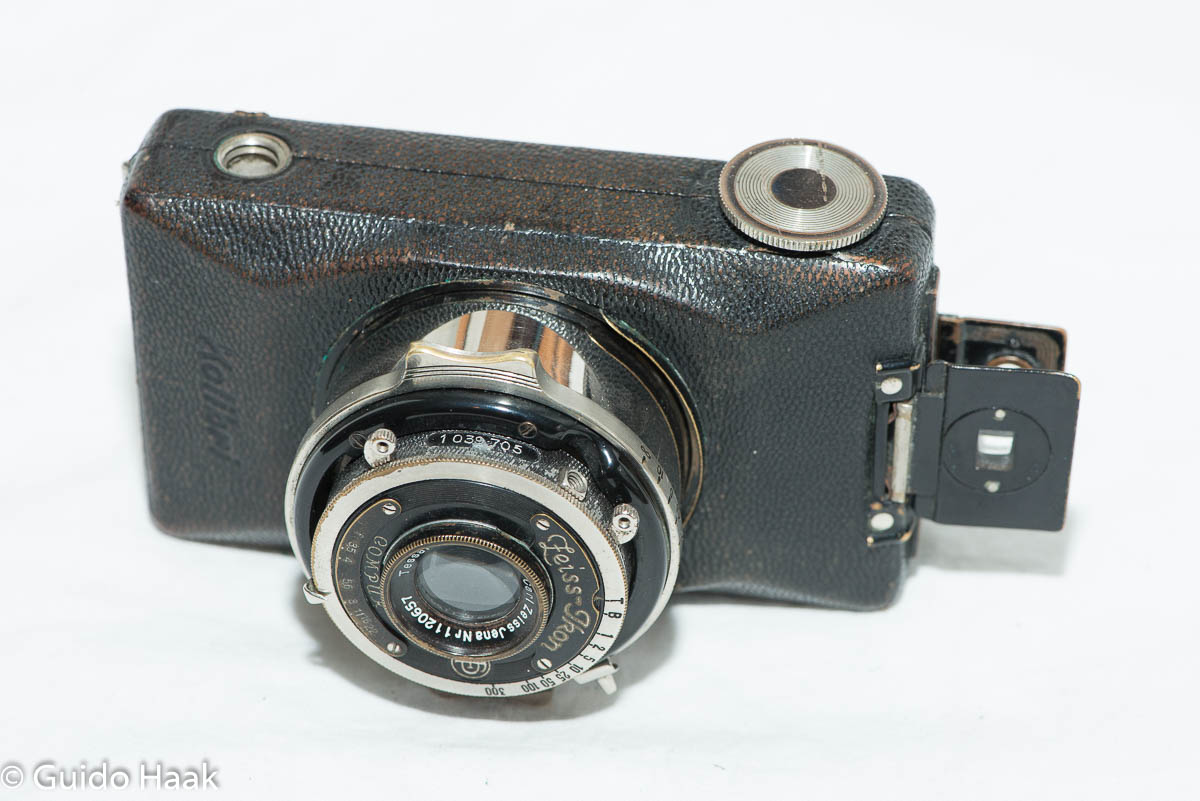
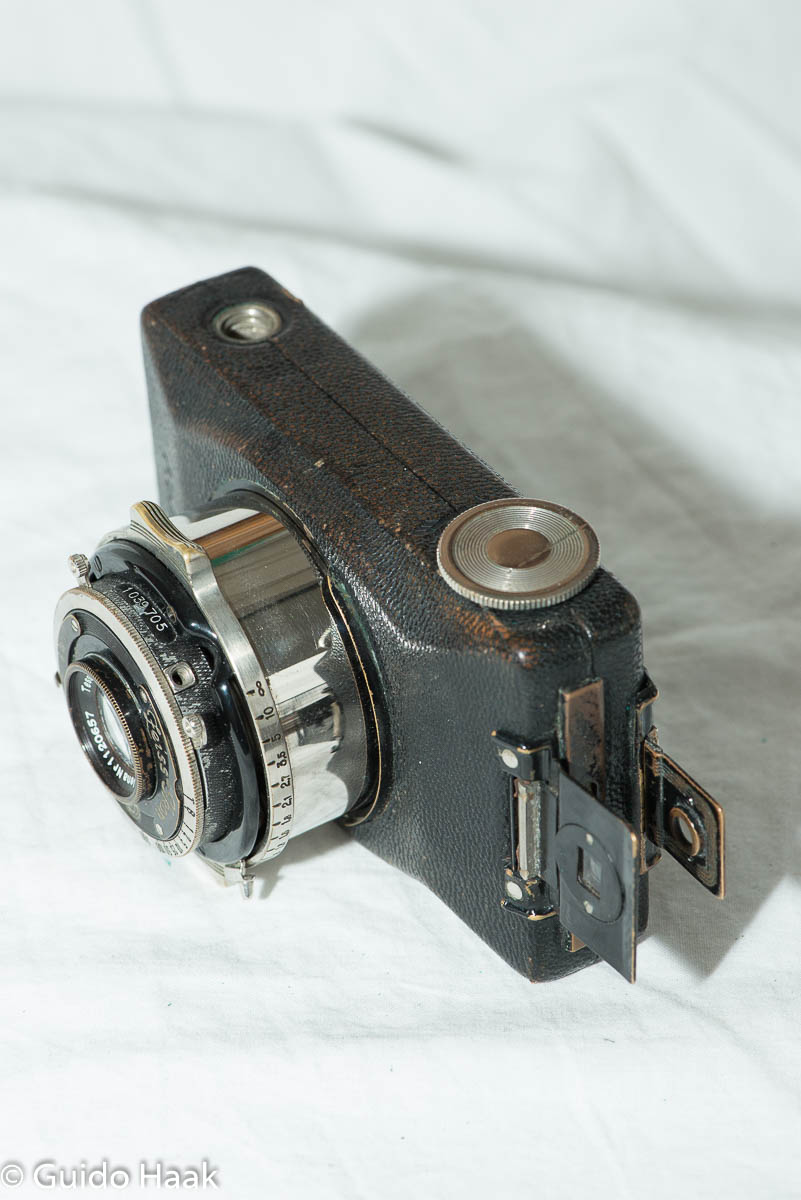
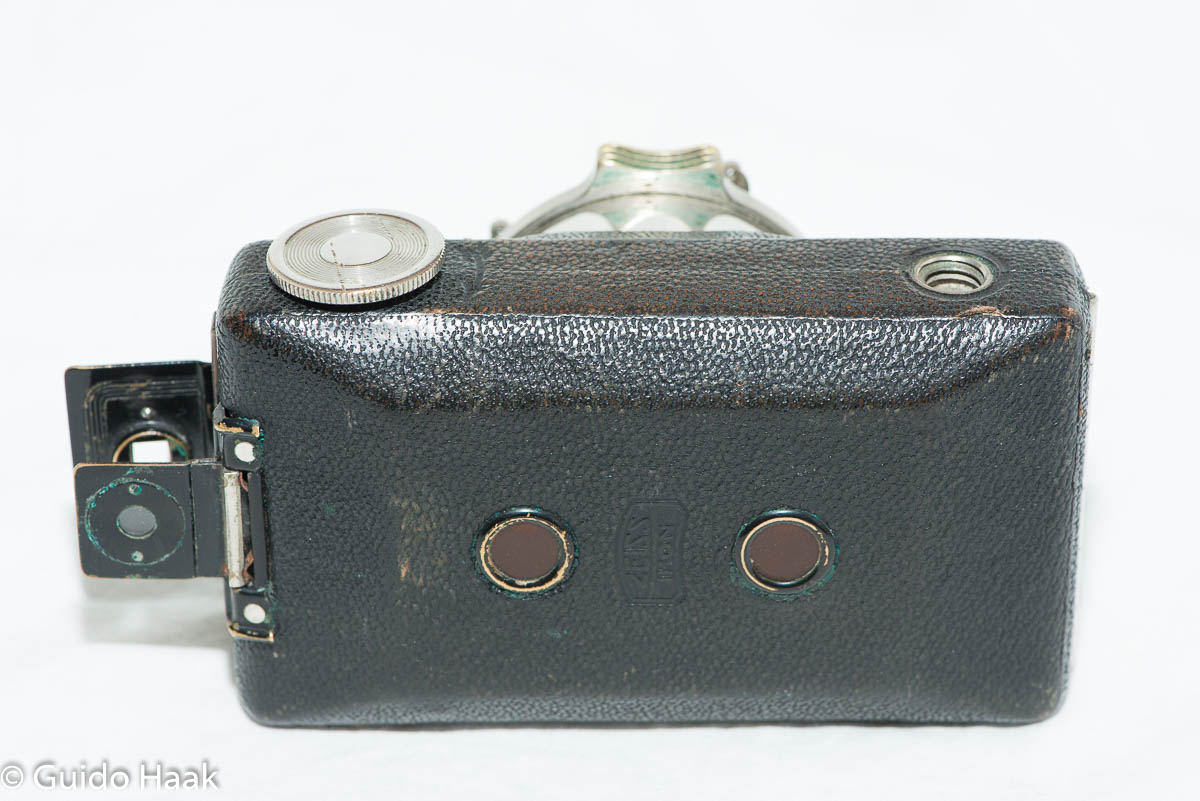
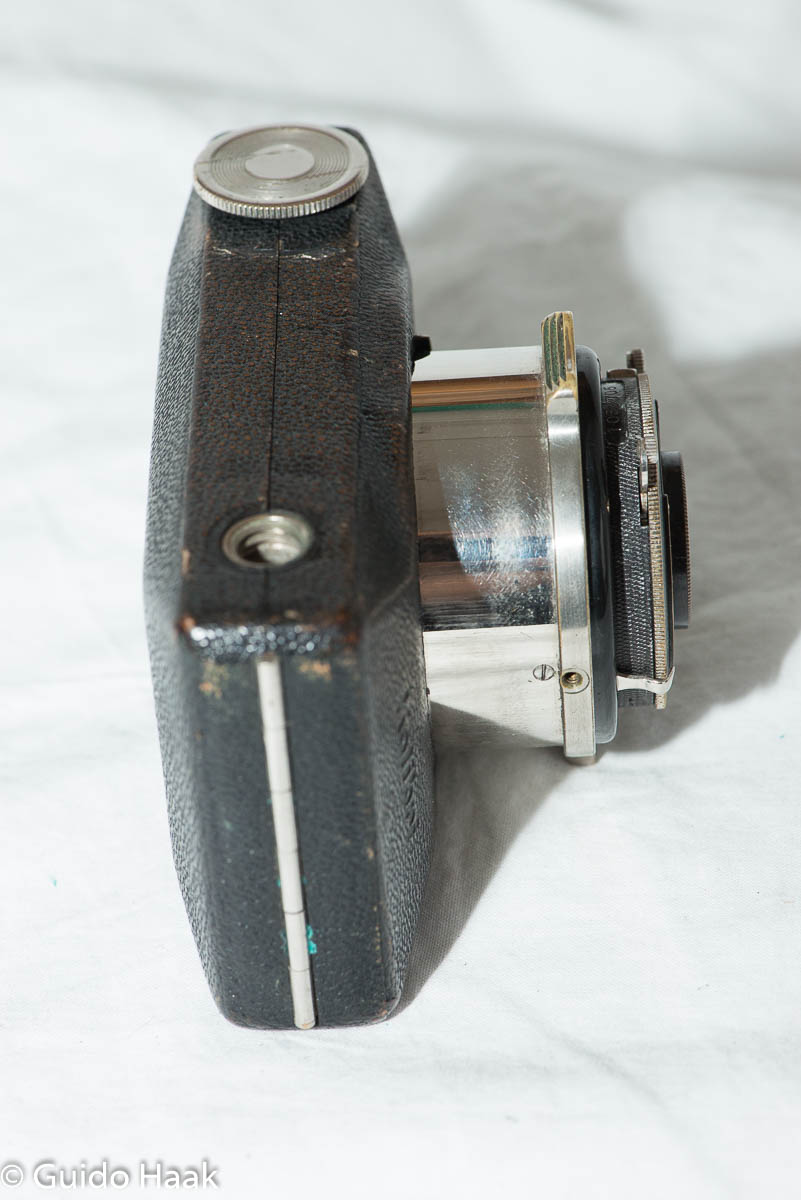
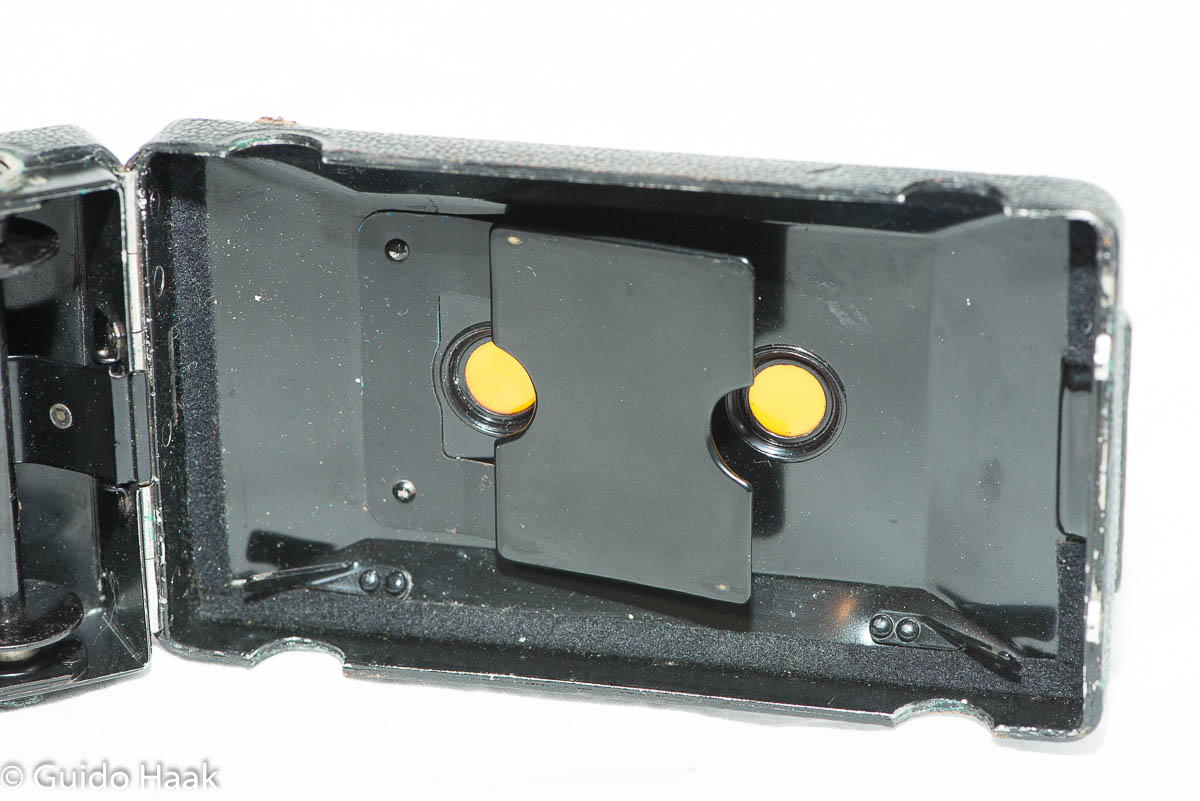
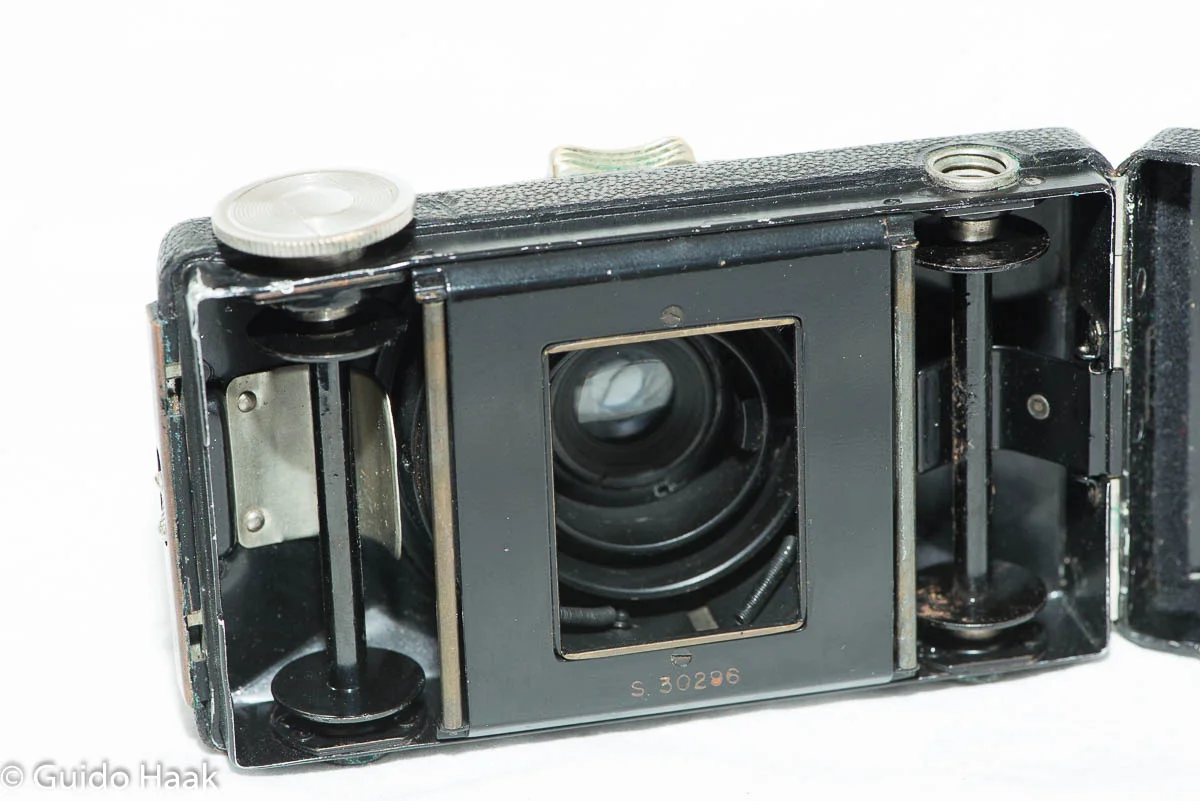
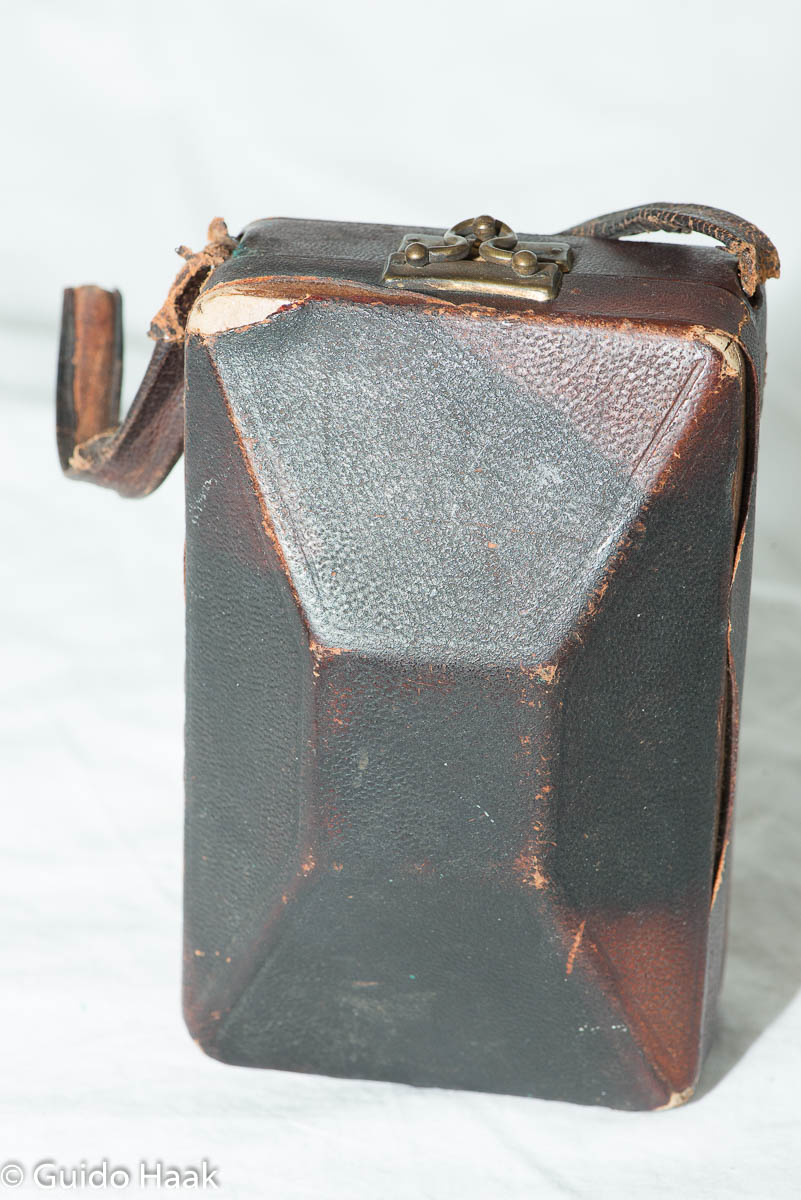
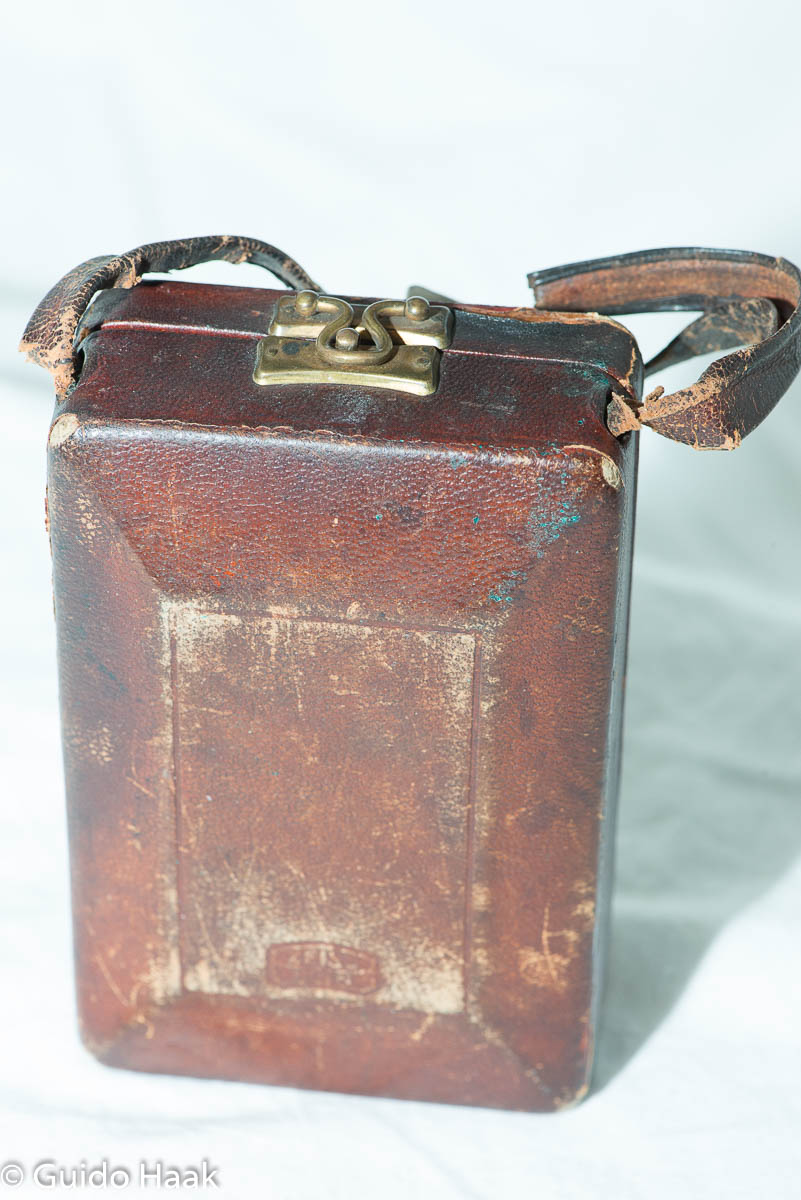
Ernemann Miniature Ernoflex, ca. 1925
This is a very early SLR from Ernemann.
The Miniature Ernoflex took 4x6,5cm glass plates, also a 127 roll film back was available. In case the photographer was not used to the still young SLR technology he/she could alternatively use a conventional ground glass screen in the back to focus. The example here is still fully functional.
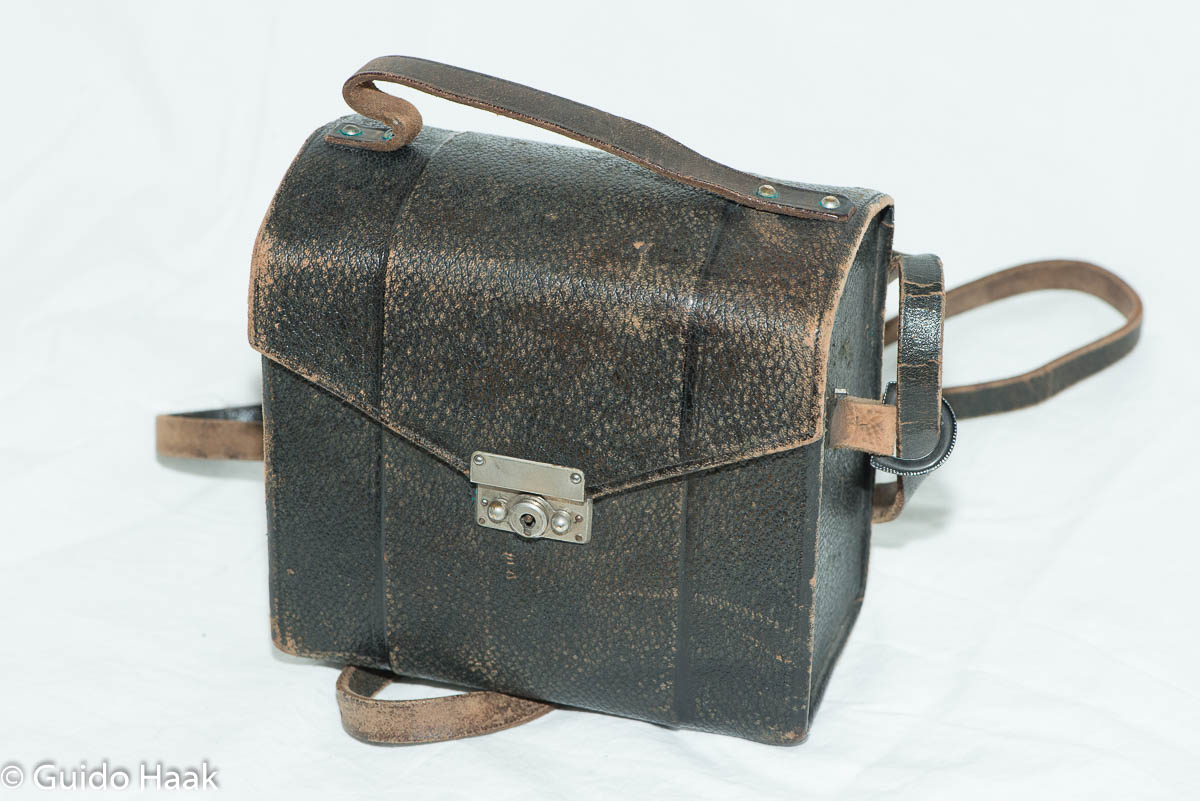
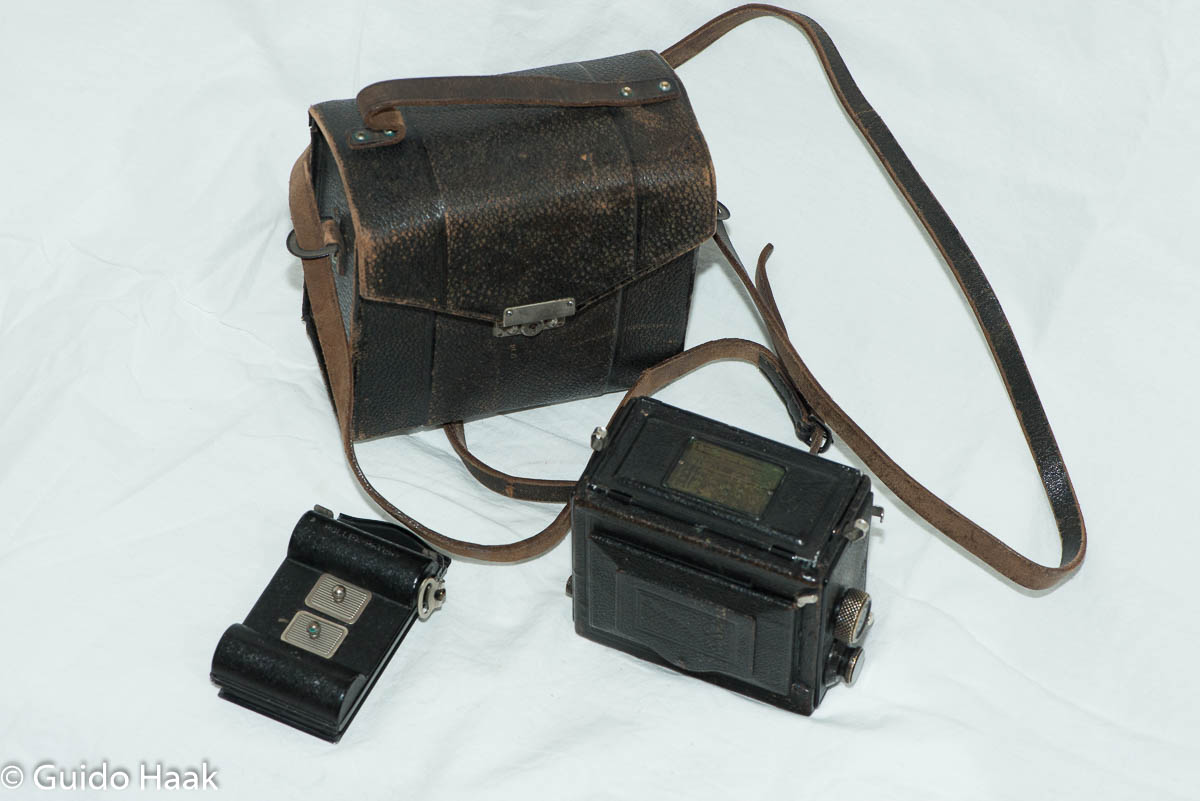
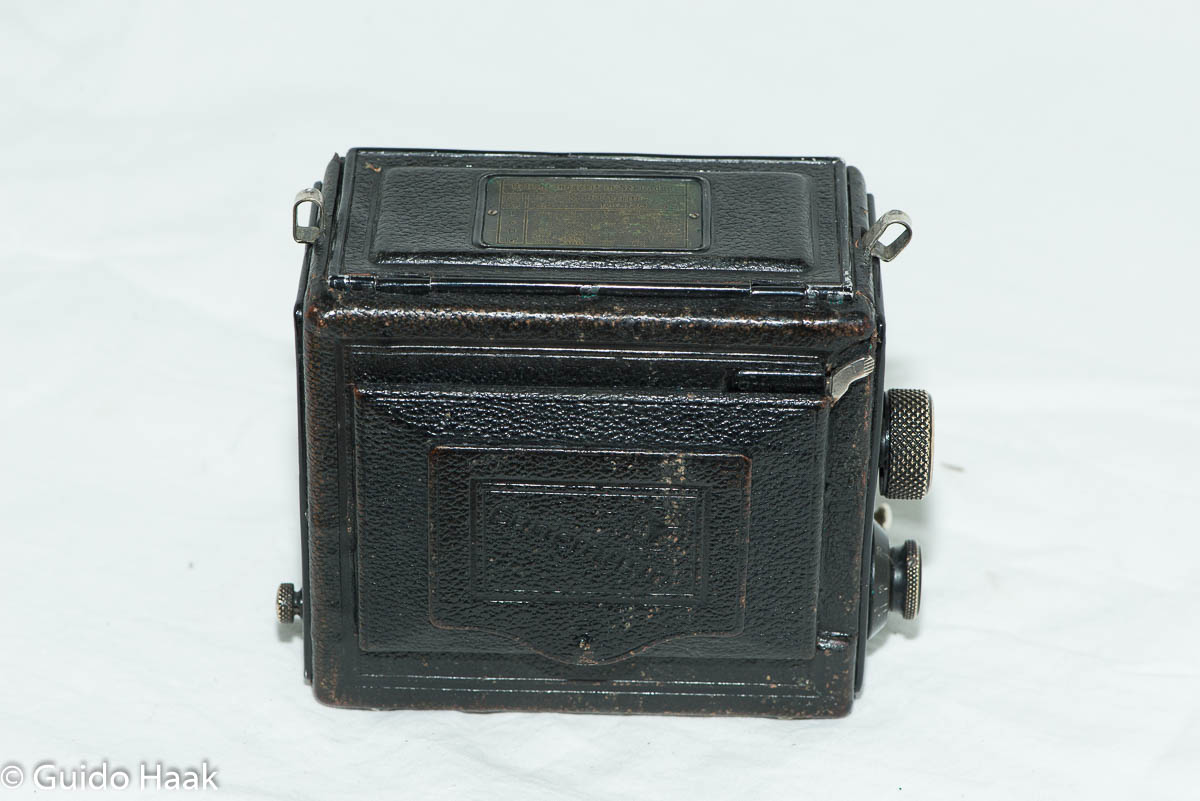
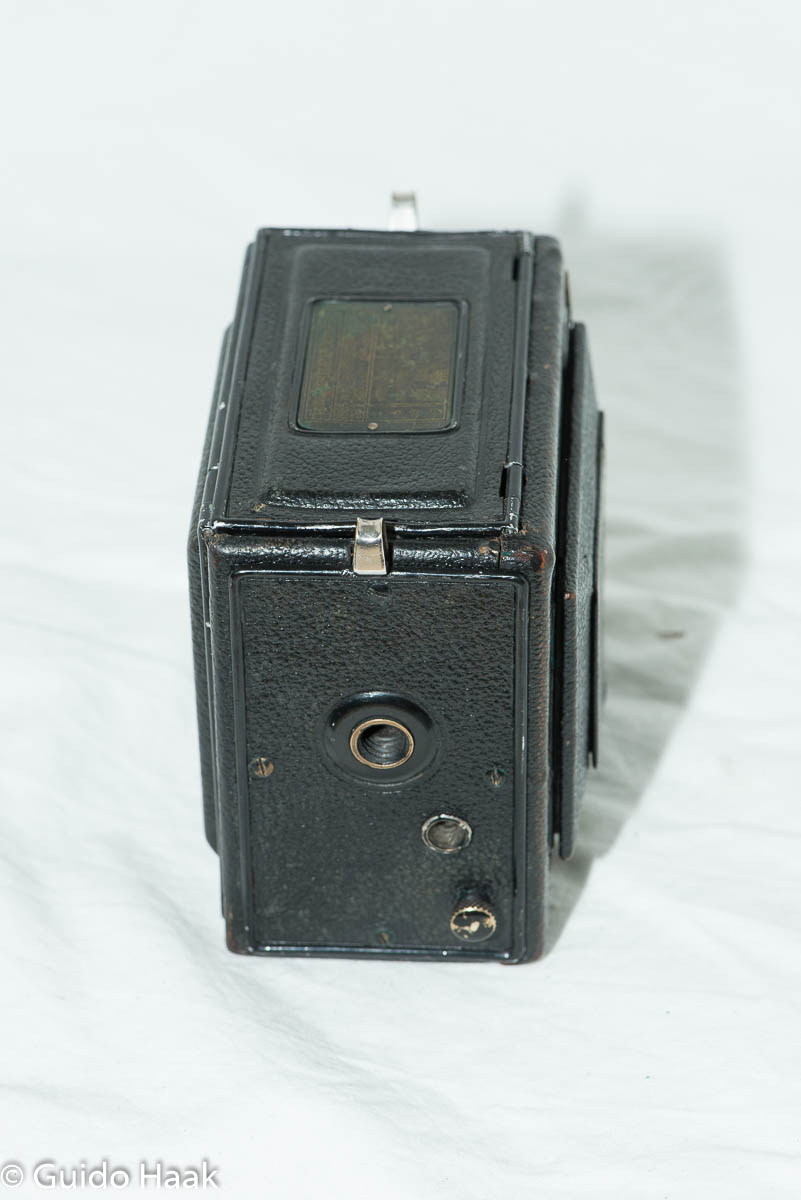
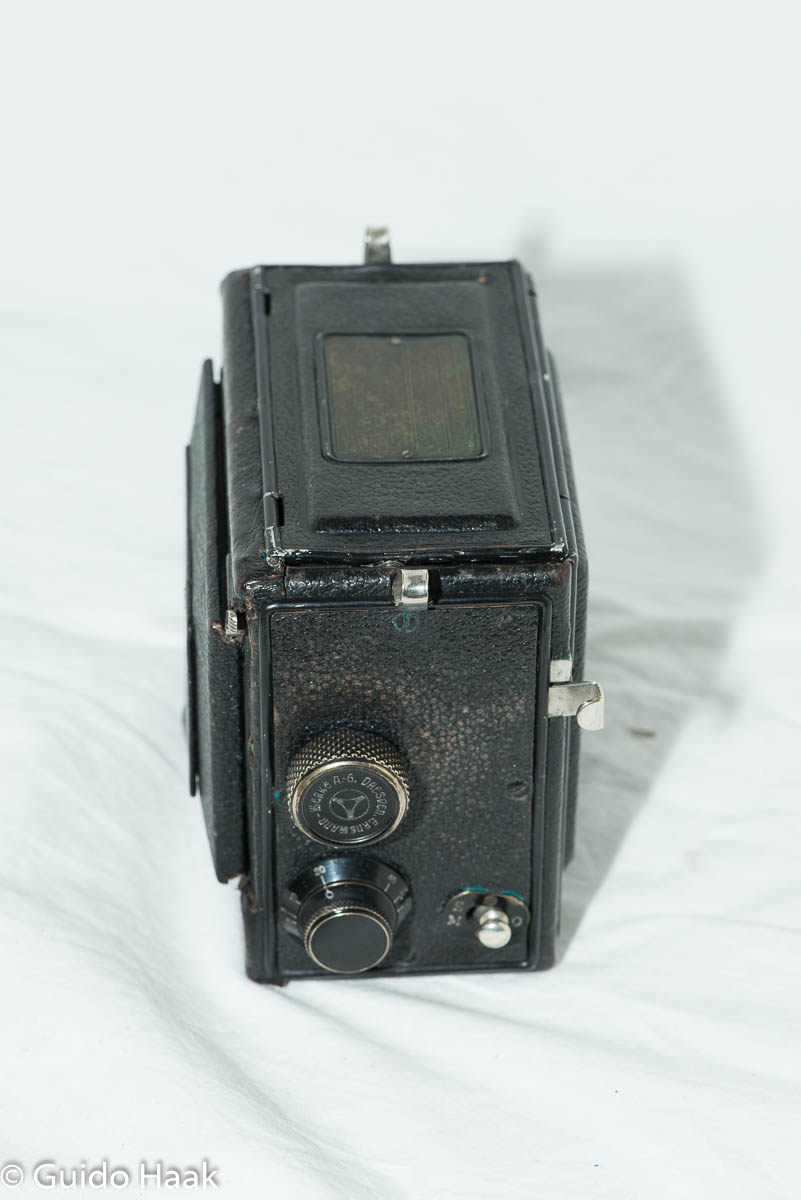
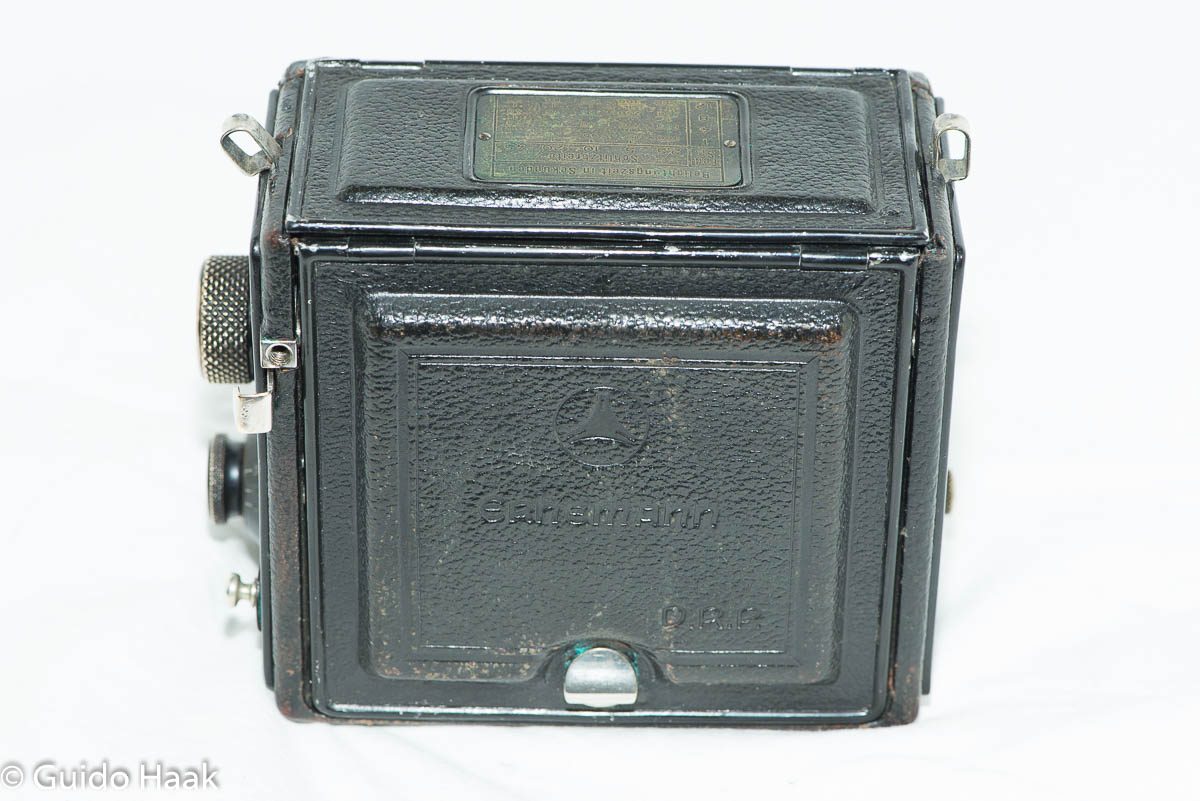
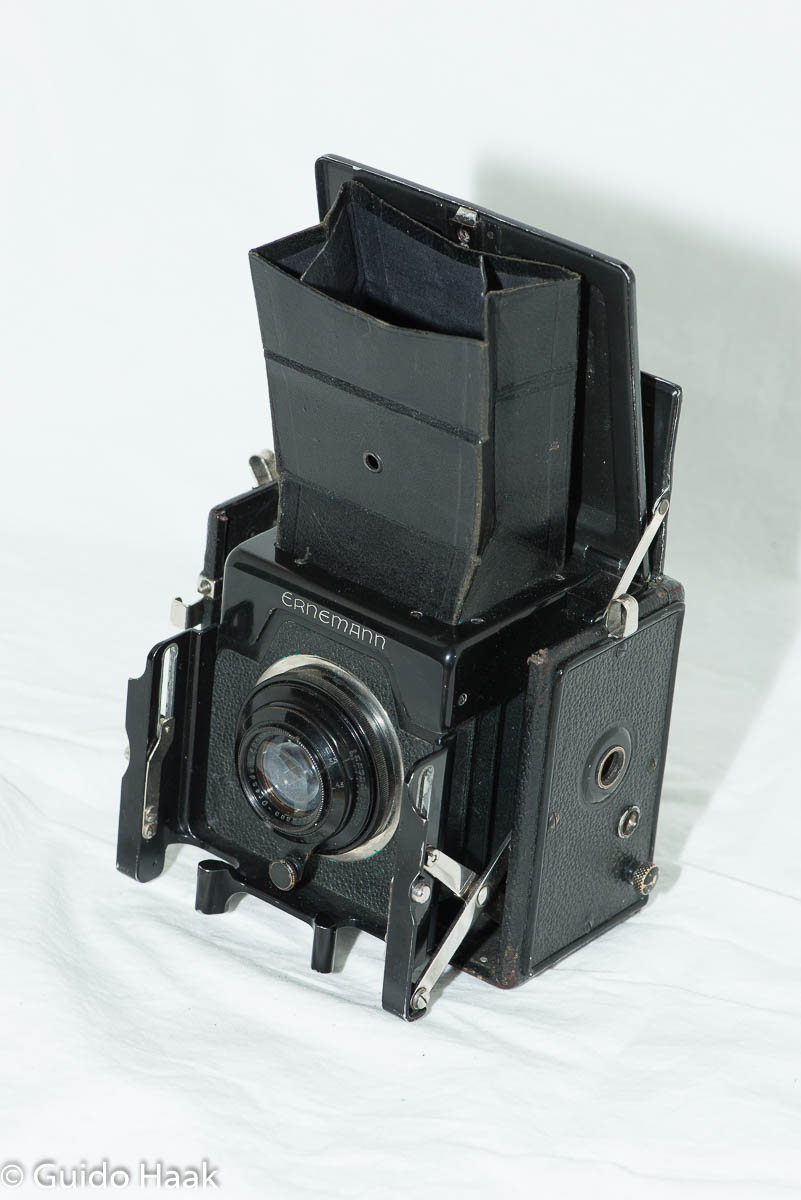
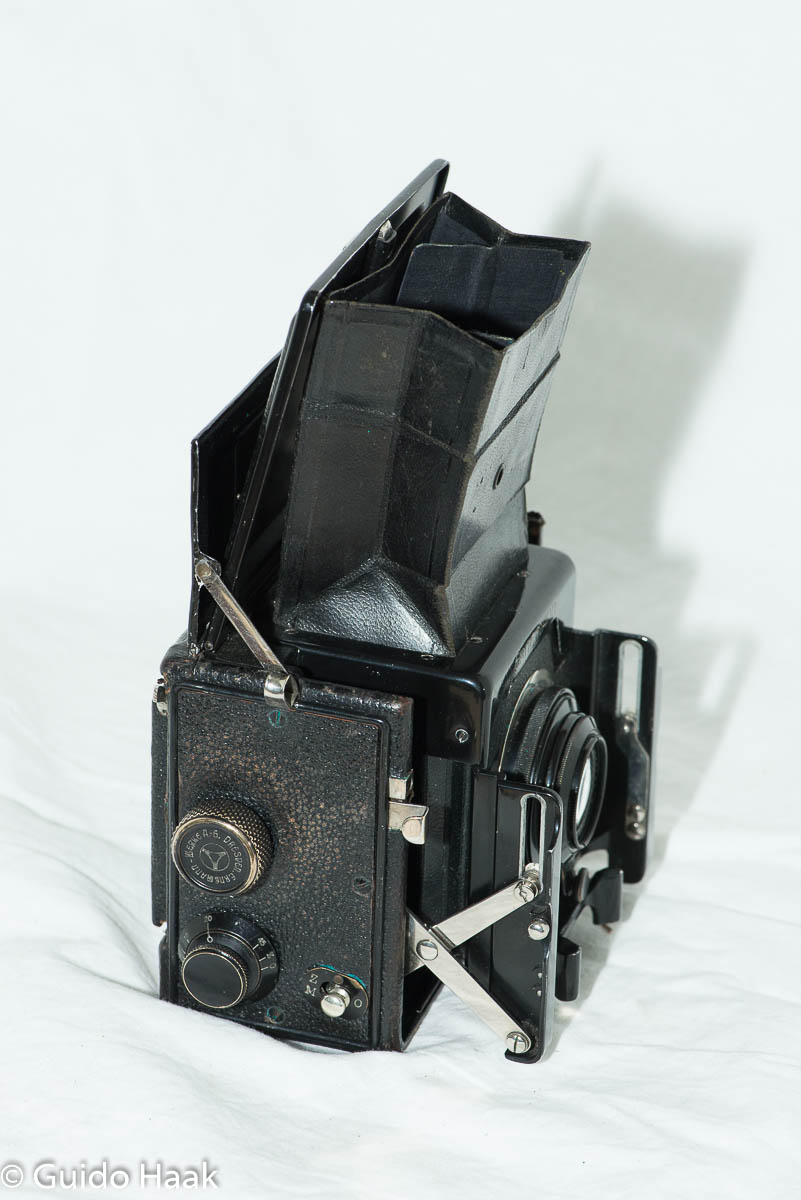
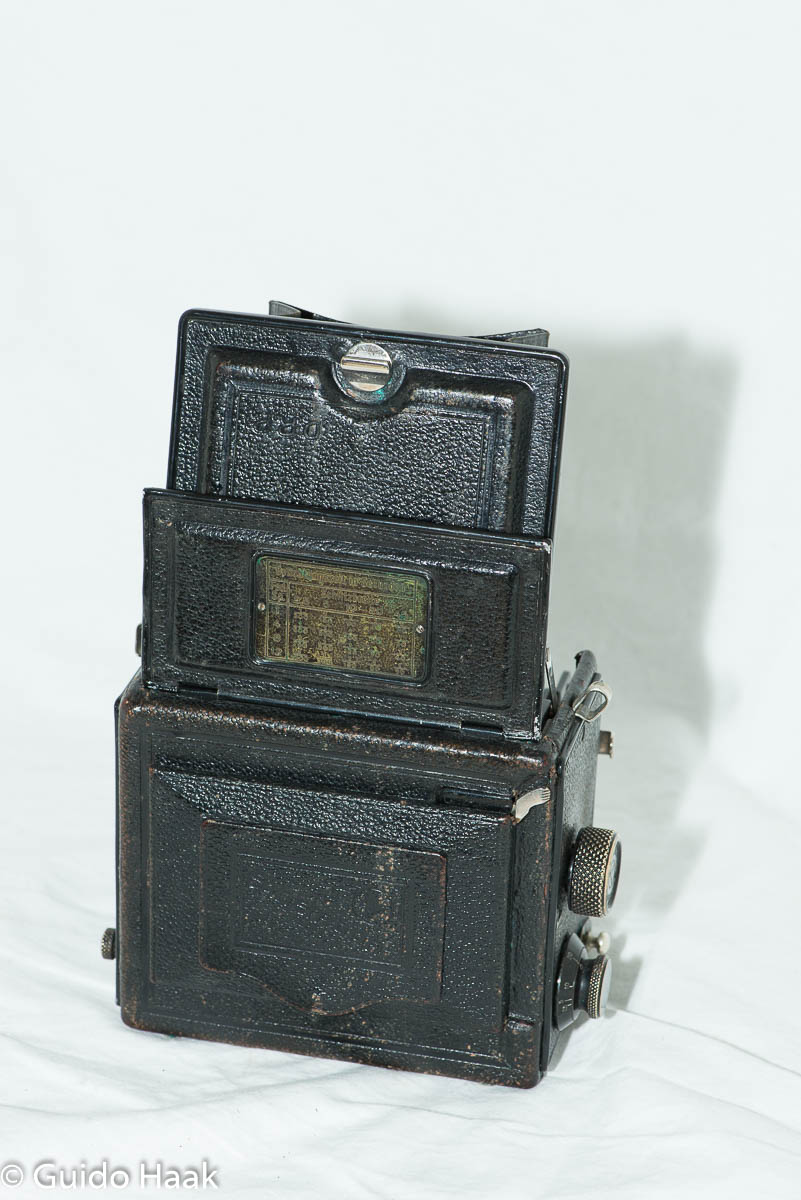
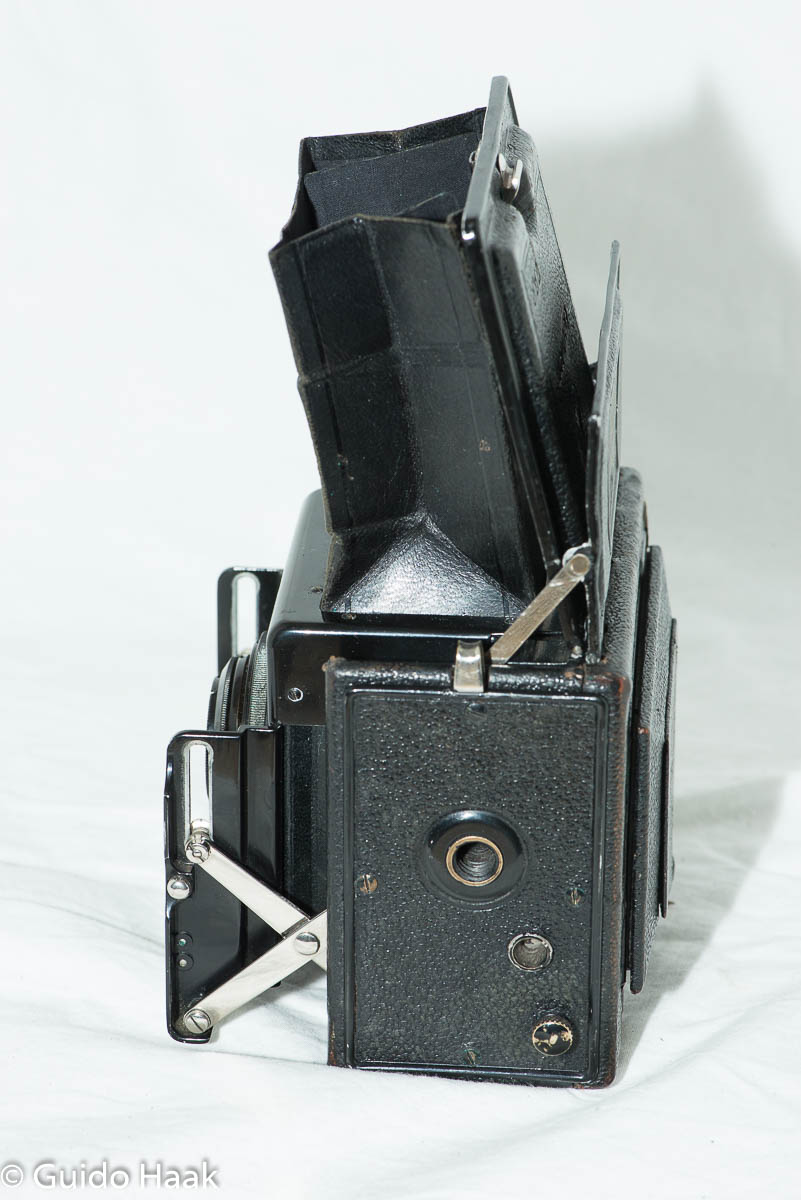
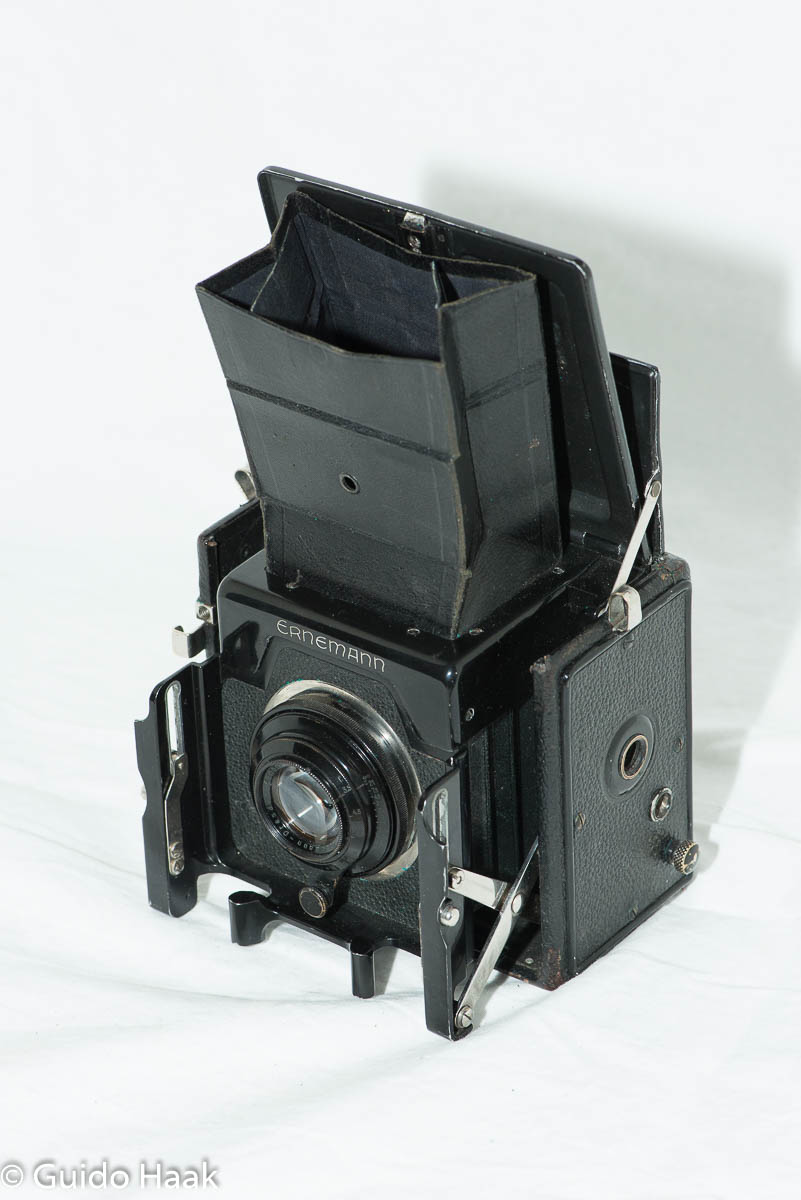
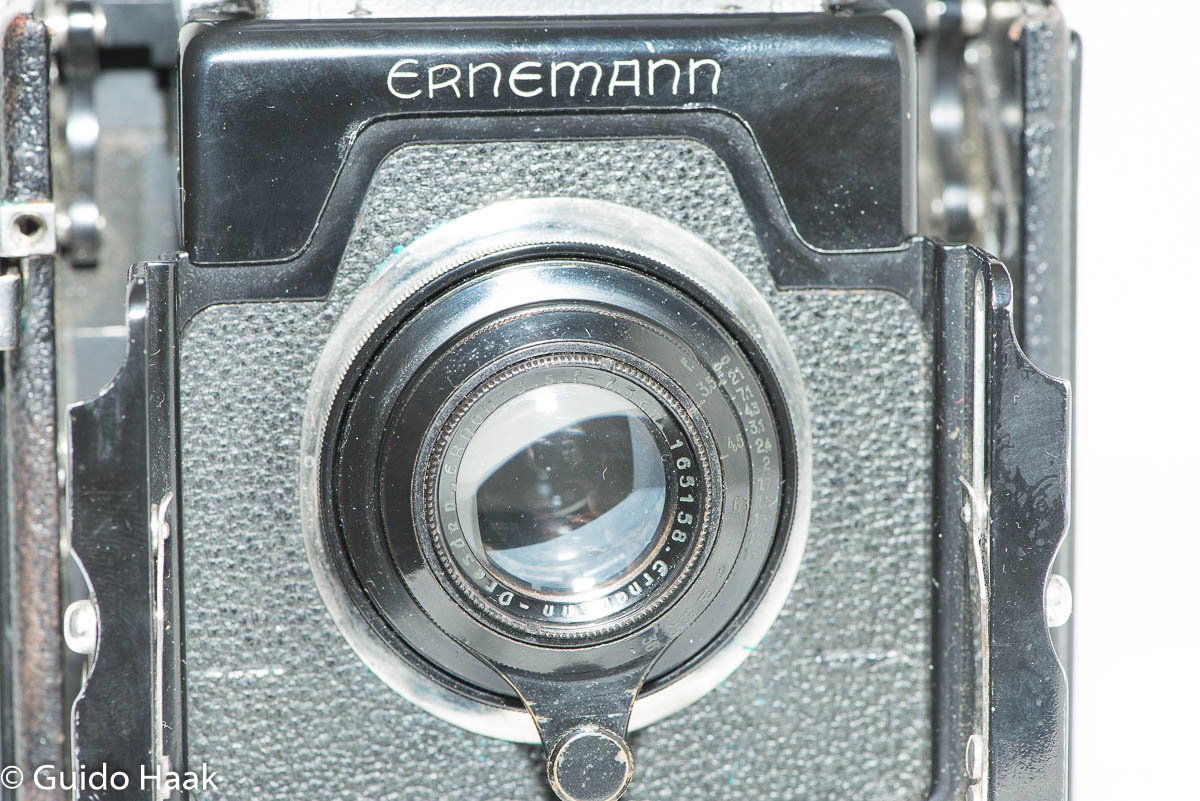
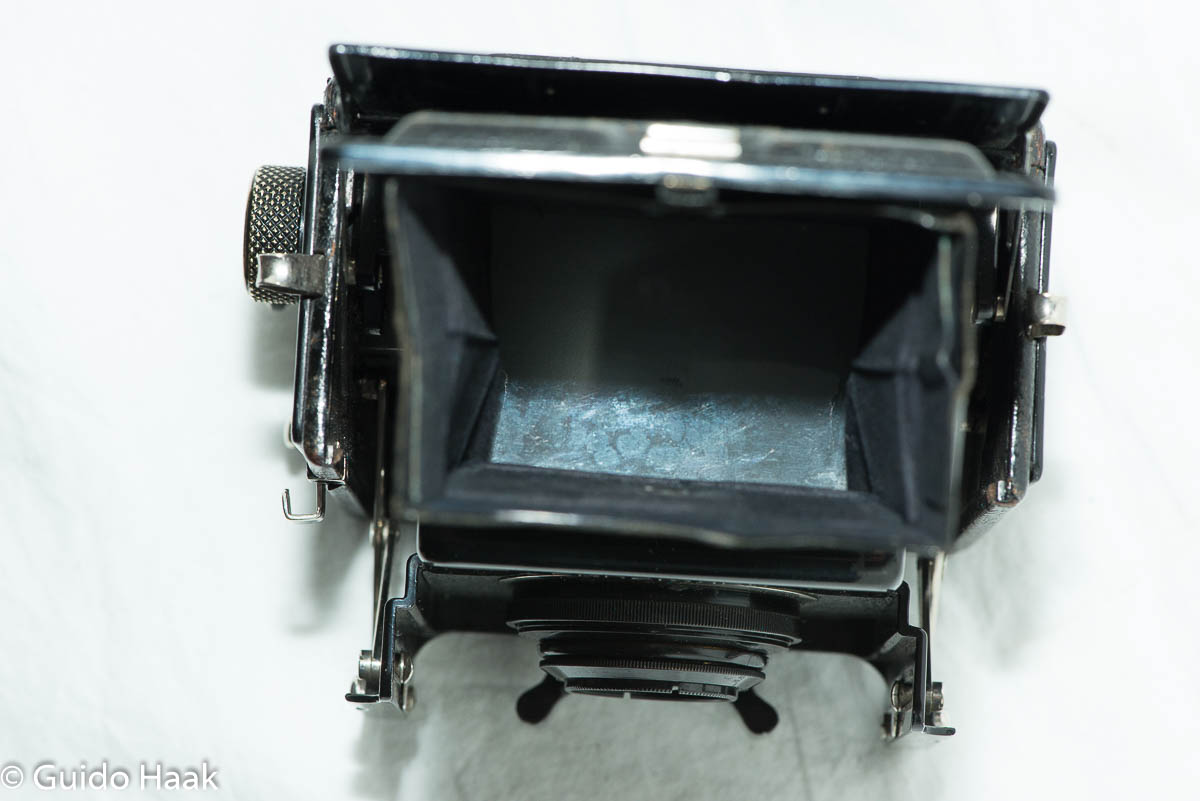
Zeiss Ikon Contaflex TLR, 1934
At the height of its success, Zeiss Ikon, the largest European camera company, decided to put all their technological wisdom into a star product: The first 35mm TLR (twin lens reflex) camera. It was also the first camera to contain an integrated (selenium) light meter. Since the 35mm format is very small, the picture in the viewfinder had to be enlarged. While to technicians this all seemed very fascinating, it made the camera very heavy to use. It never became a sales success and eventually, the camera was taken off the market.
Today it is rare to find an example in such good condition and with a working light meter.
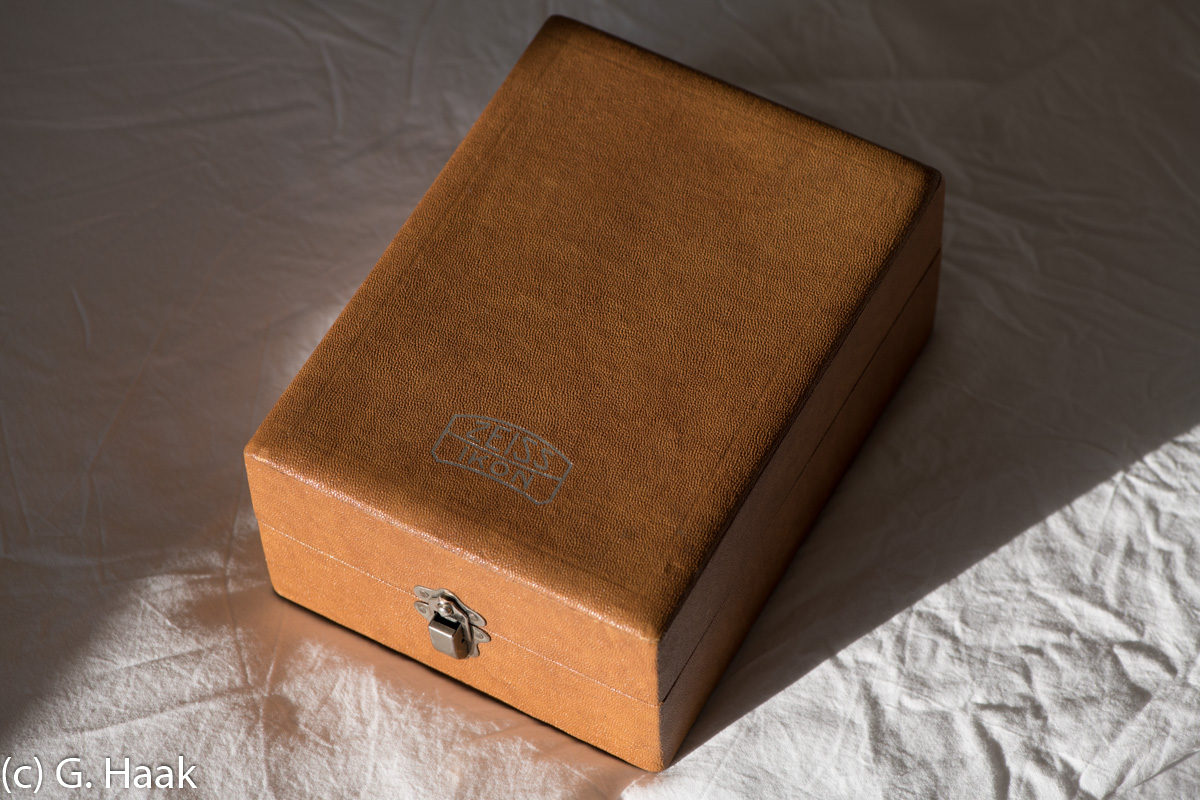
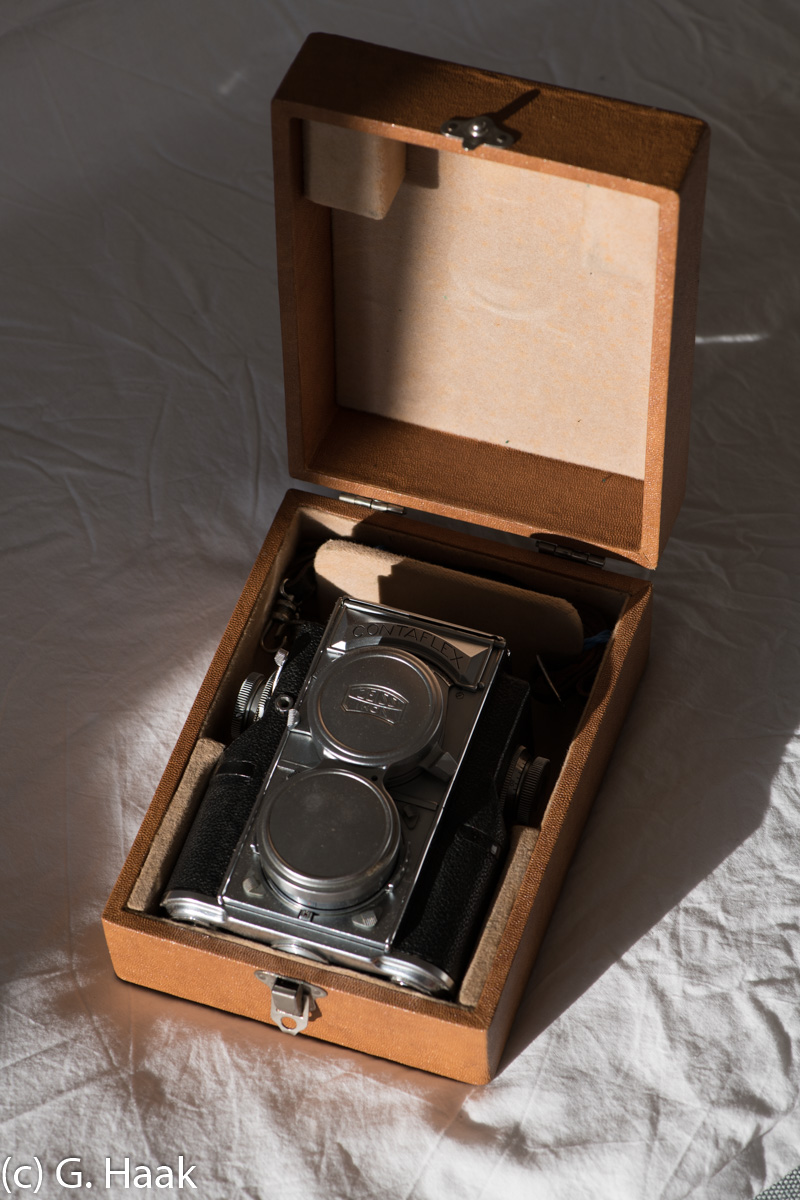
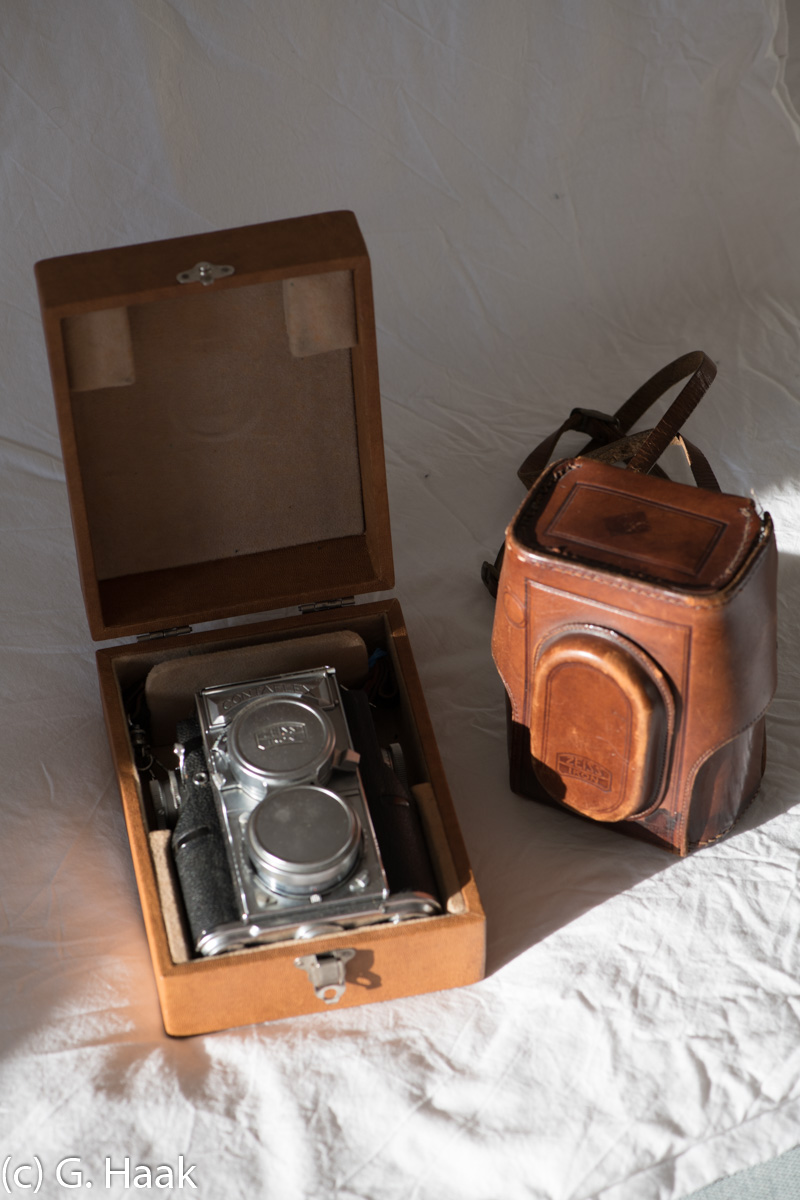
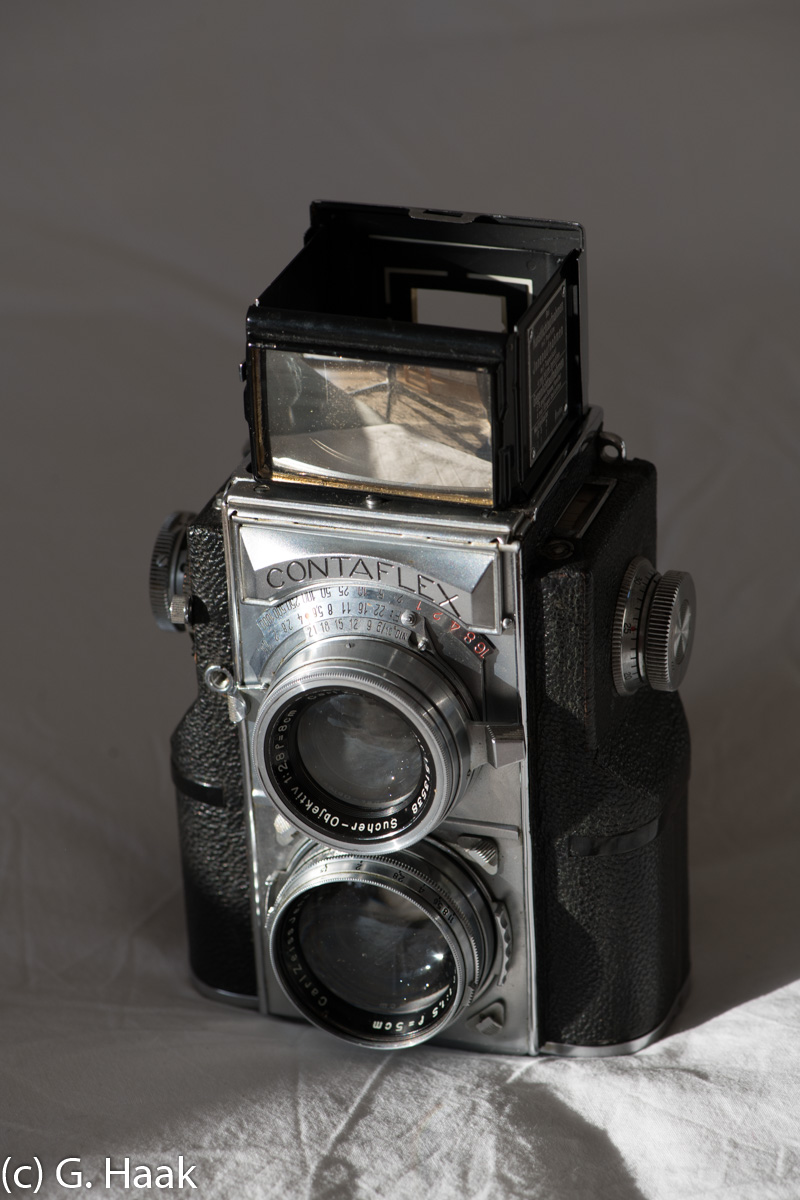
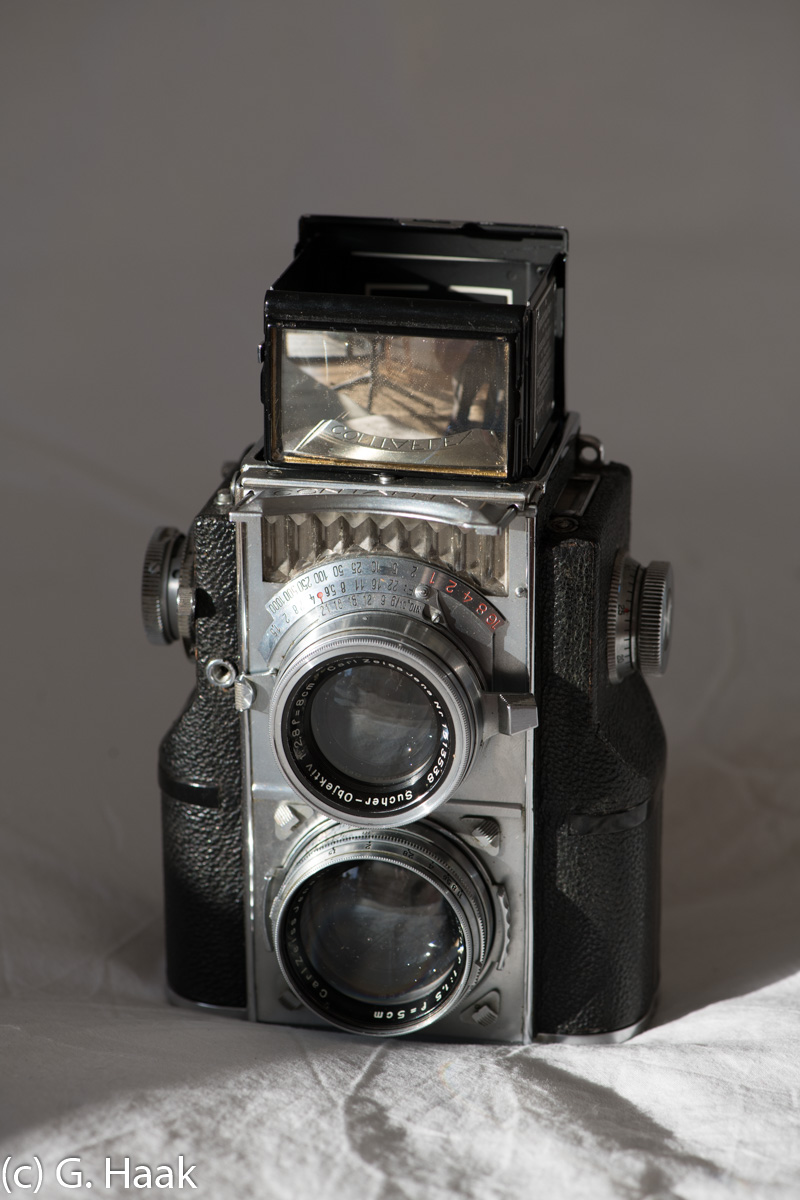
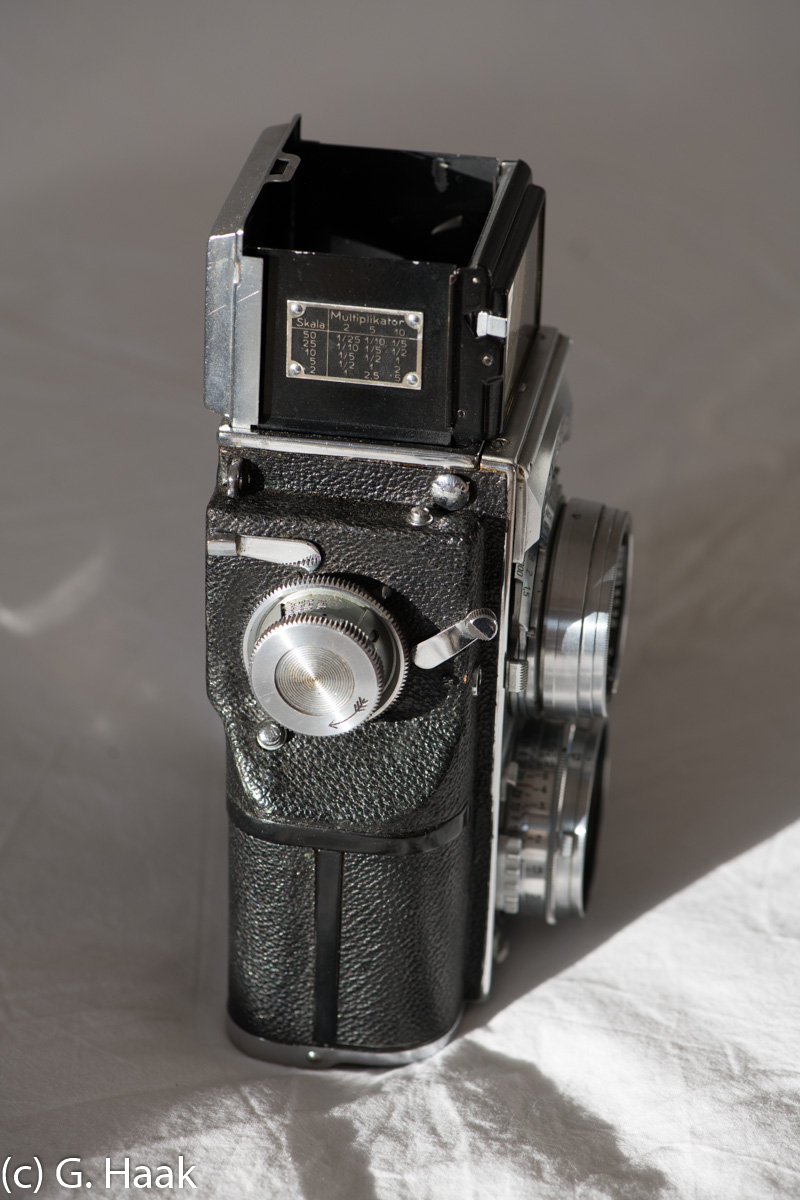
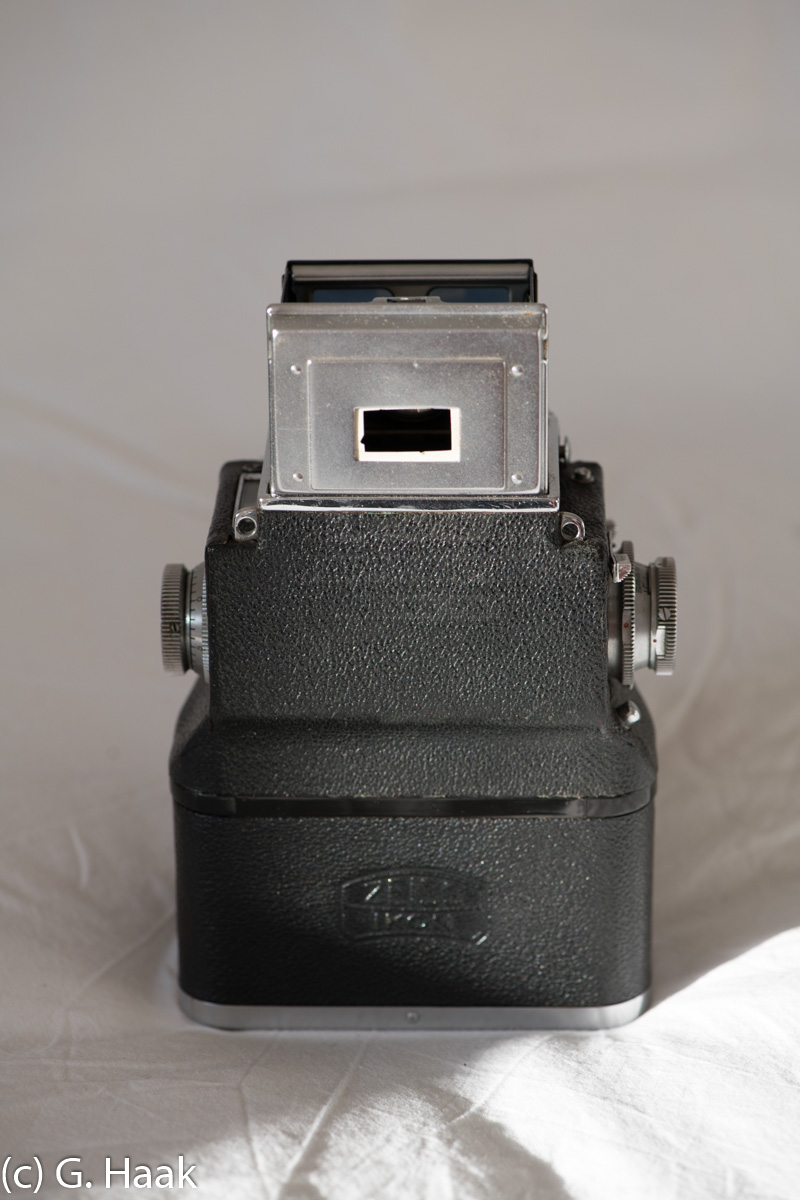
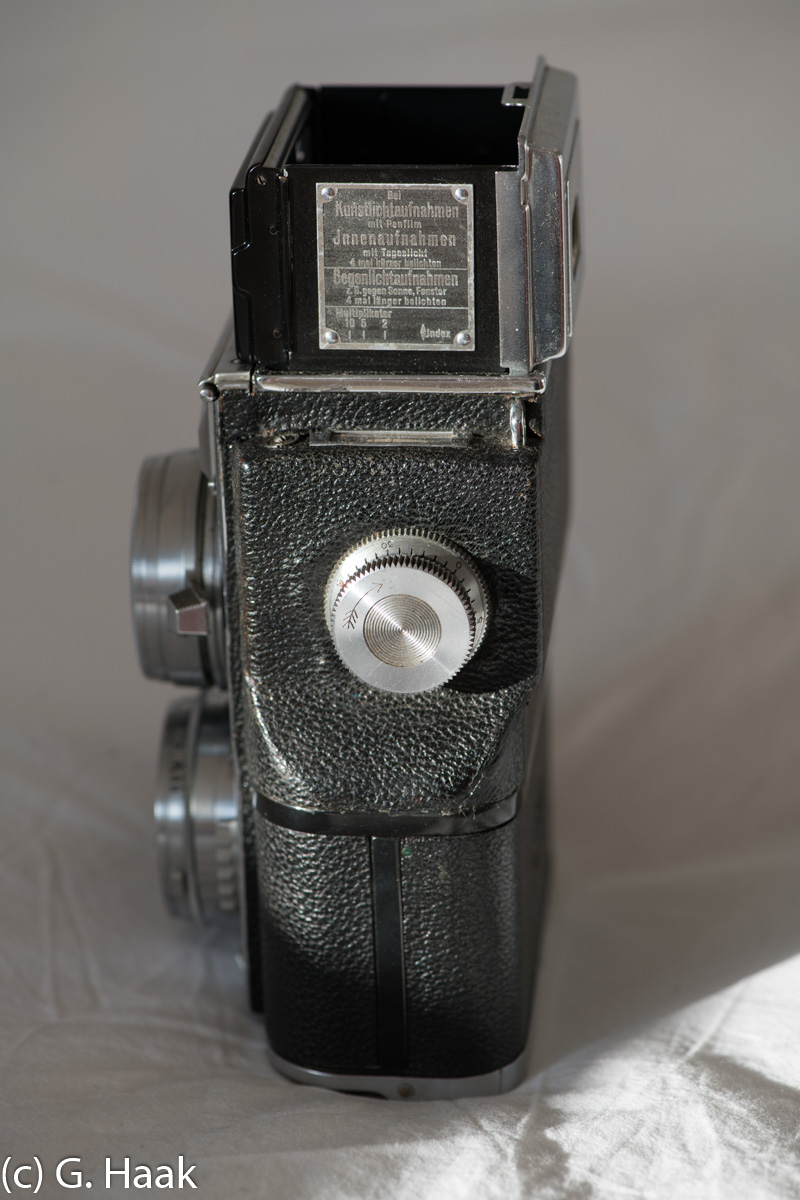
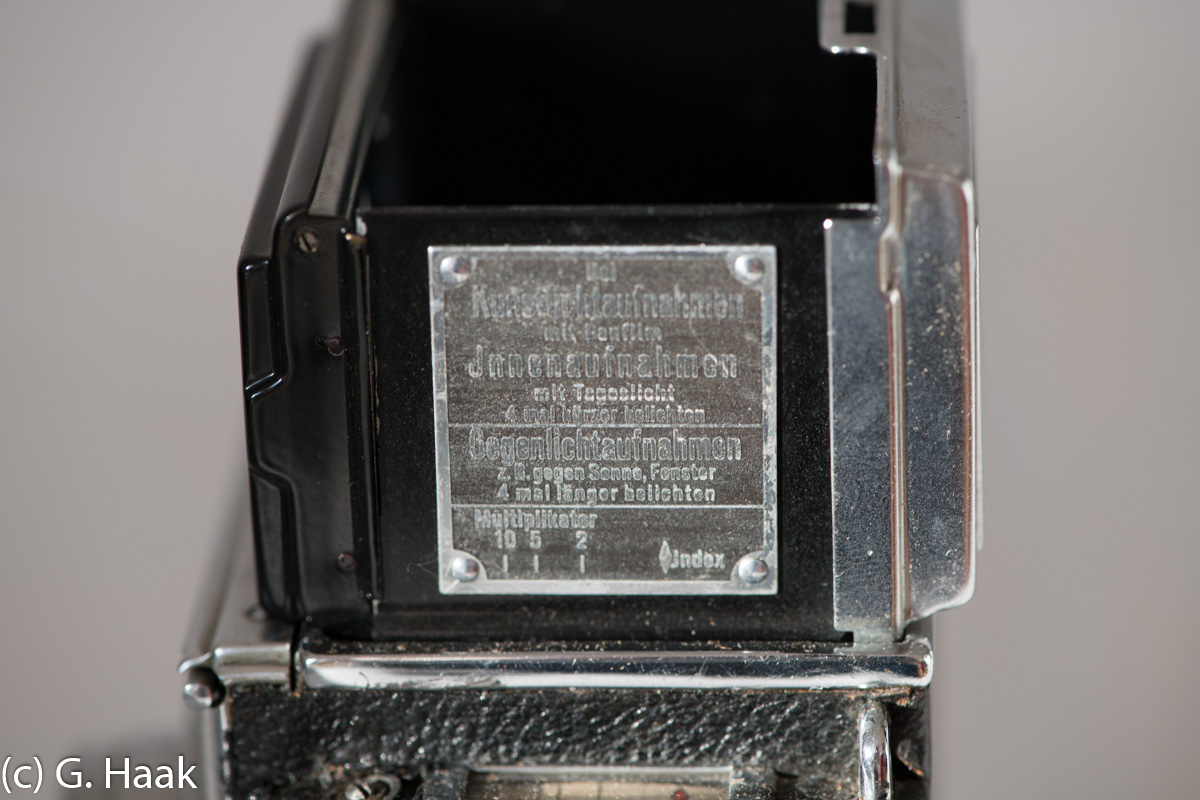
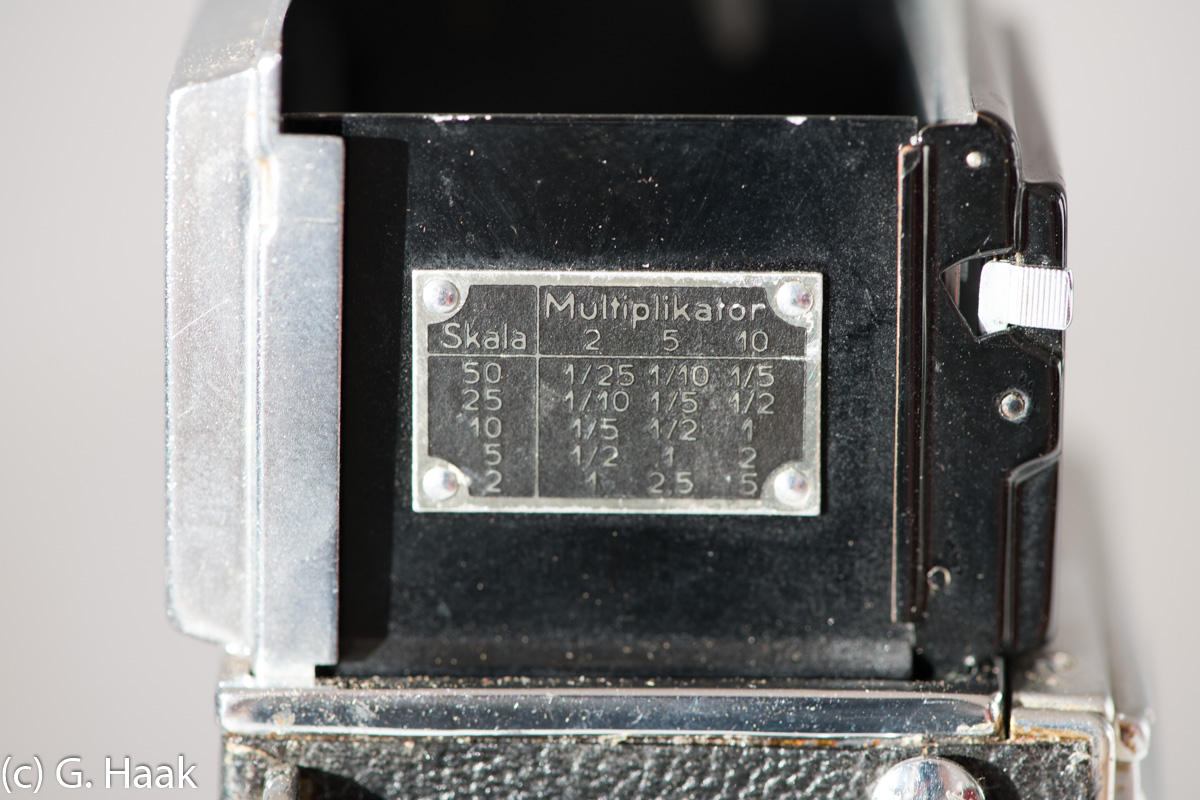
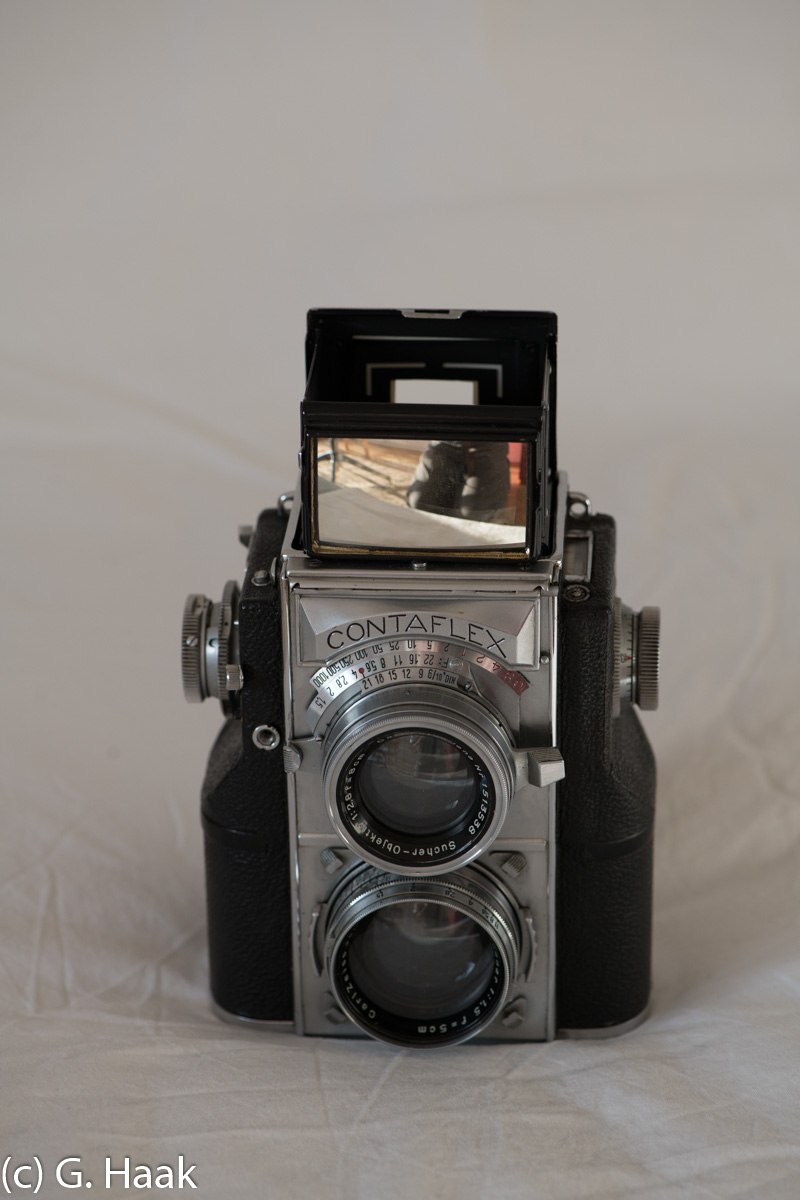
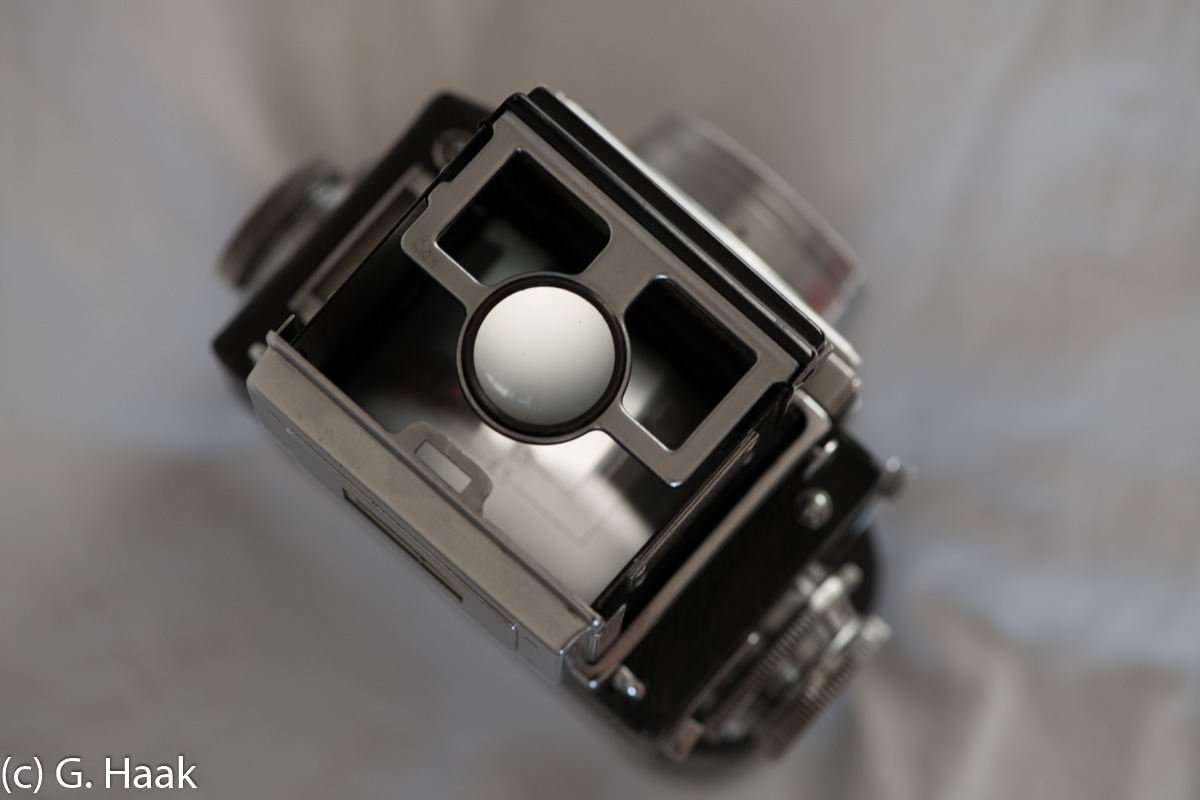
Rodenstock Clarovid II, 1934
Rodenstock, now known in Germany only as a manufacturer of glasses, was a prestigious manufacturer of precision optics. For a short while before WWII they also produced cameras lie this range finder model which was just as good as other models from, e.g., Zeiss.
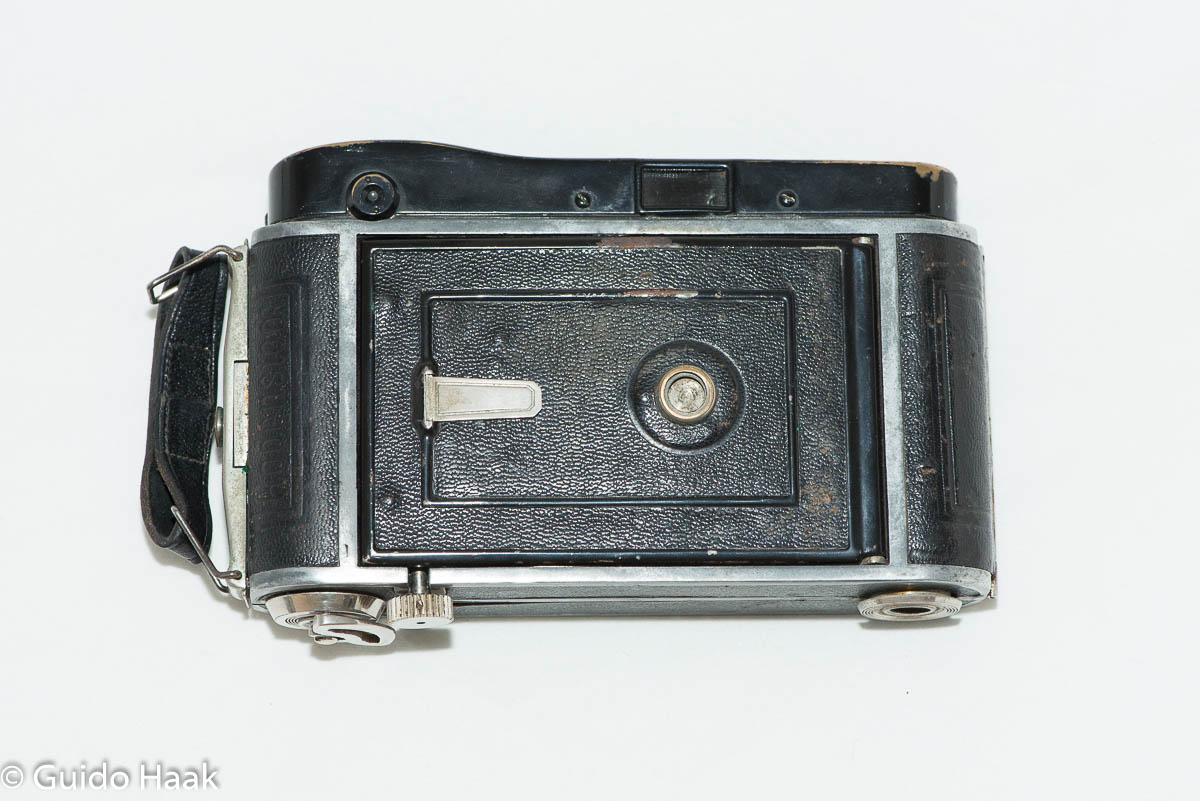
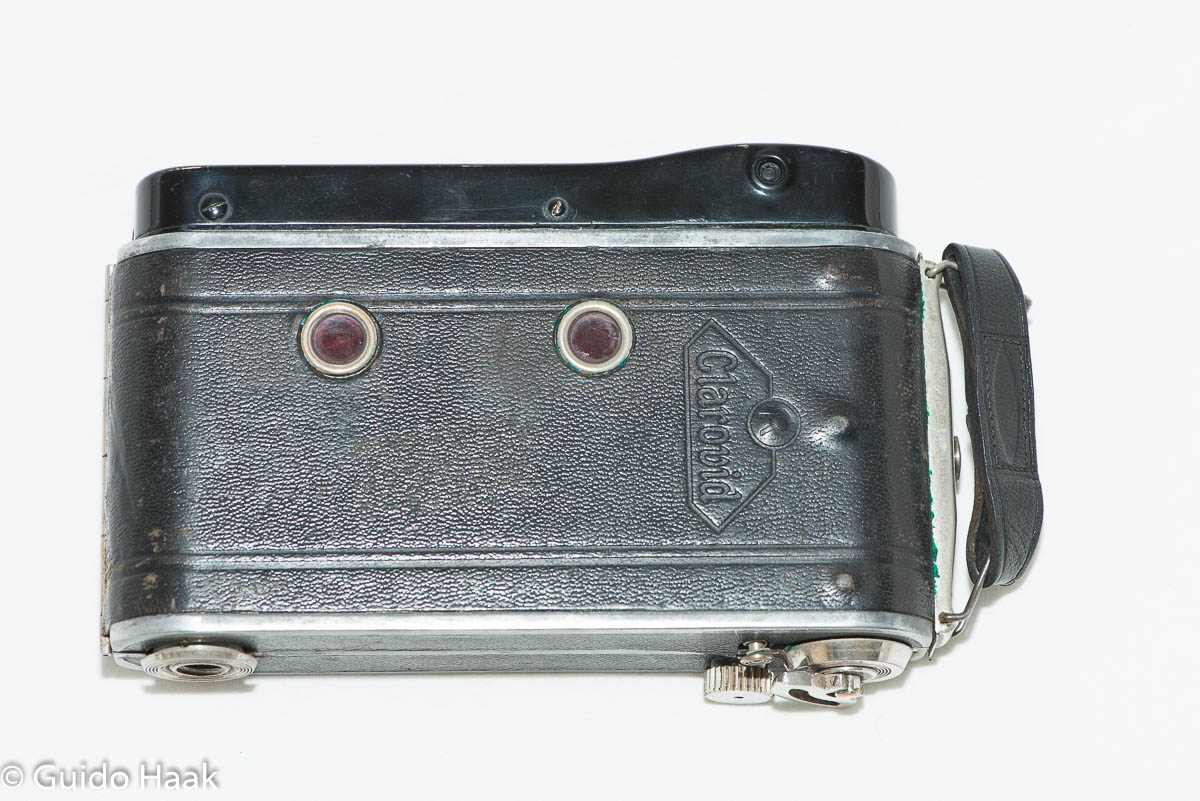
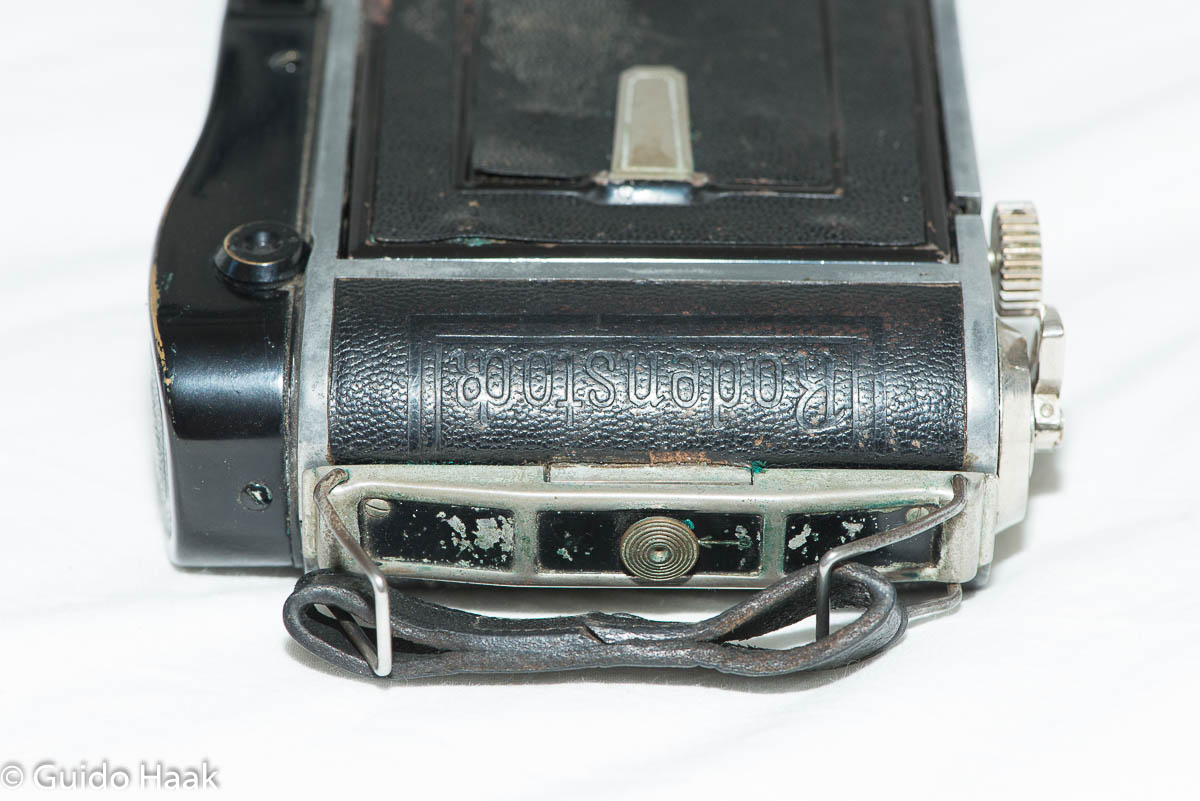
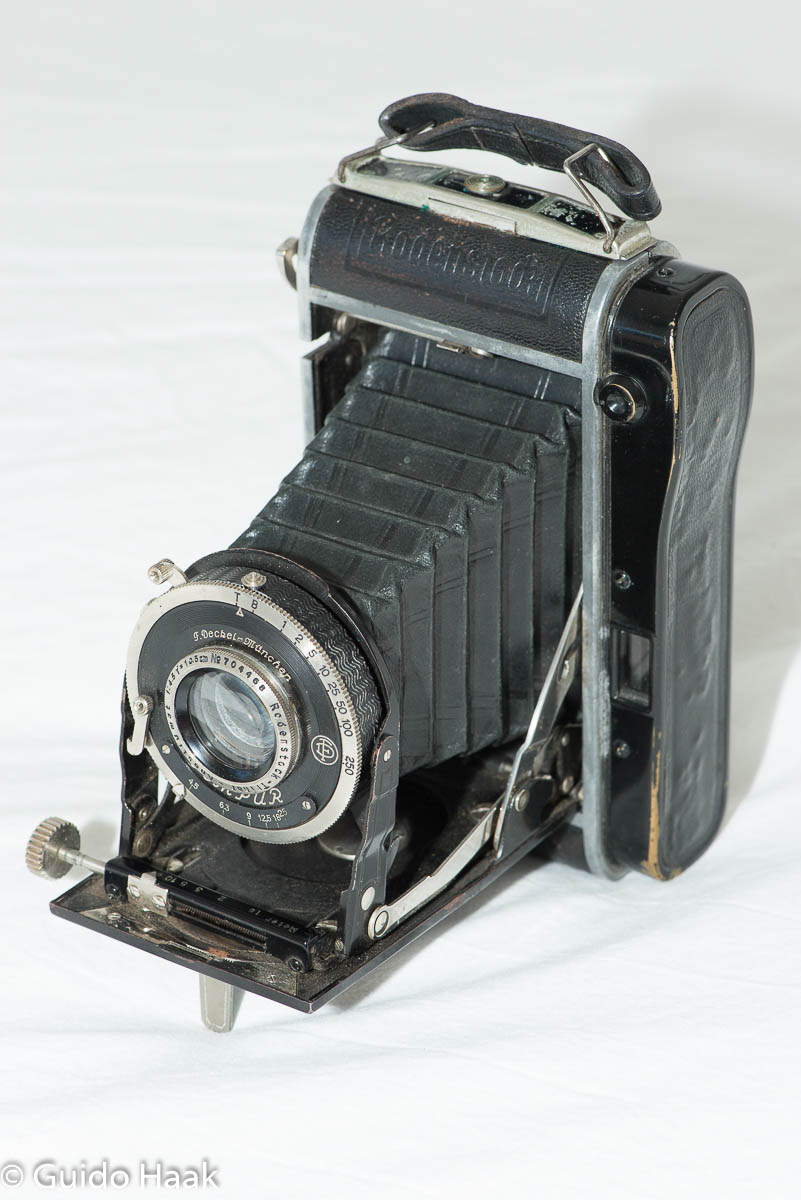
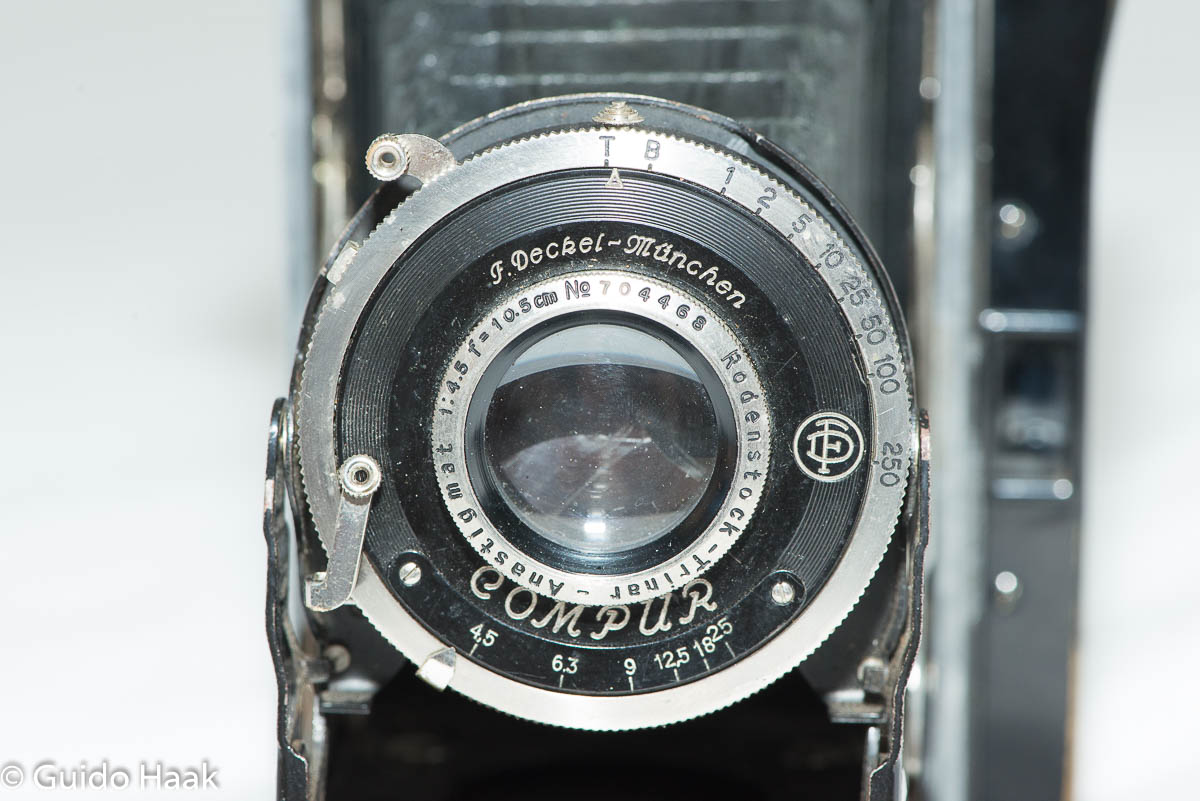
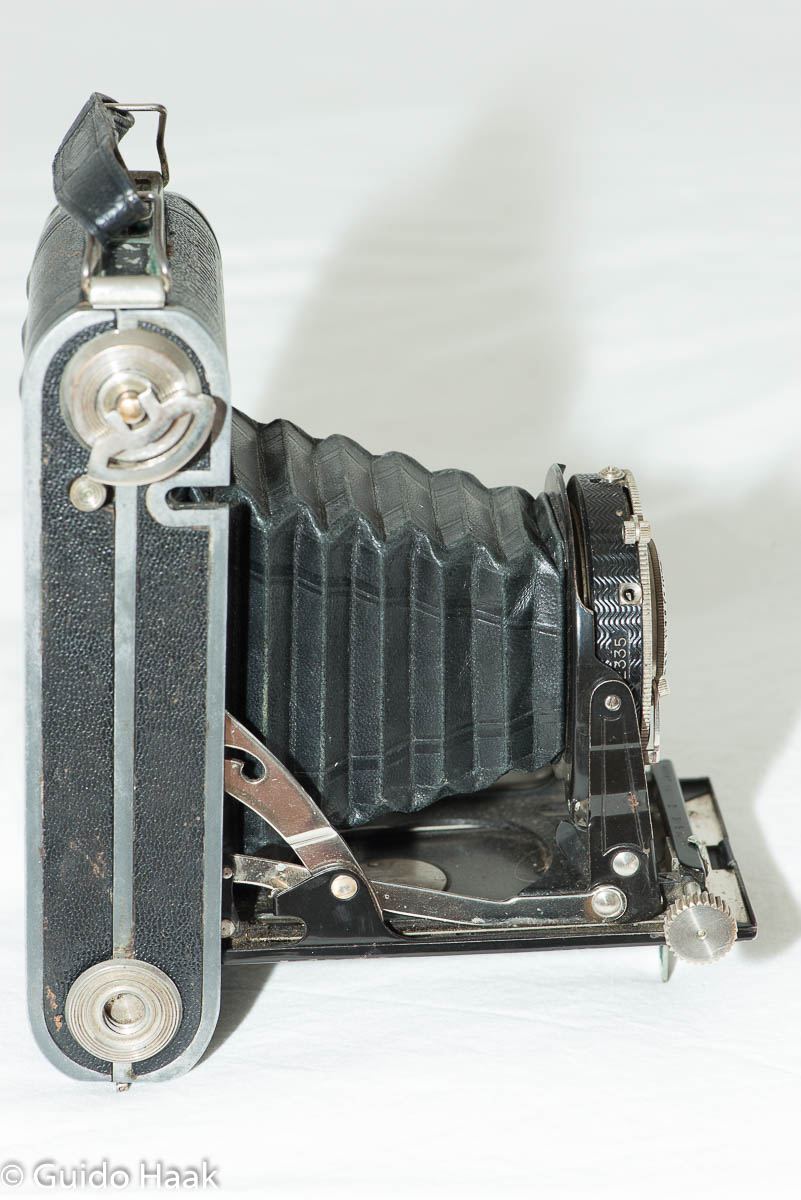
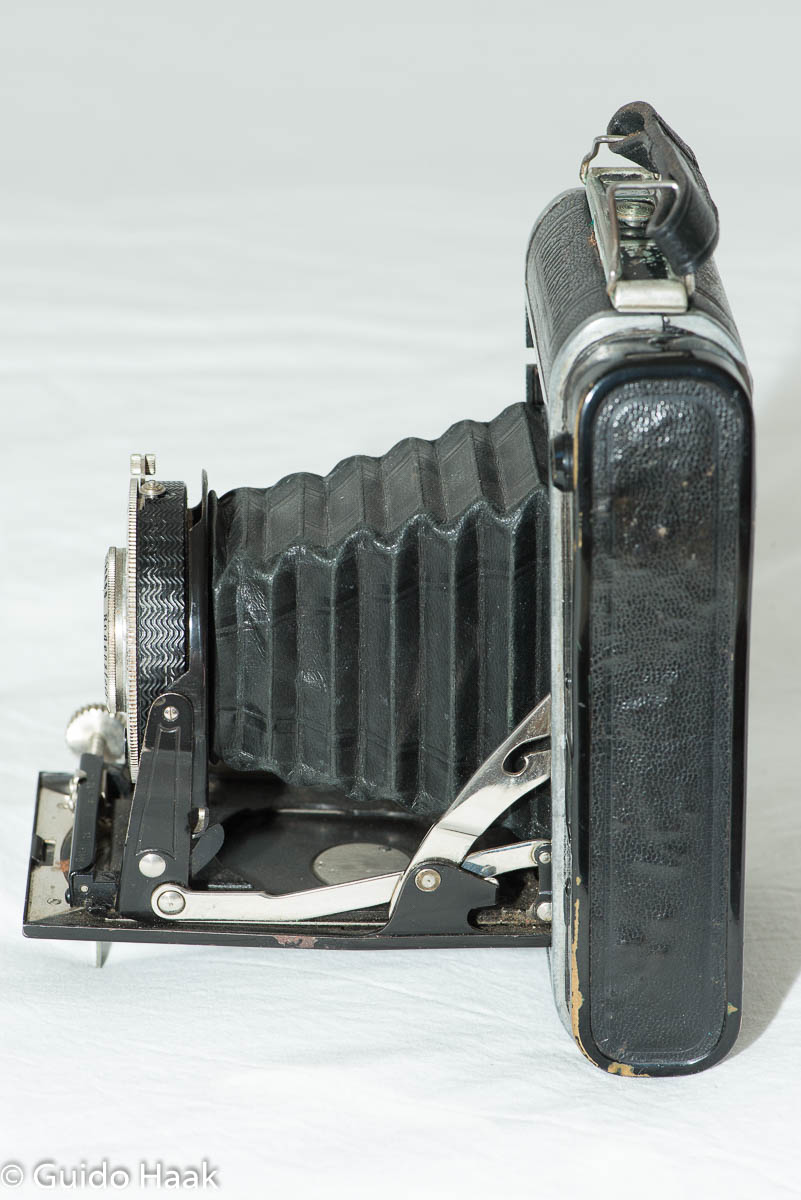
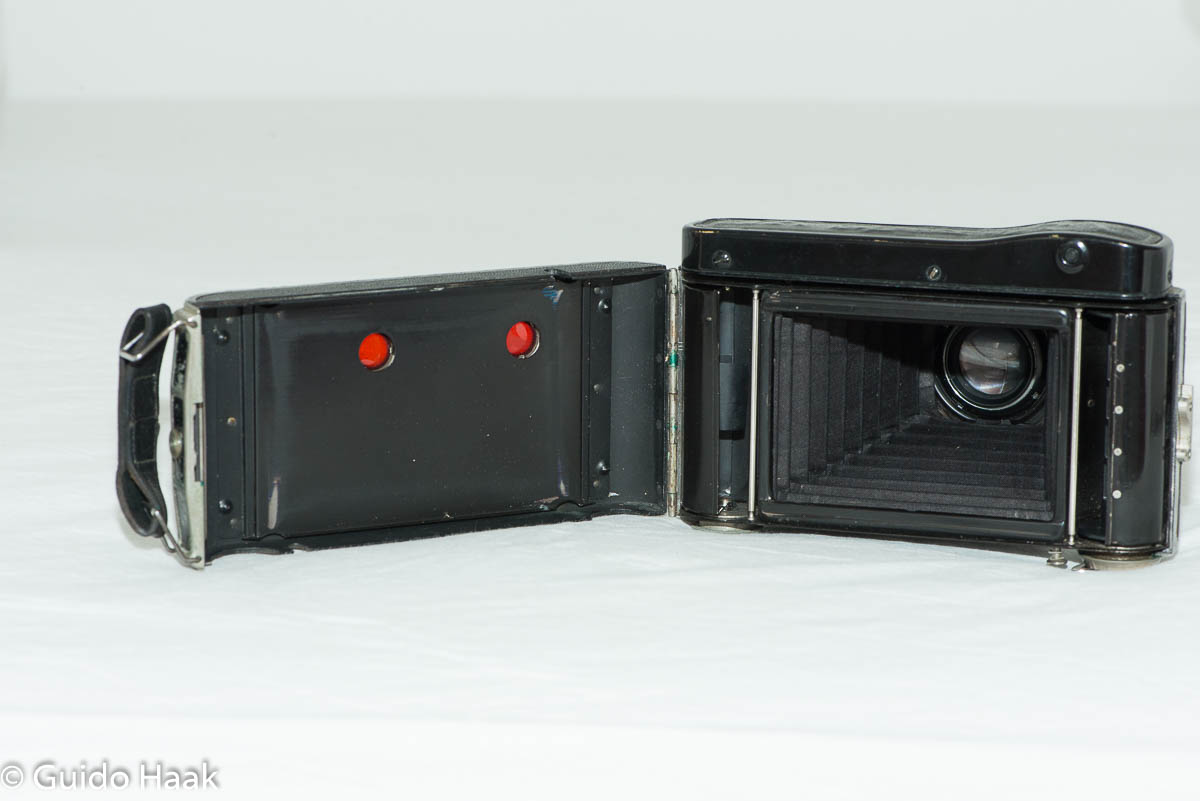
Le Coultre Compass, 1938
One of the smallest 35mm cameras ever made and certainly the most mechanically sophisticated.
It just measures 7cm (2 3/4in) in height and 5,7cm (2 1/4in) in width.
Developed by a British politician and manufactured by a famous Swiss watchmaker it sports an impressive feature list:
35mm f3,5 Kern Switar lens
Rangefinder
Switchable straight and angle viewfinder
Extinction light meter
3 built-in filters
Special mount for stereoscopic and panoramic pictures
ground glass focusing with built-in magnifier
Optional roll film back for 828 film
Speeds up to 1/500 of a second
A minute tripod which folds to pen size and shape
A daylight developing tank as accessory
After 4.000-5.000 cameras manufacturing stopped and the company ceased operation
